Malaysia, Truly Asia
As bold as Malaysia’s tourism campaign slogan—Truly Asia—may seem on the surface, we found truth in the nation’s tagline during our three-week journey through the Peninsular Malaysia and East Malaysia on Borneo. Situated nearly halfway between India and China by sea, Malaysia is, in fact, a melting pot of cultures, cuisines and religions, and we observed the significant influence of ethnic Malay, Indian, Chinese, and colonial British as we traveled from Langkawi on the Peninsular’s west coast to Kuching on Borneo’s northwest shore. This amalgamation of backgrounds has created a mash-up of world-favorite cuisines, whether the timeless family recipes of immigrants or influences from those just passing through. Our experience here—from the lush, animated jungles of Borneo to the clear, turquoise waters of the Perhentian Islands, from the modern yet exotic capital of Kuala Lumpur to the food stalls and night markets of George Town in Penang—beautifully showcased the unique diversity and distinct aspects of the greater Asian continent.
We arrived to Malaysia in late April as island hoppers, disembarking on Langkawi from the idyllic southern Thai islands. This was quite a shock as Langkawi is big with many resorts, from the low to the high-end, and boasts long, wide and busy beaches, such as Sunset Beach, which offers just about any type of water sport you can imagine. There are large duty-free shopping malls and chain restaurants galore, and in some ways, we smiled to ourselves as we were reminded of the touristic parts of Florida. However, we discovered the real allure of Langkawi by jumping off the beaches and into a rental car to explore the island’s mighty waterfalls and leafy jungle forests.
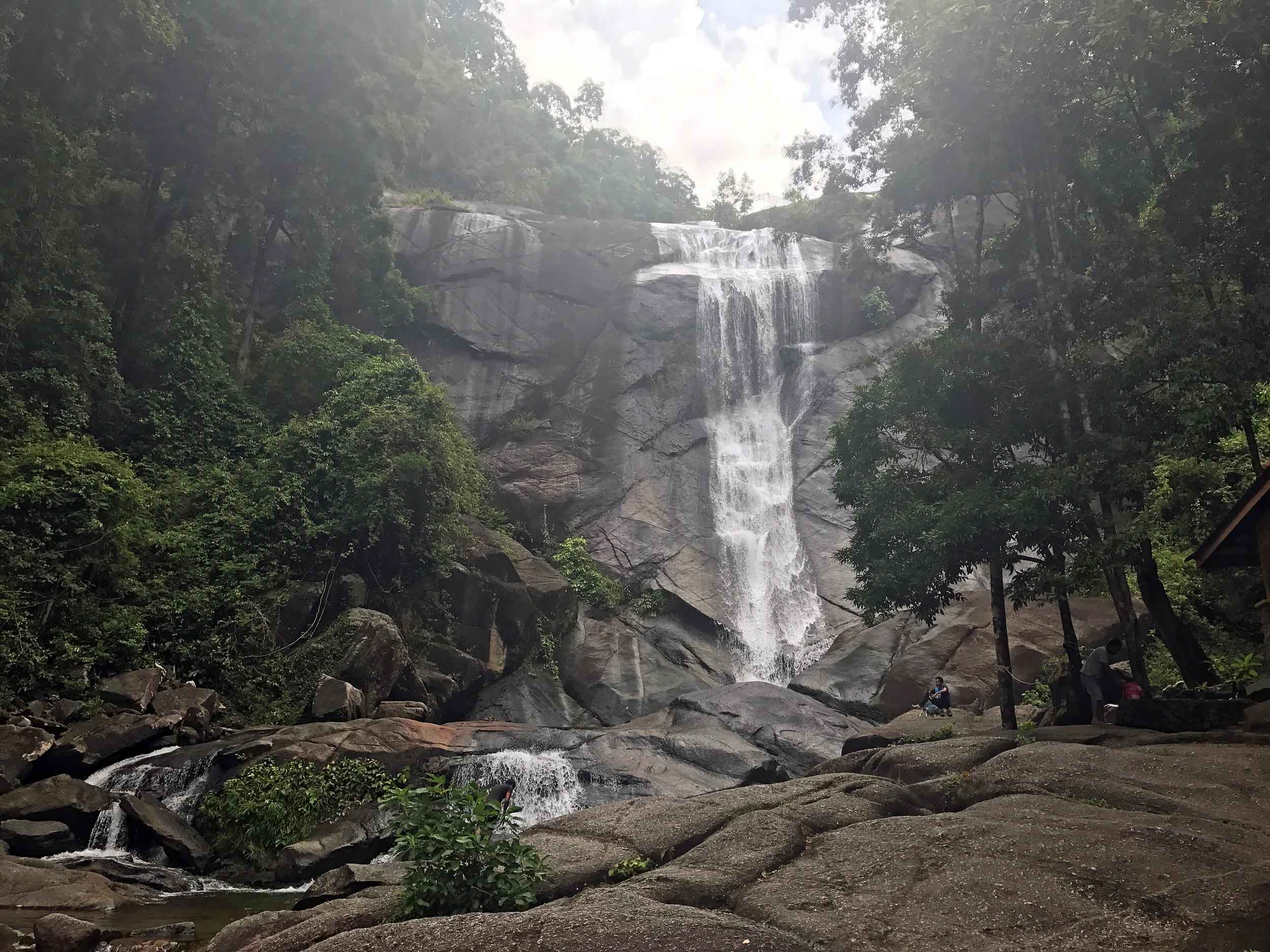
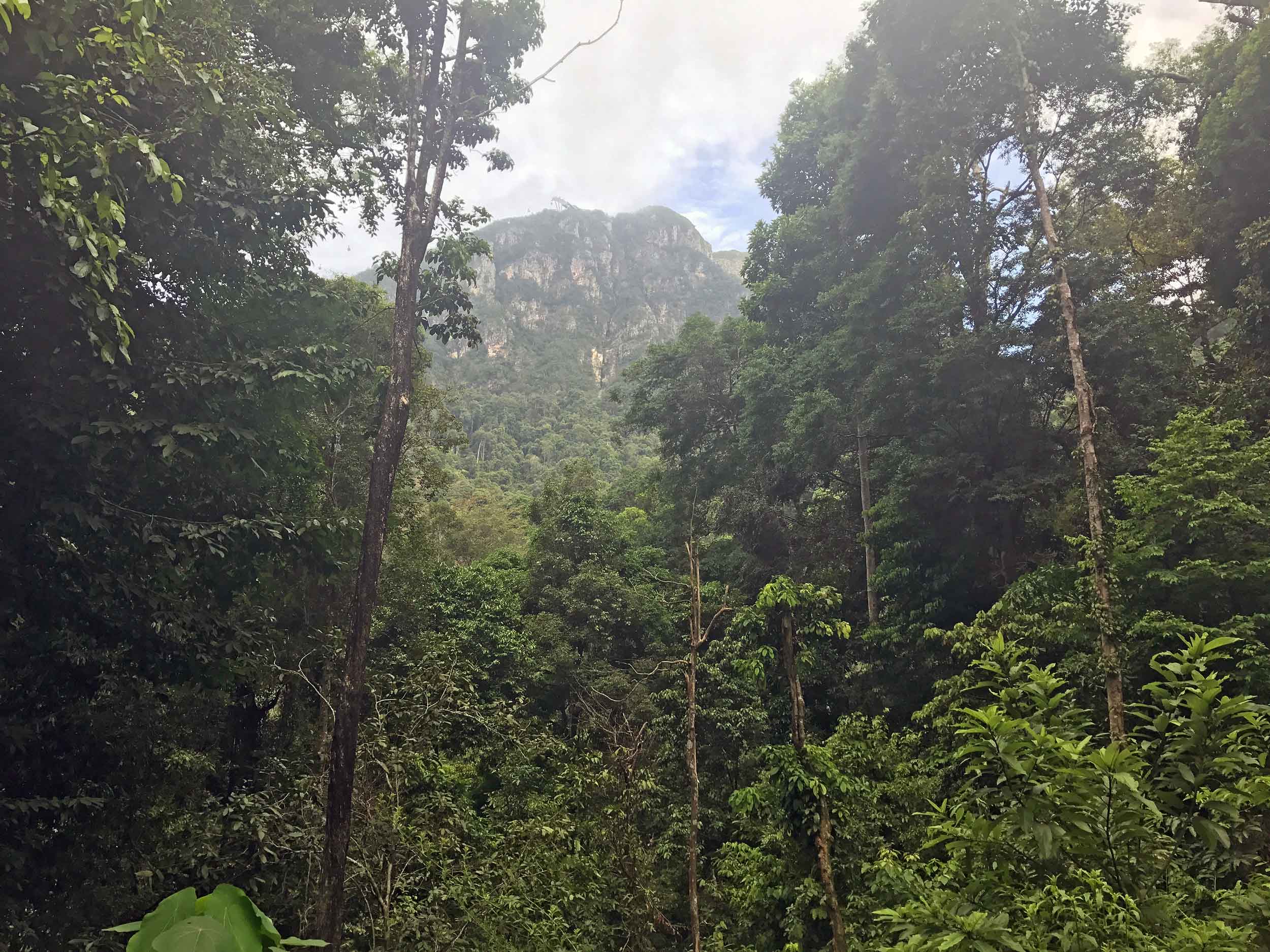
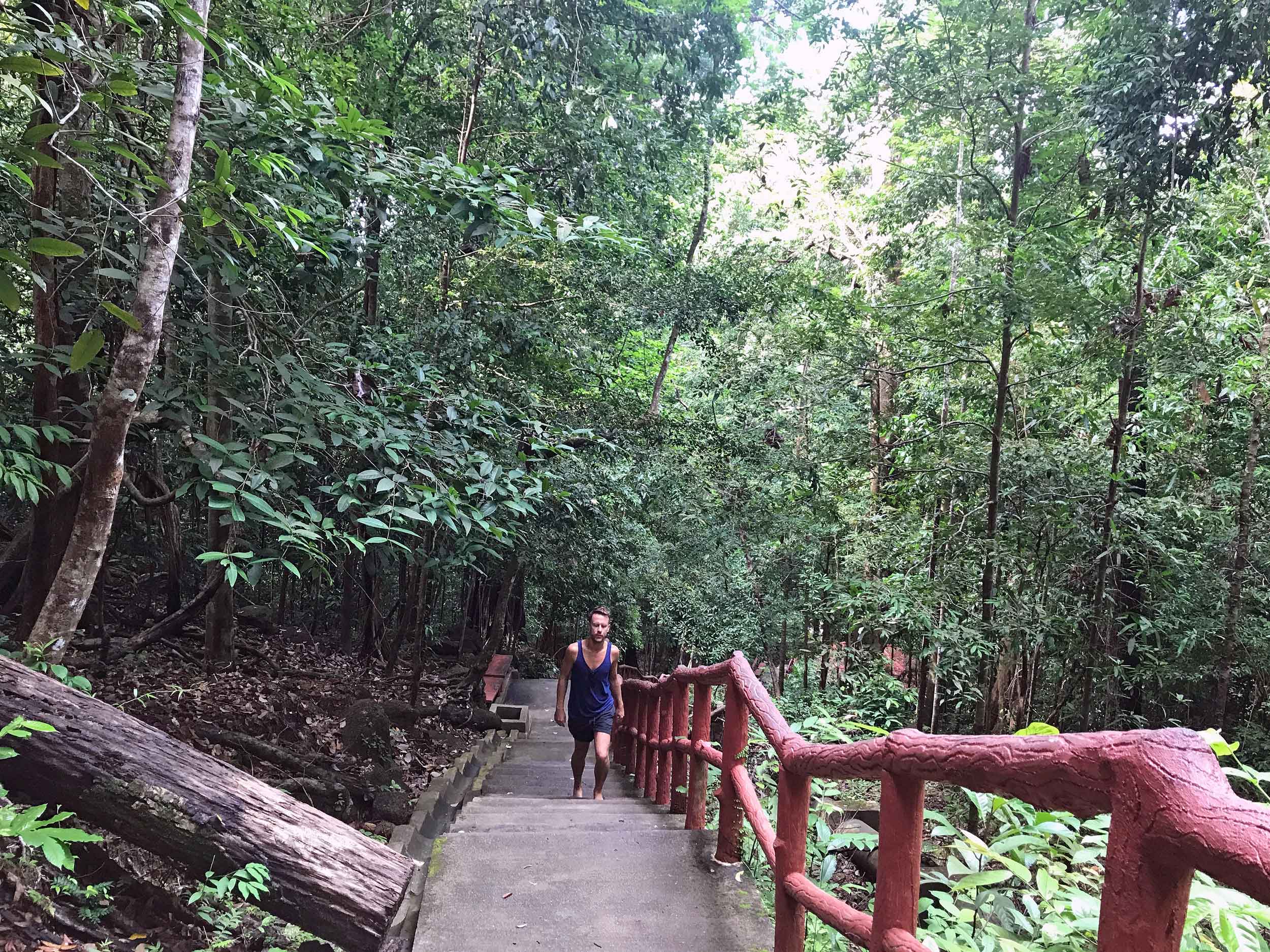
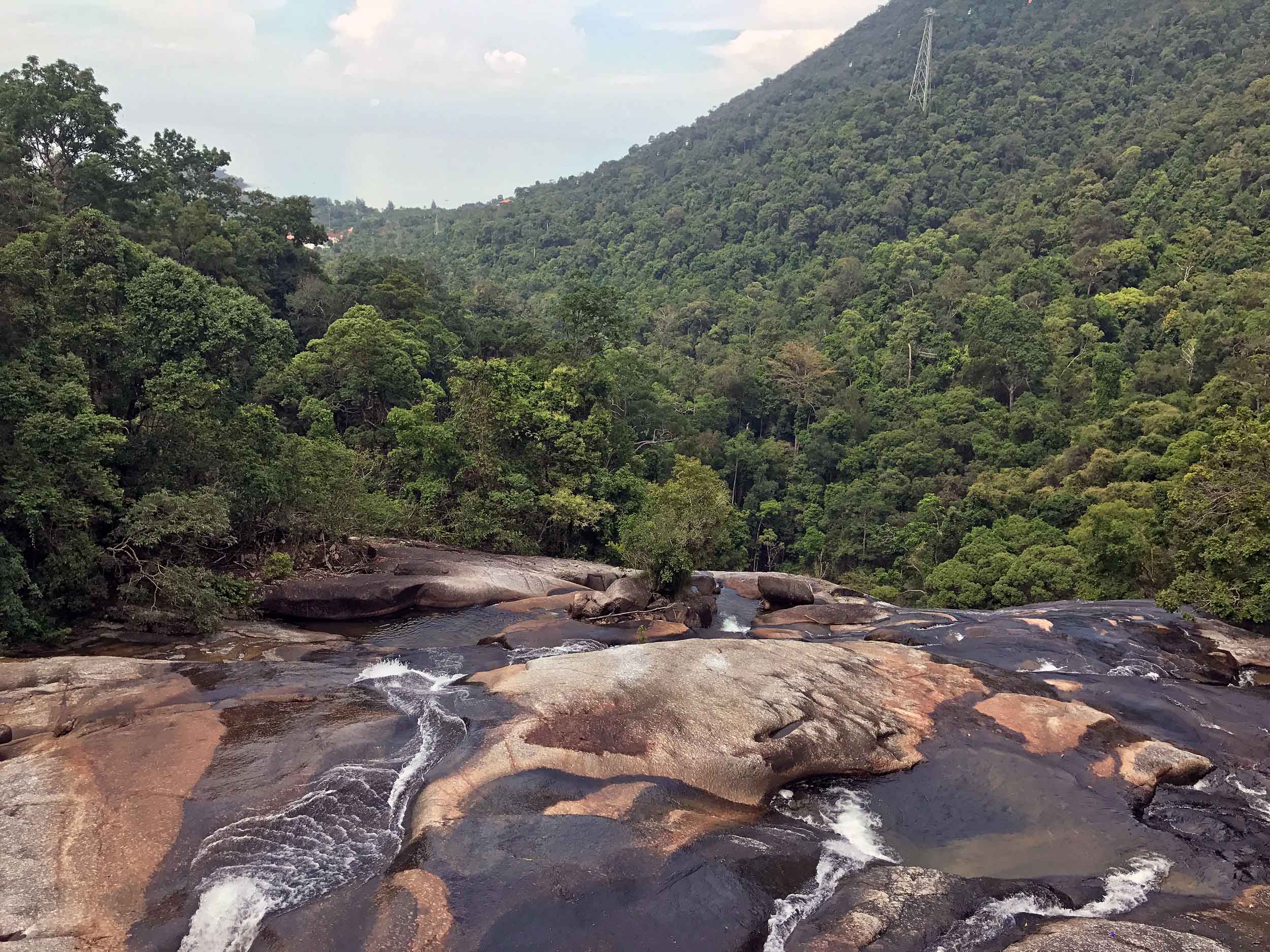
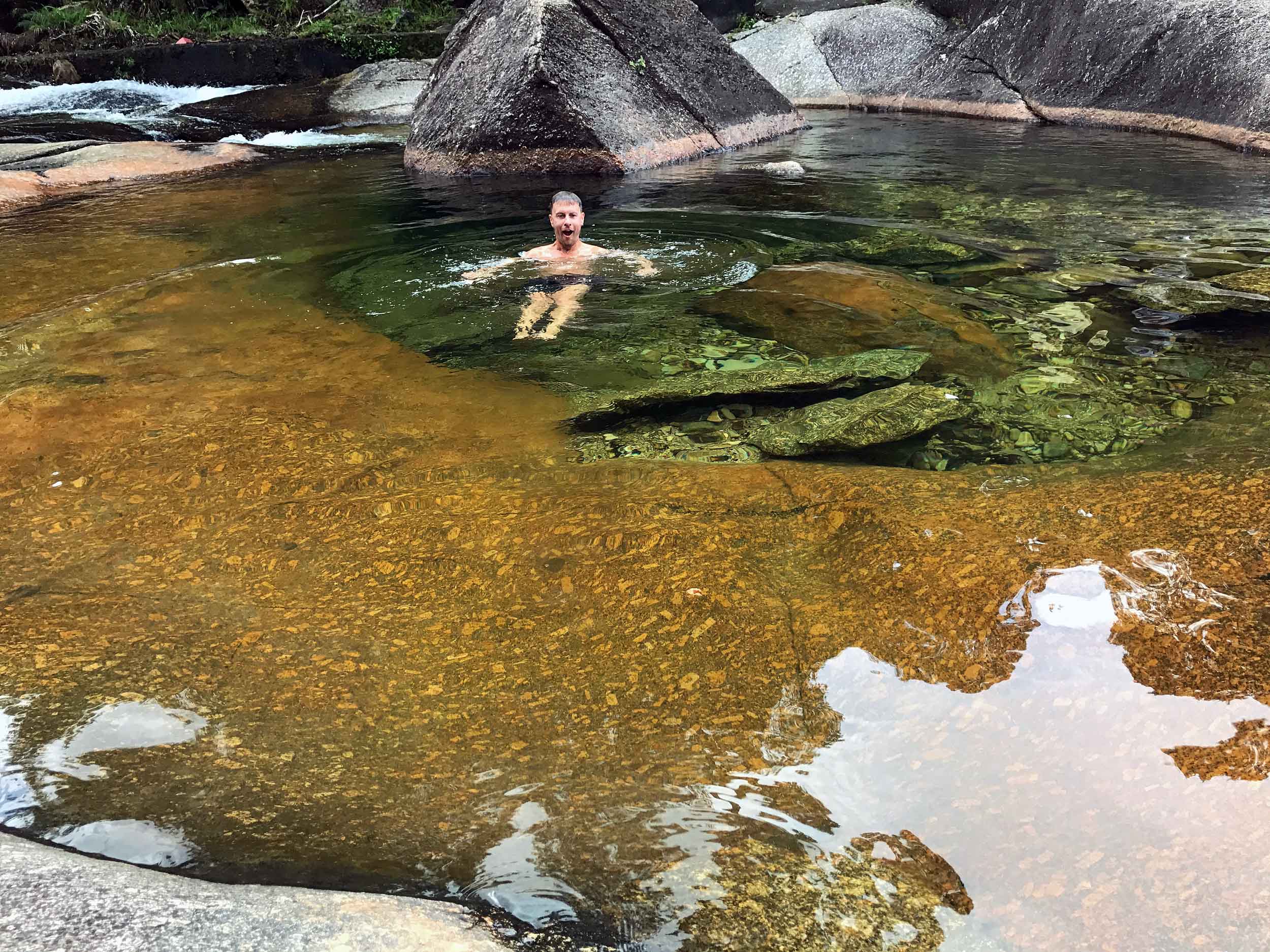
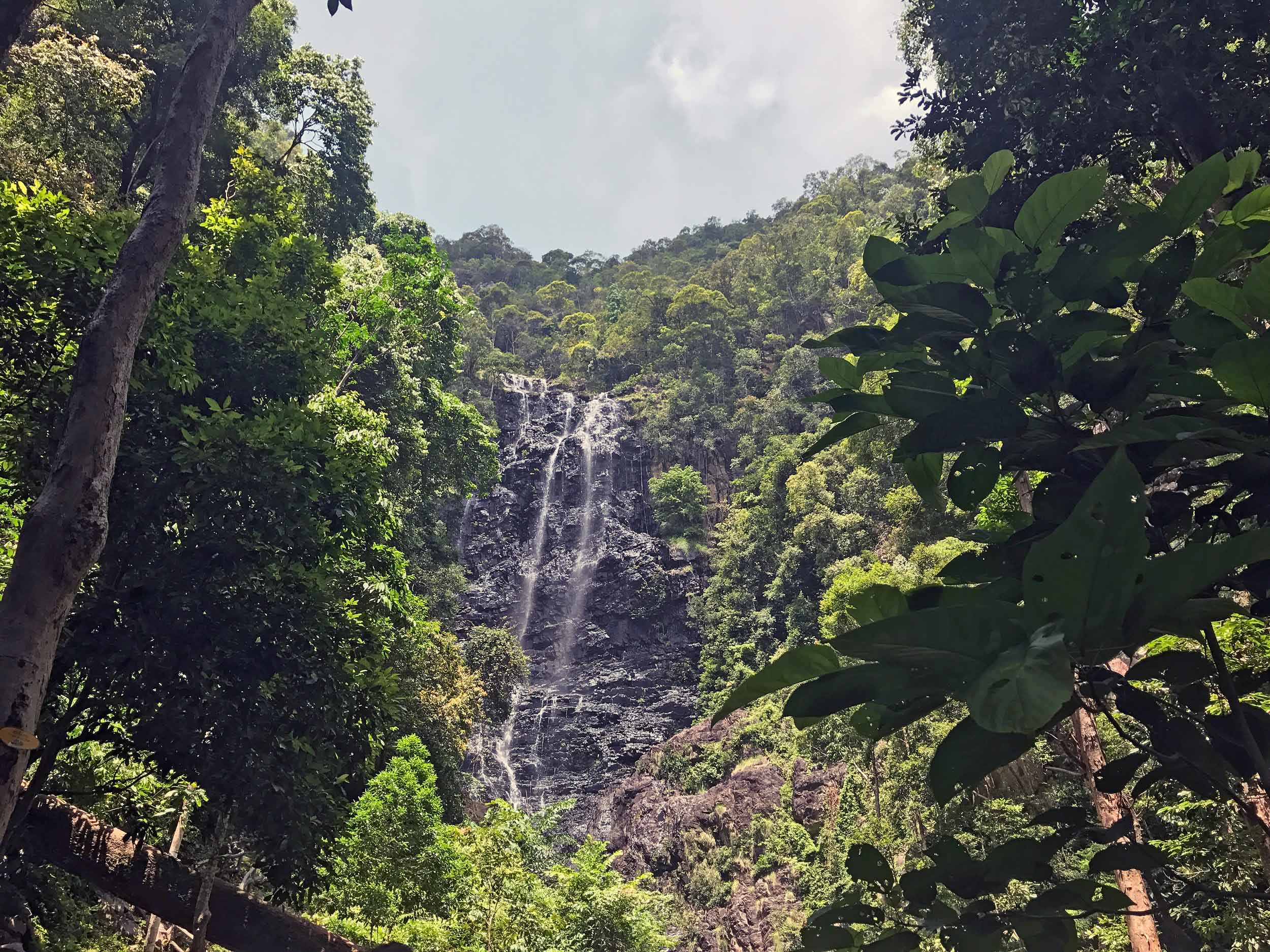
After a couple days exploring, it was a short hop to Penang where we stayed in charming George Town with its winding streets and food—glorious food!—on each corner and in every alley. We became enamored with Malaysian fare, eating our way around the city’s historic district. We tried to balance all this gluttony by practicing yoga at lovely Wholey Wonder, part of the super-cool Hin Bus Depot, which has been remade as a hip compound of galleries, cafés, and outdoor sculptures. George Town is obsessed with its street art, originating from the clever designs of Lithuanian artist Ernest Zacharevic and now featuring large-scale murals, wire sculptures humorously depicting the area’s mashup of cultures and faiths, and other mixed-media installations. While taking in the town’s culture, we also strolled down the inspirational and moving “Street of Harmony” where houses of worship from Islamic, Hindu, Buddhist, Chinese and Christian faiths have coexisted in peace for centuries. With café culture and more street food than we could manage to eat, Penang stole our hearts and our bellies.
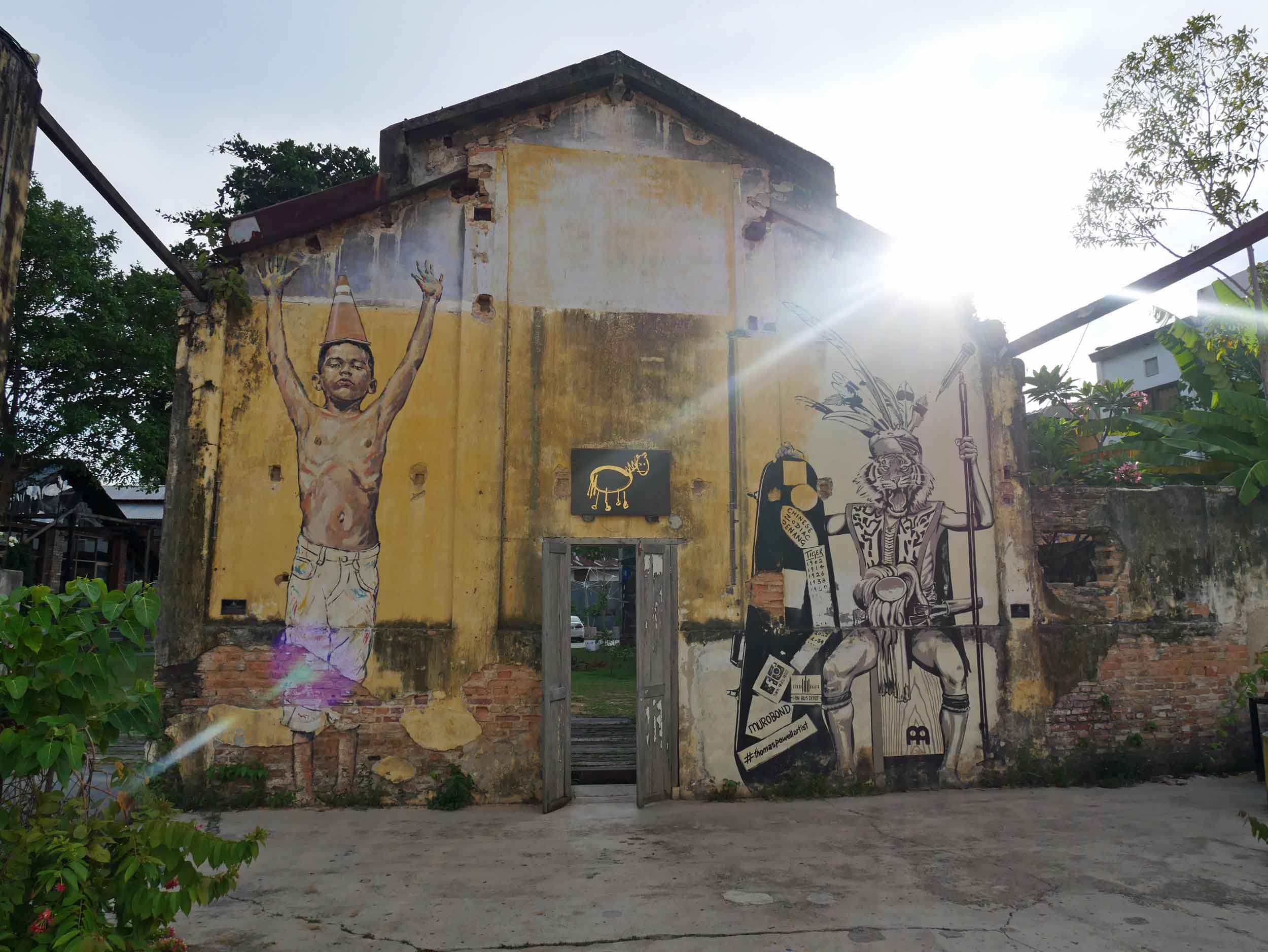

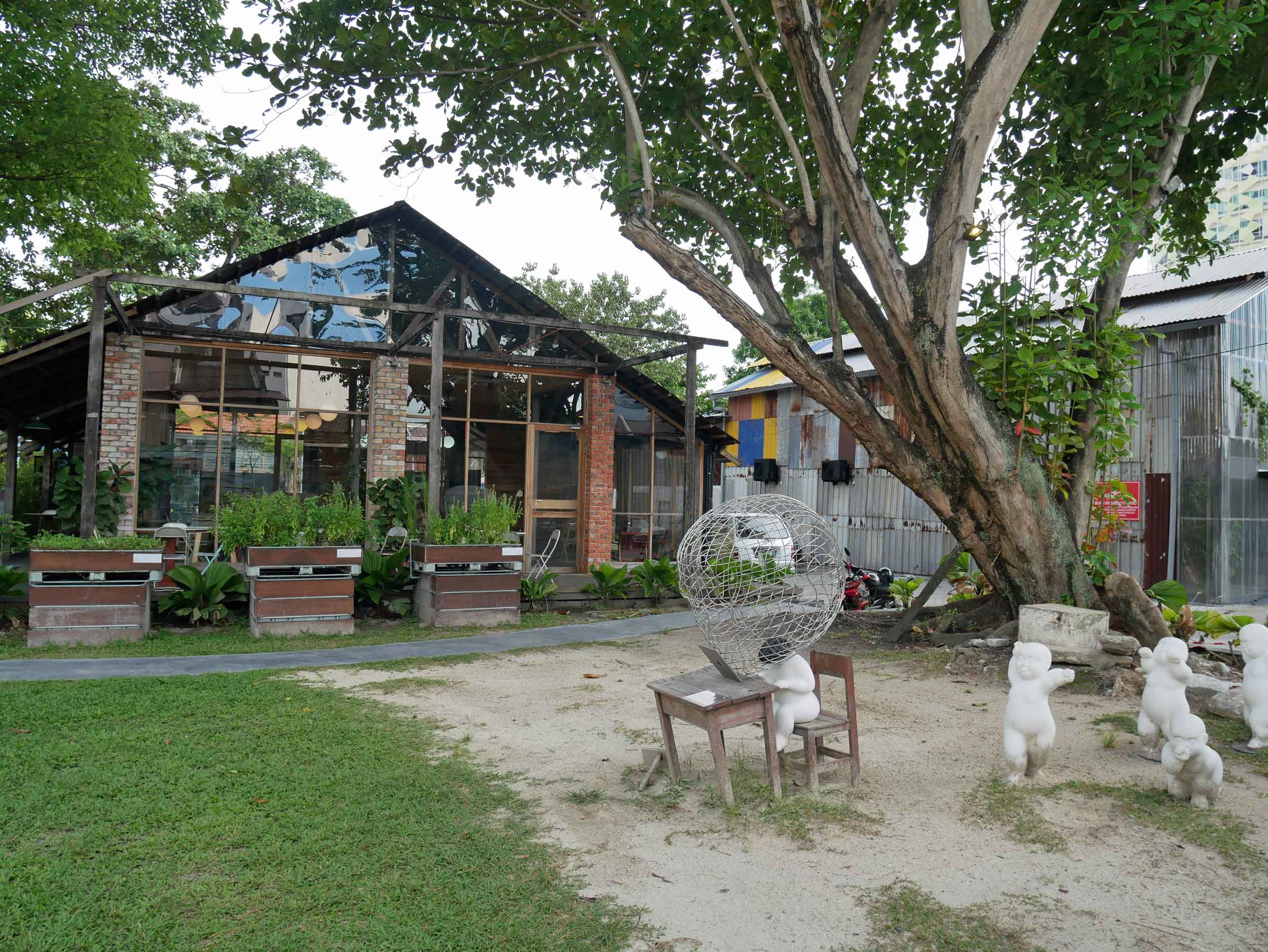
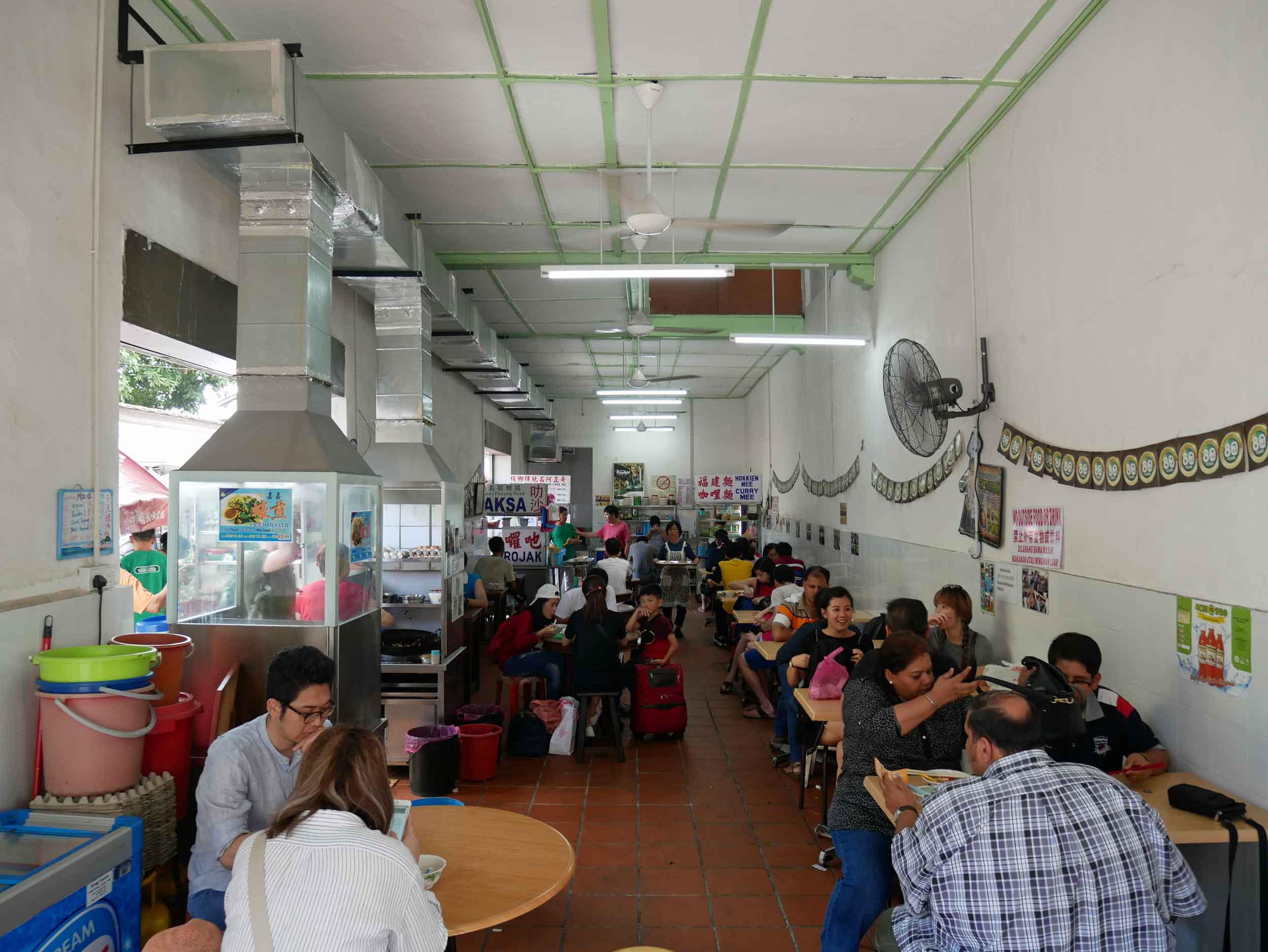
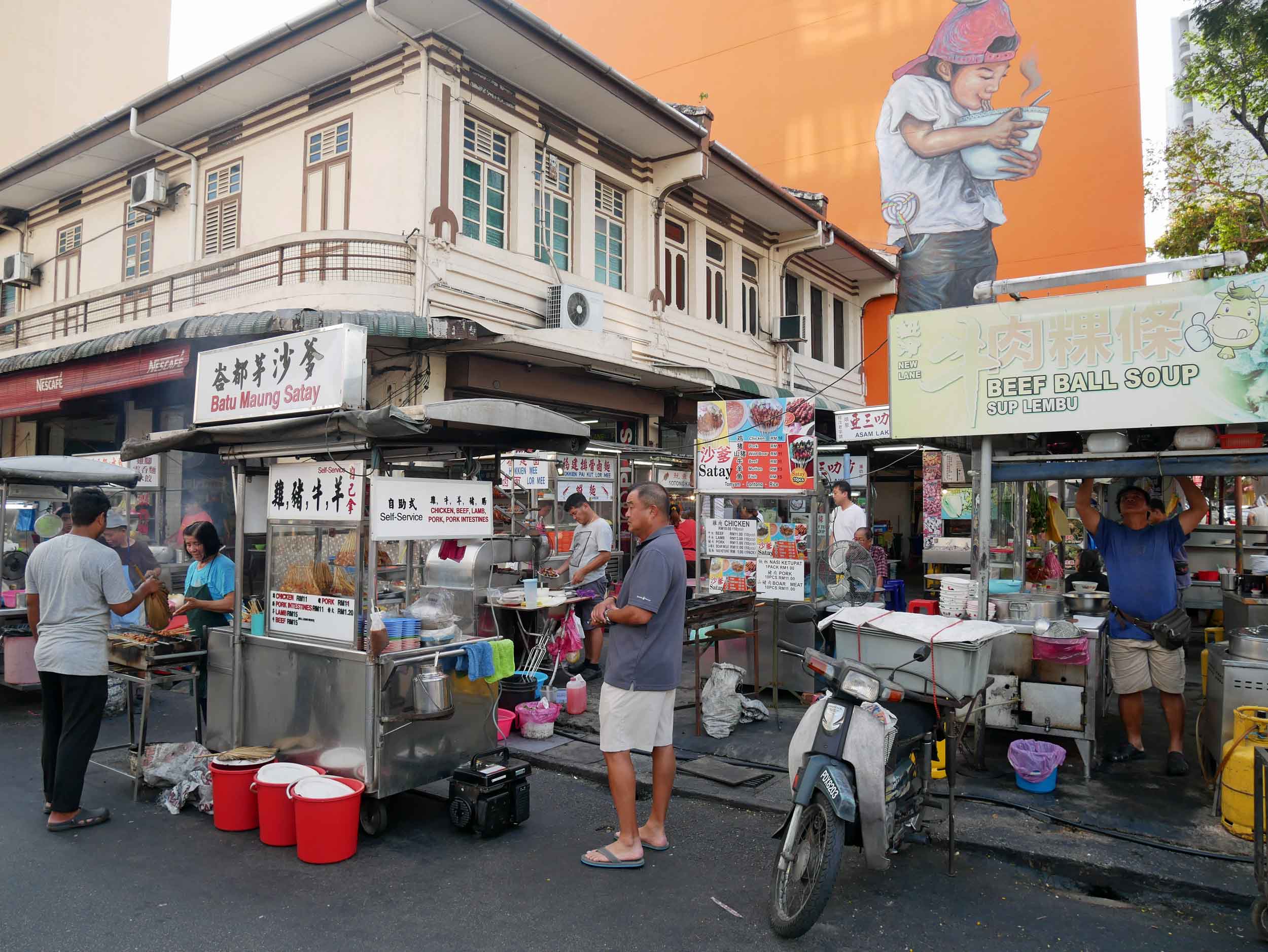
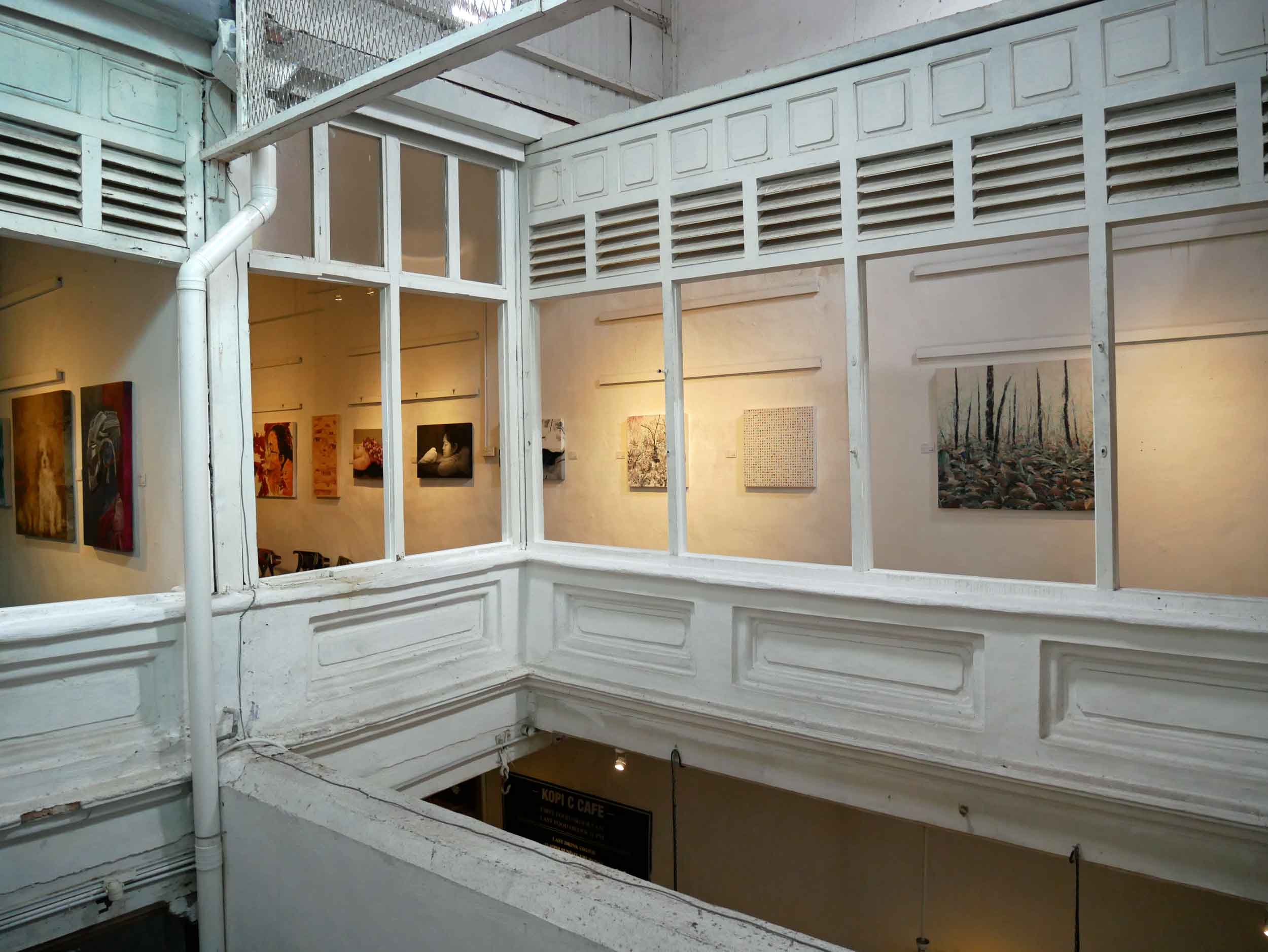
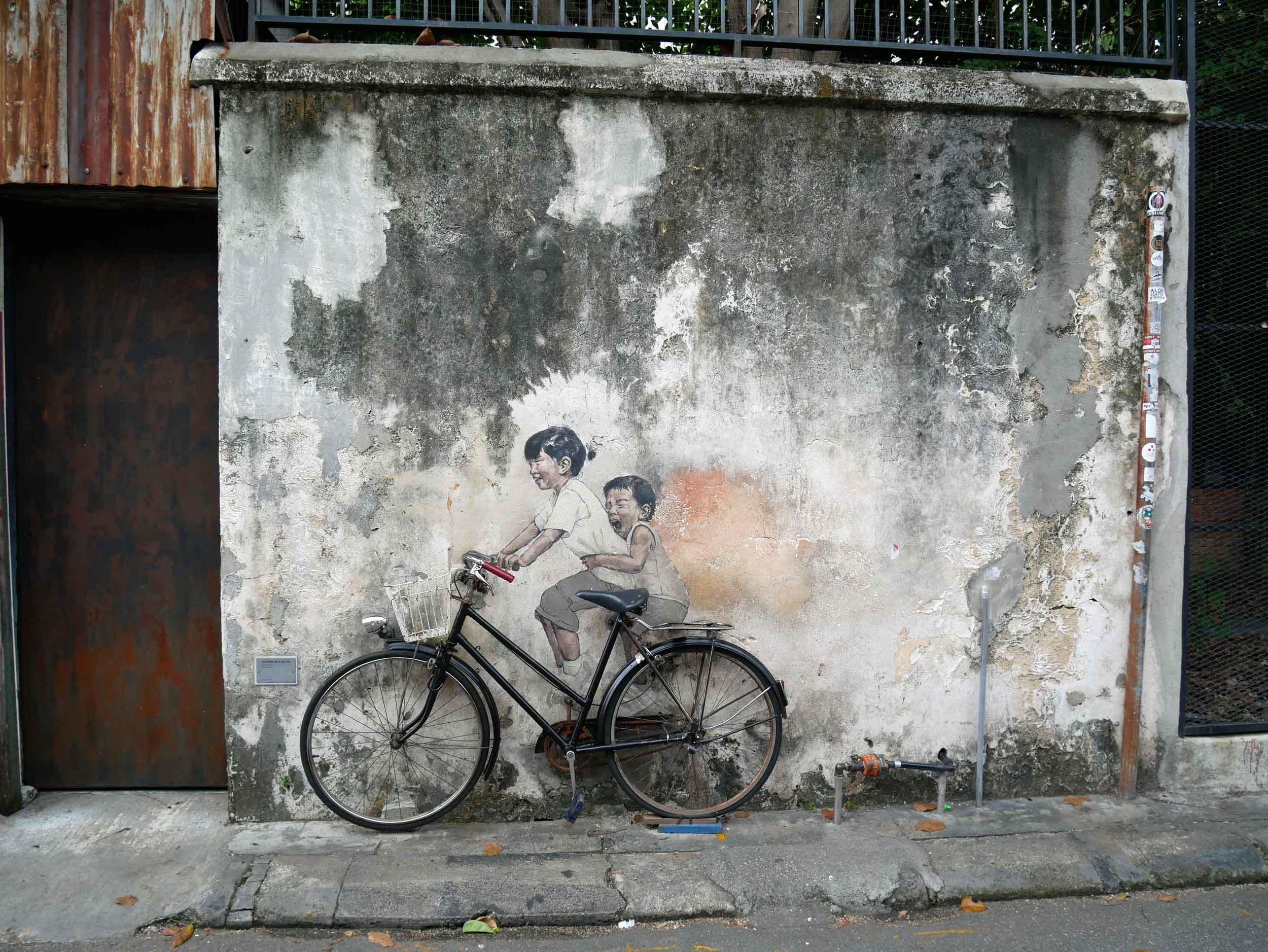
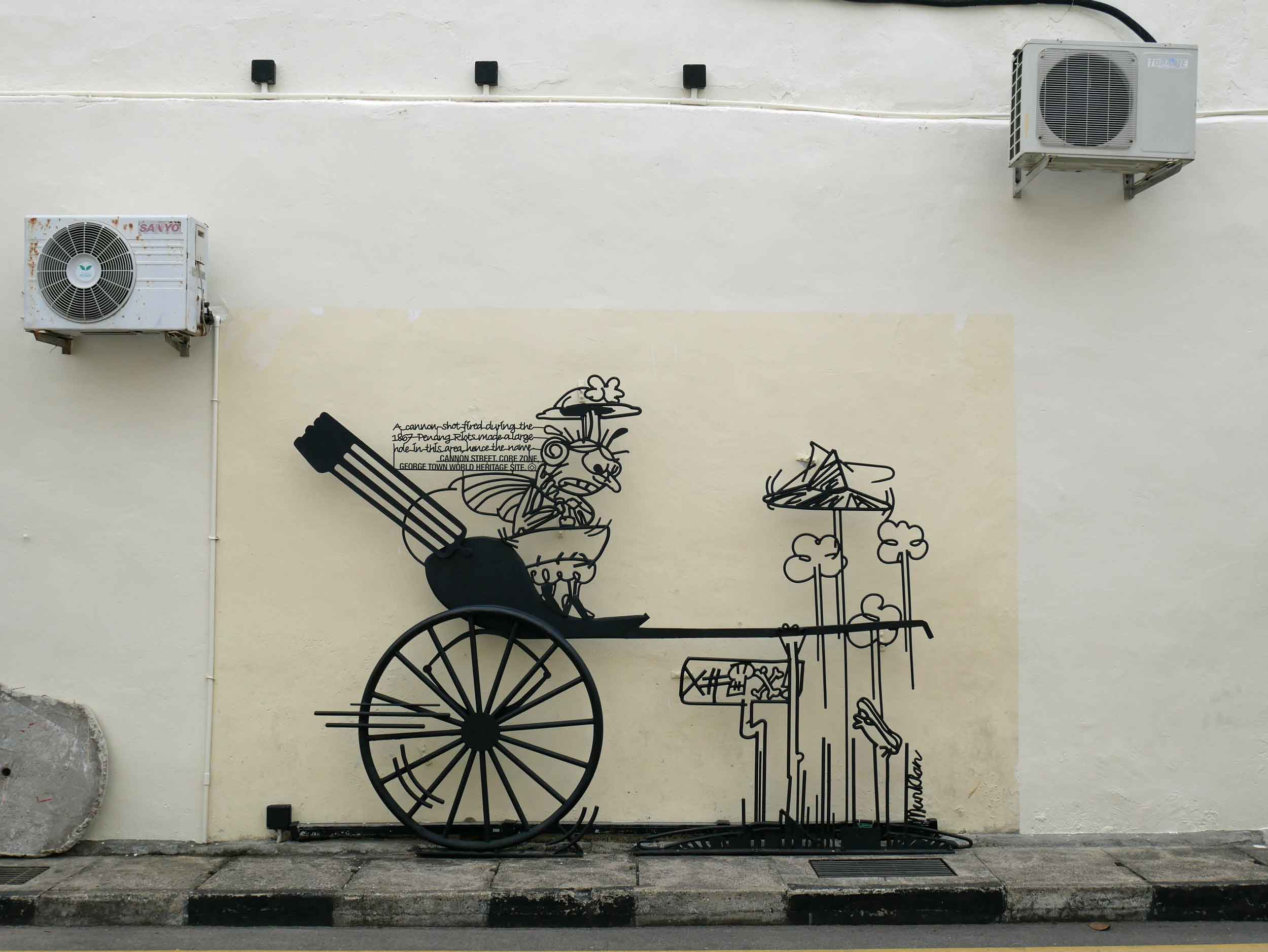
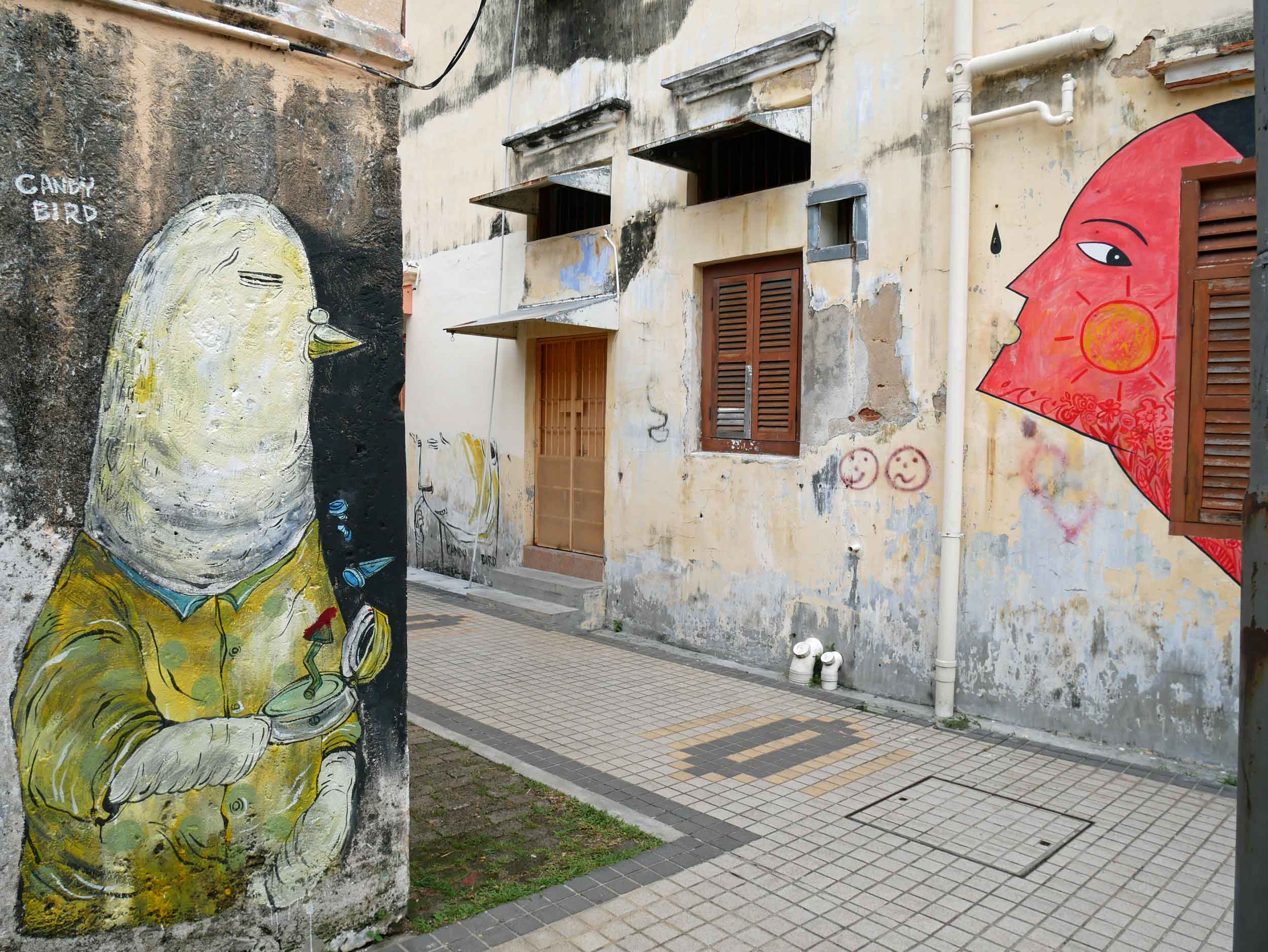
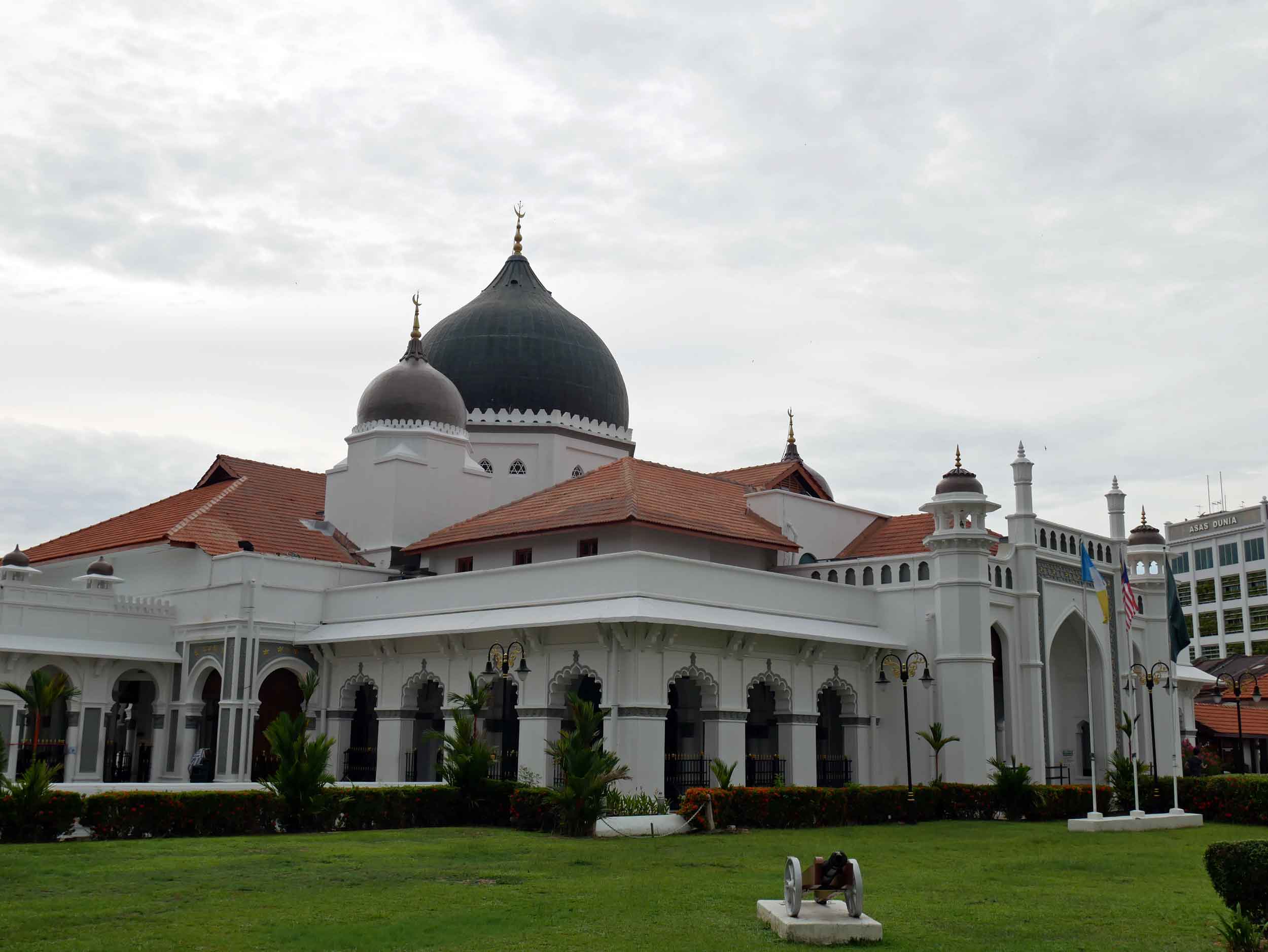

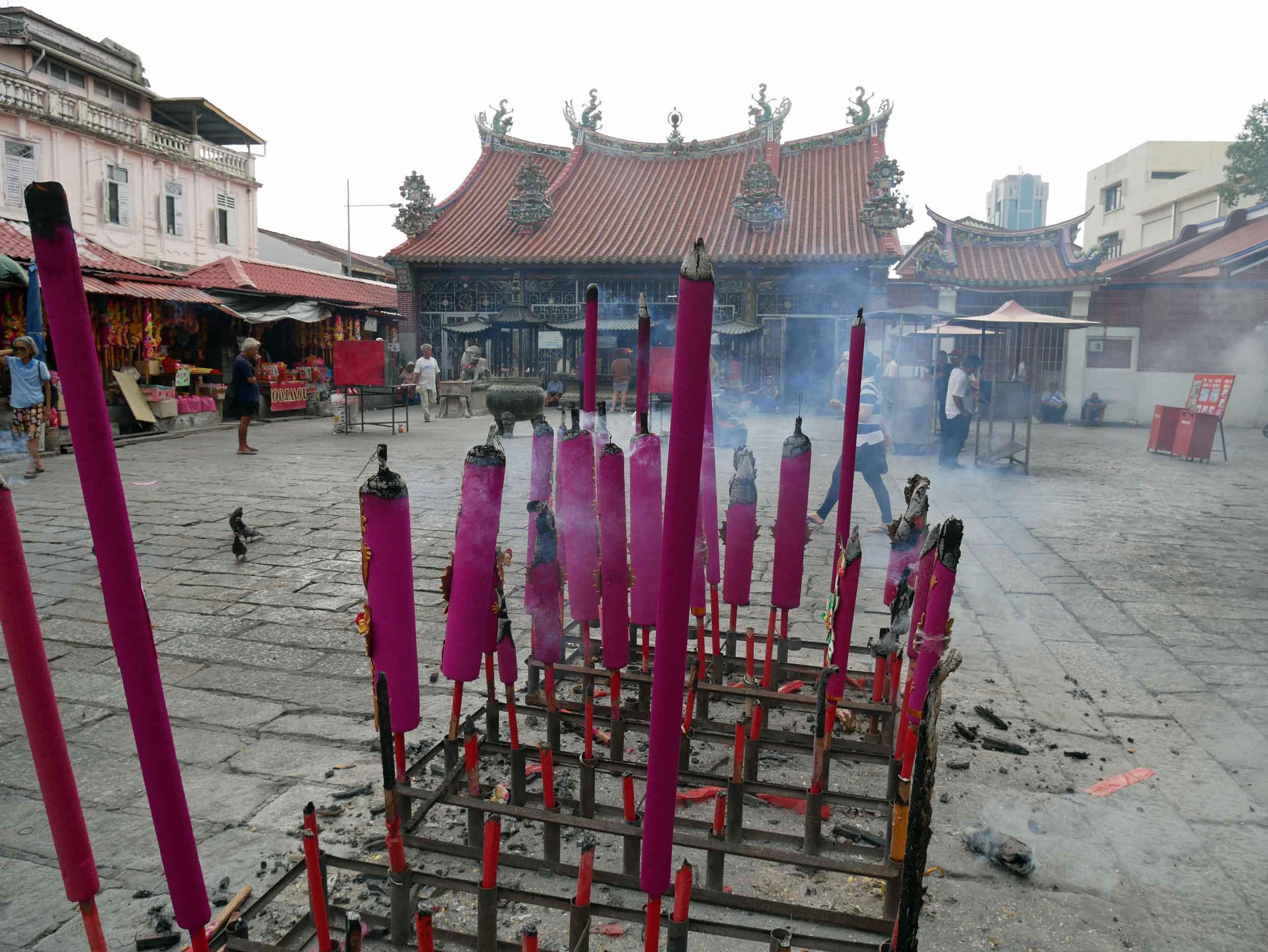
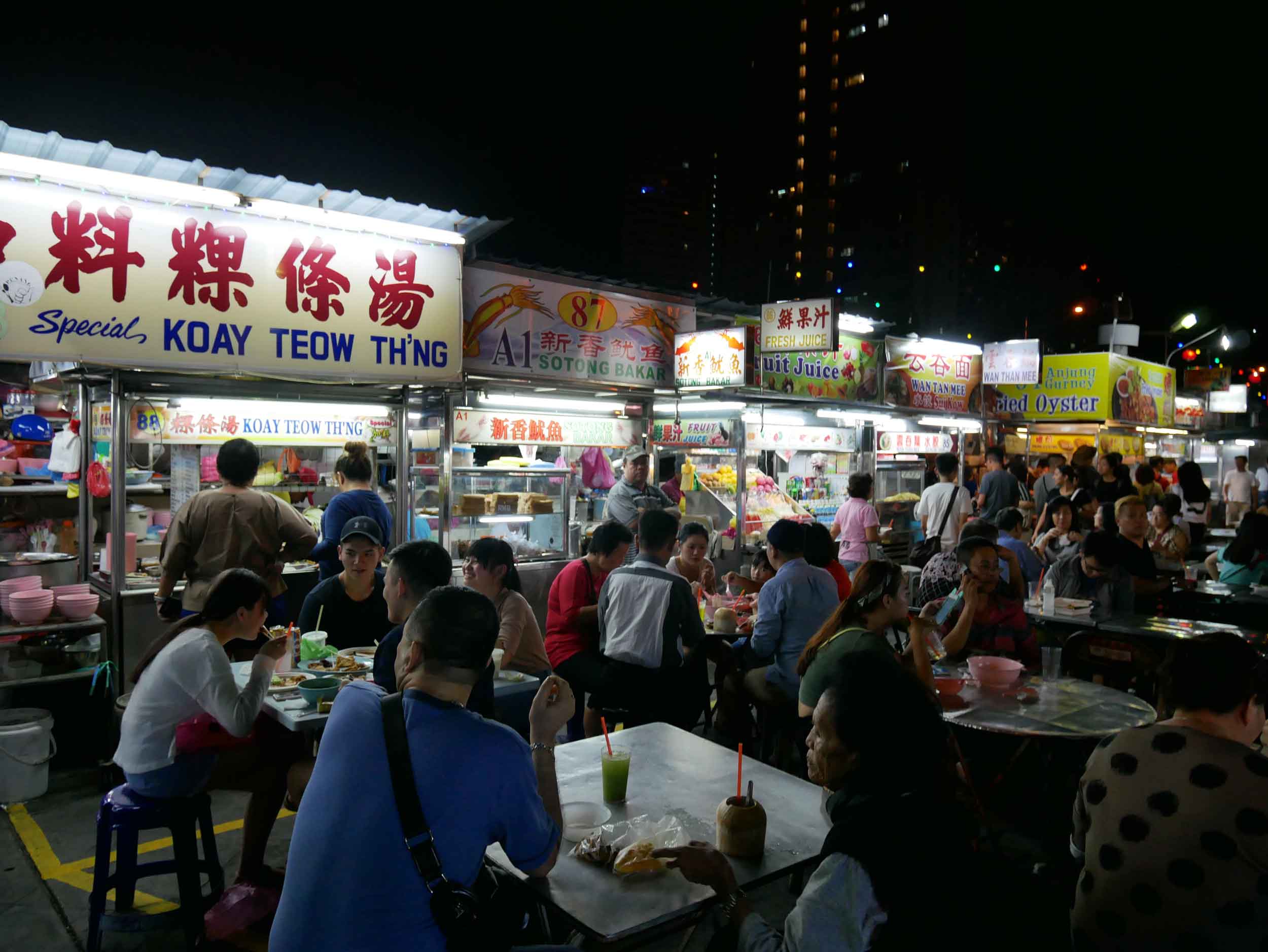
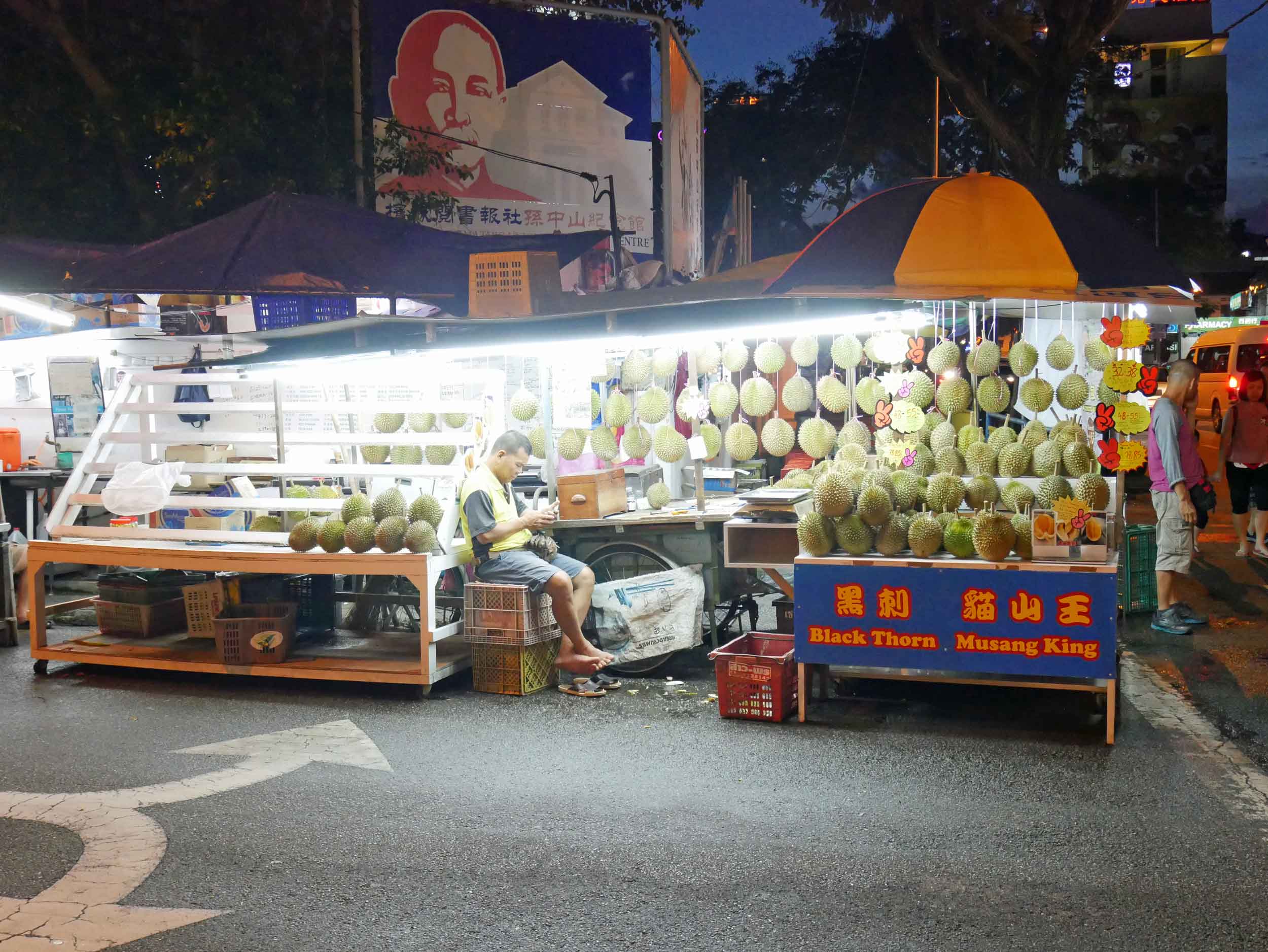
After a quick Singapore stopover, we flew to Borneo, using the East Malaysian sprawling city of Kuching as home base. With even more varieties of food (and coffee) to try, Kuching proved to be an easy and comfortable jumping off point for exploring the wild jungles of the world’s third largest island.
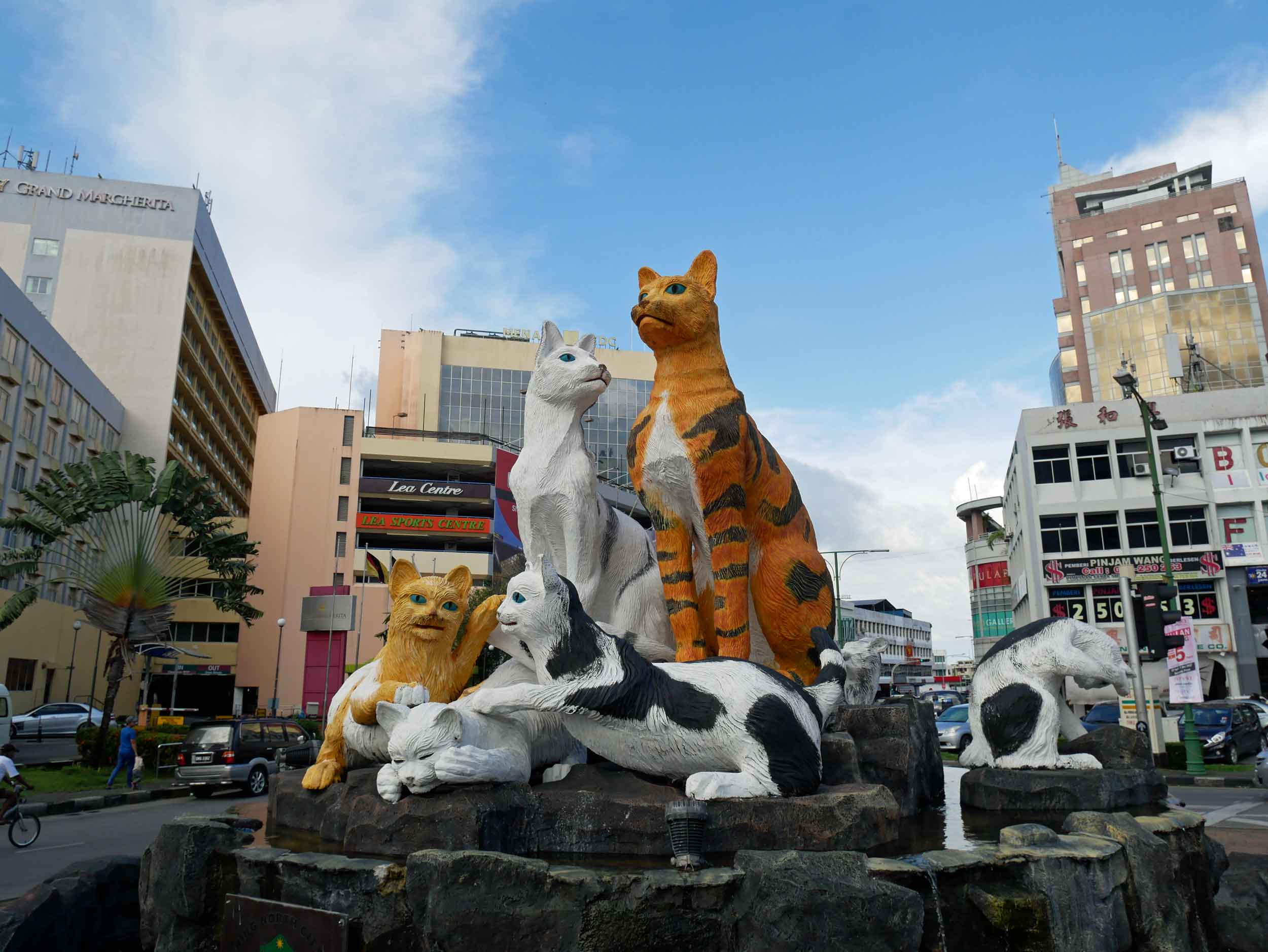
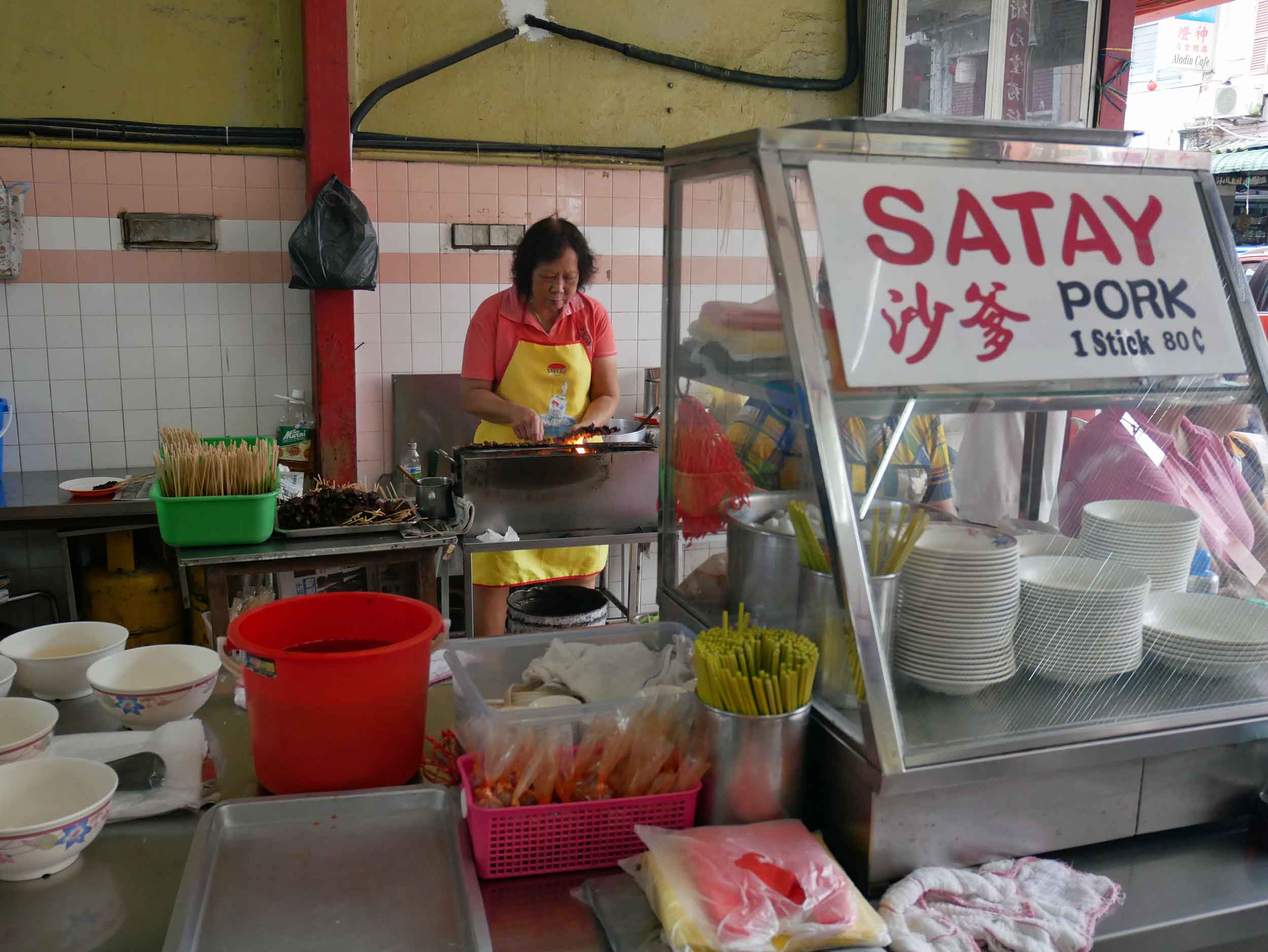

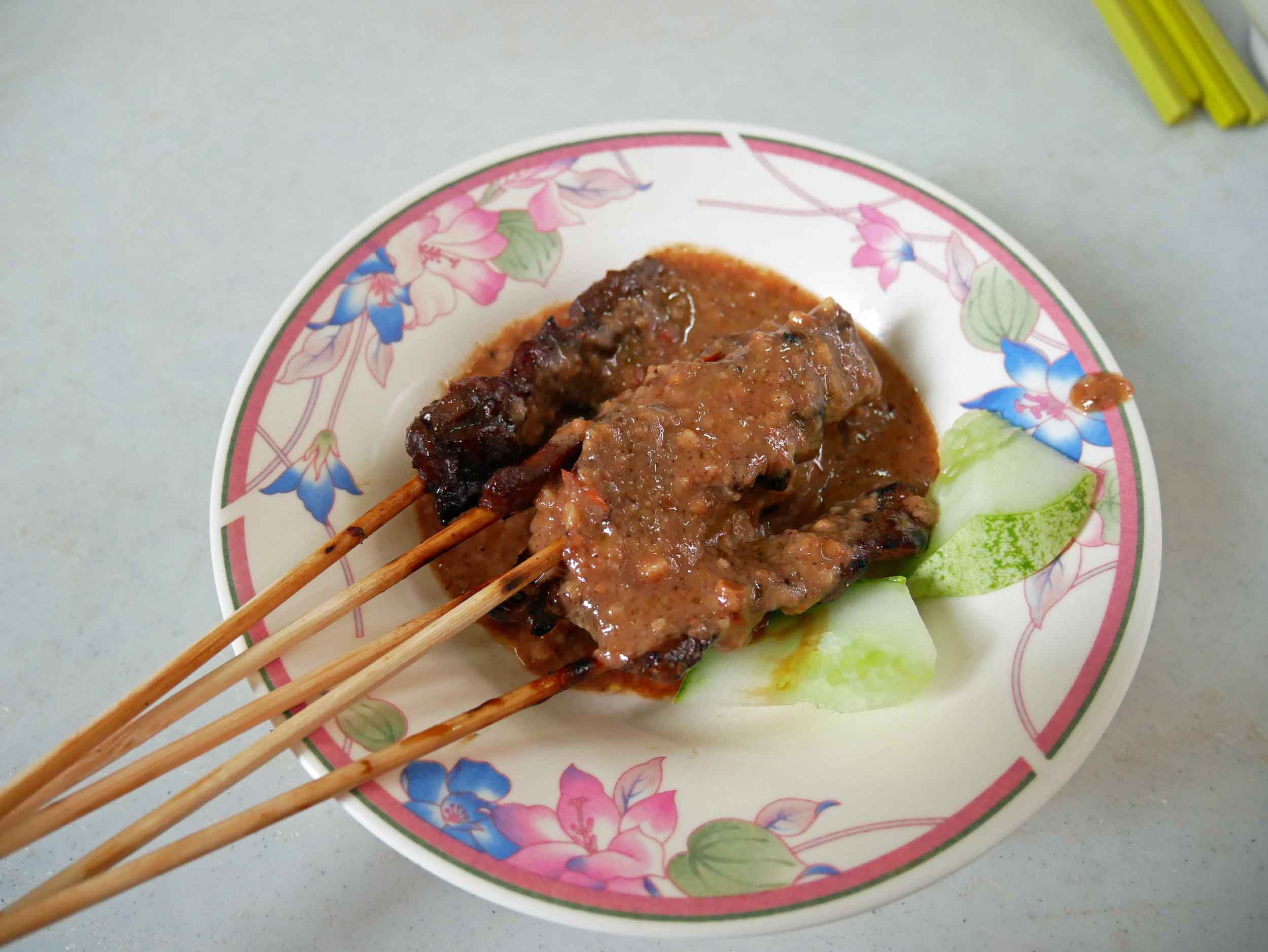
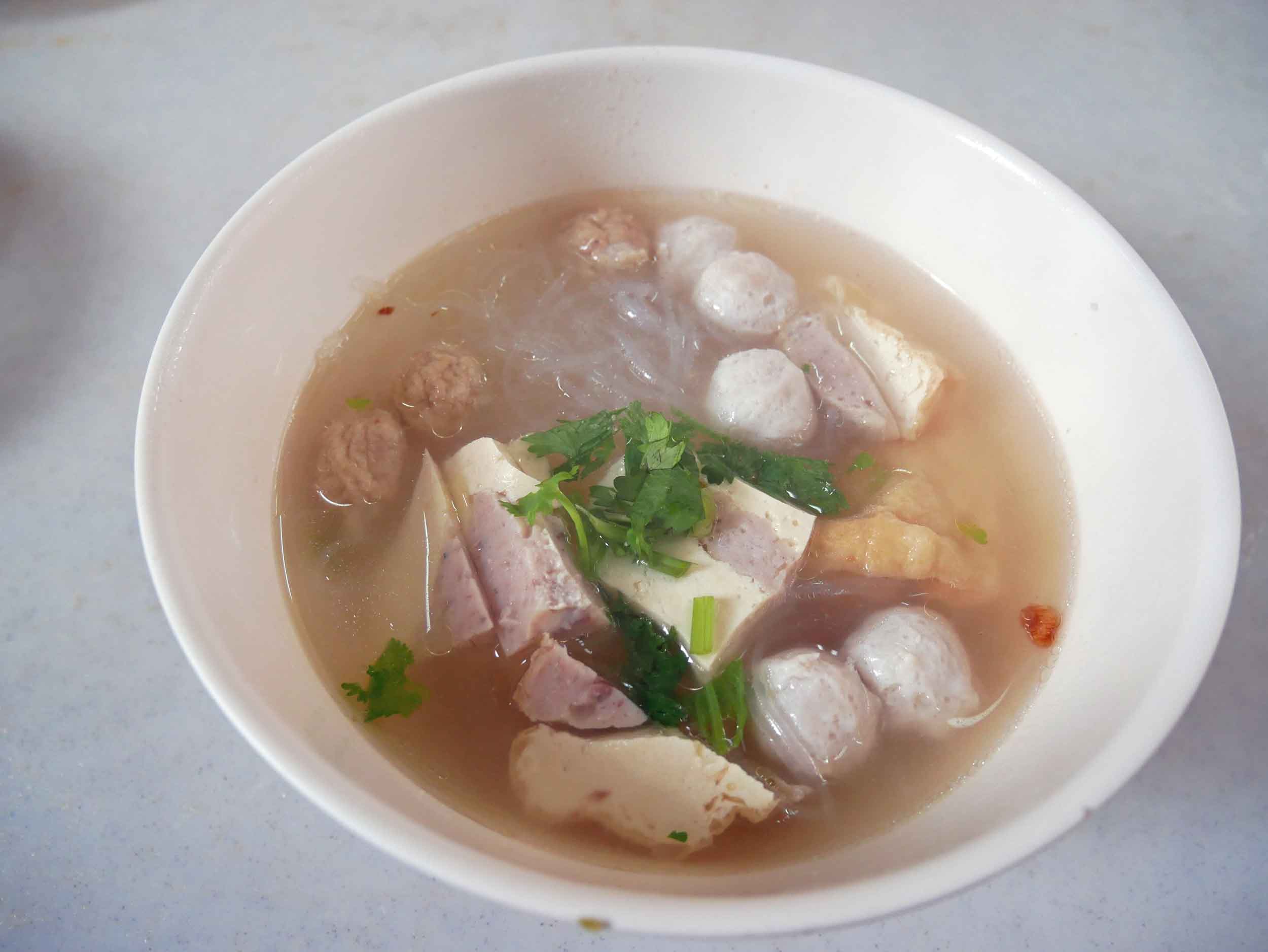
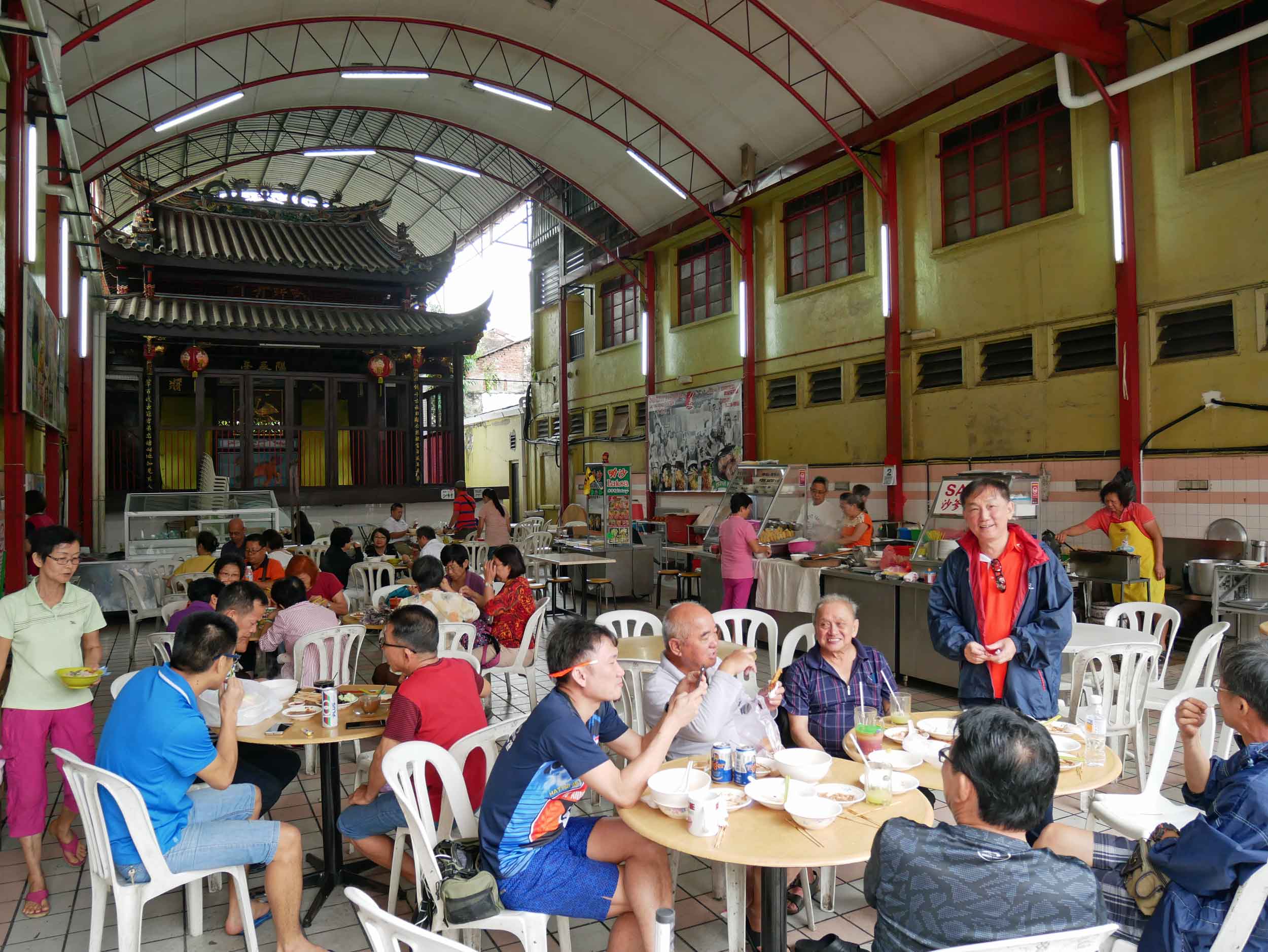
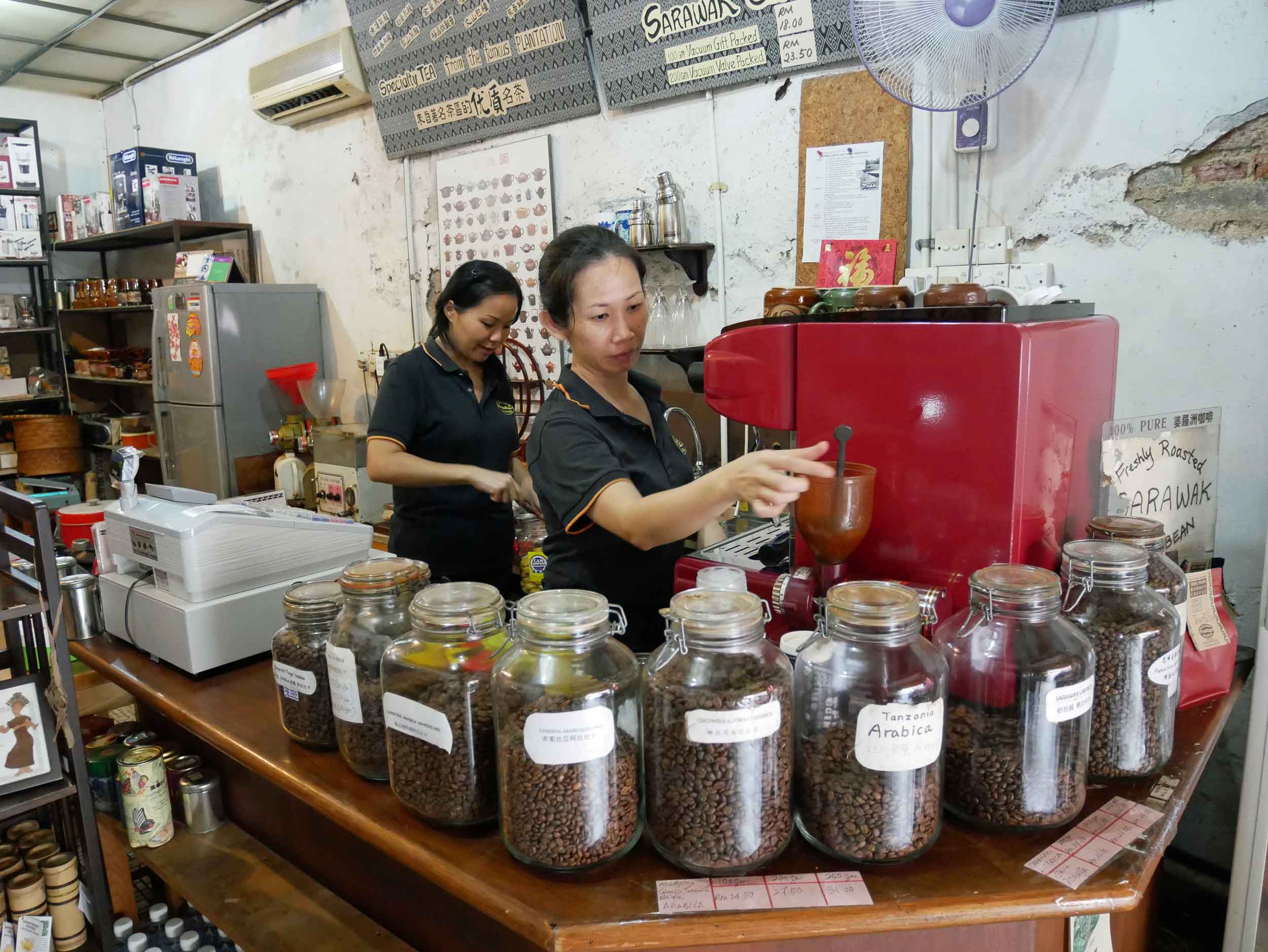
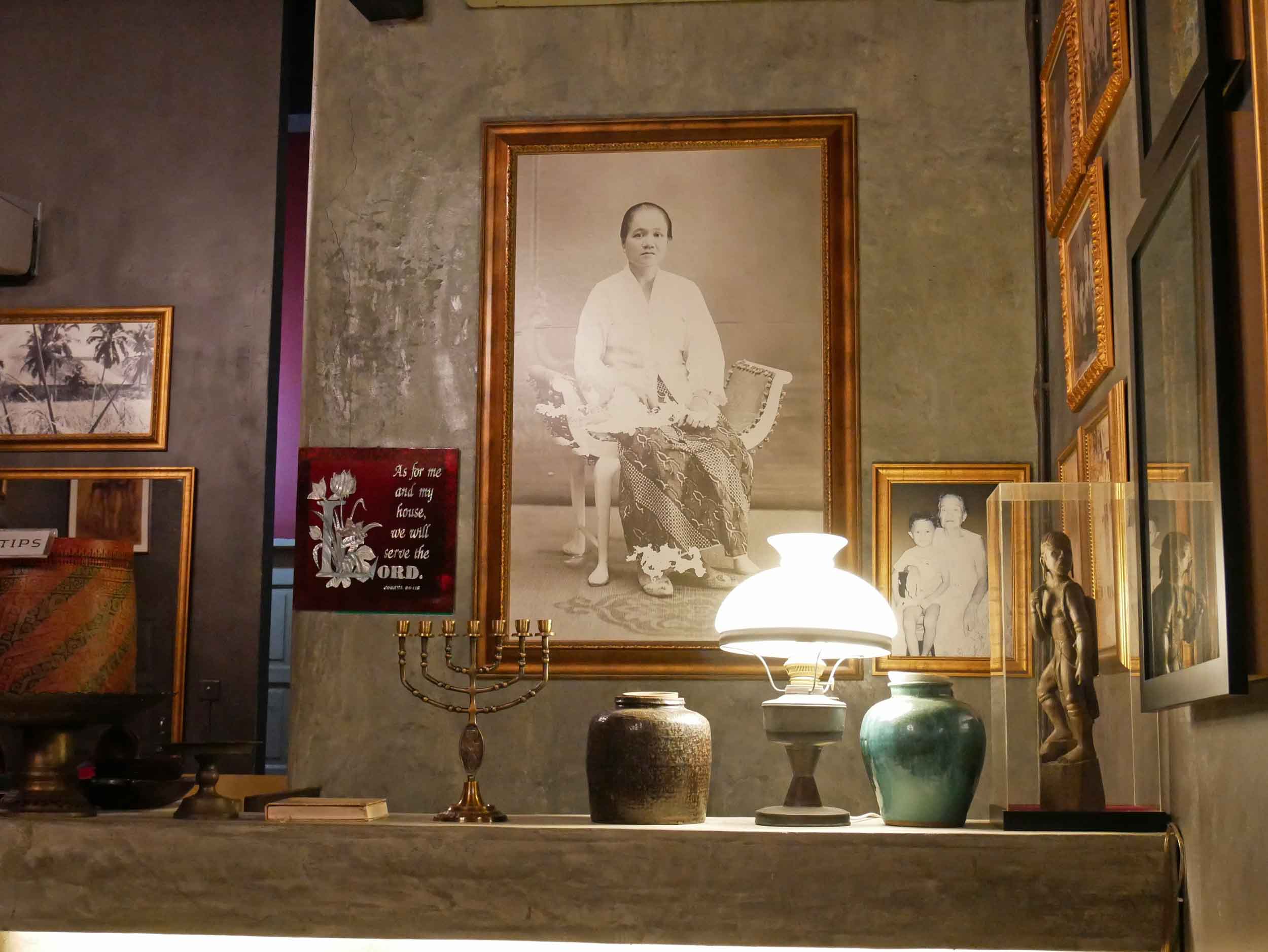
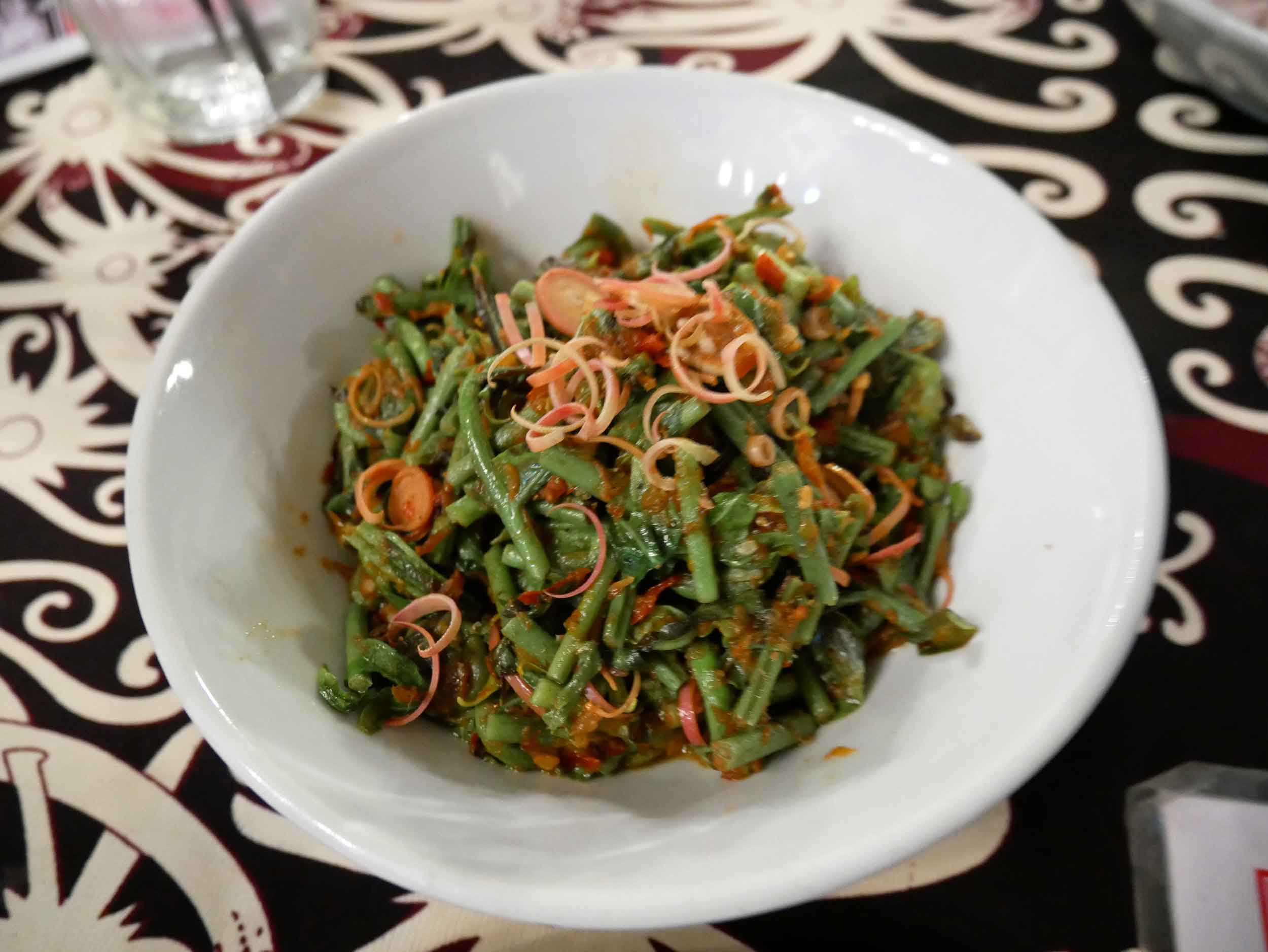
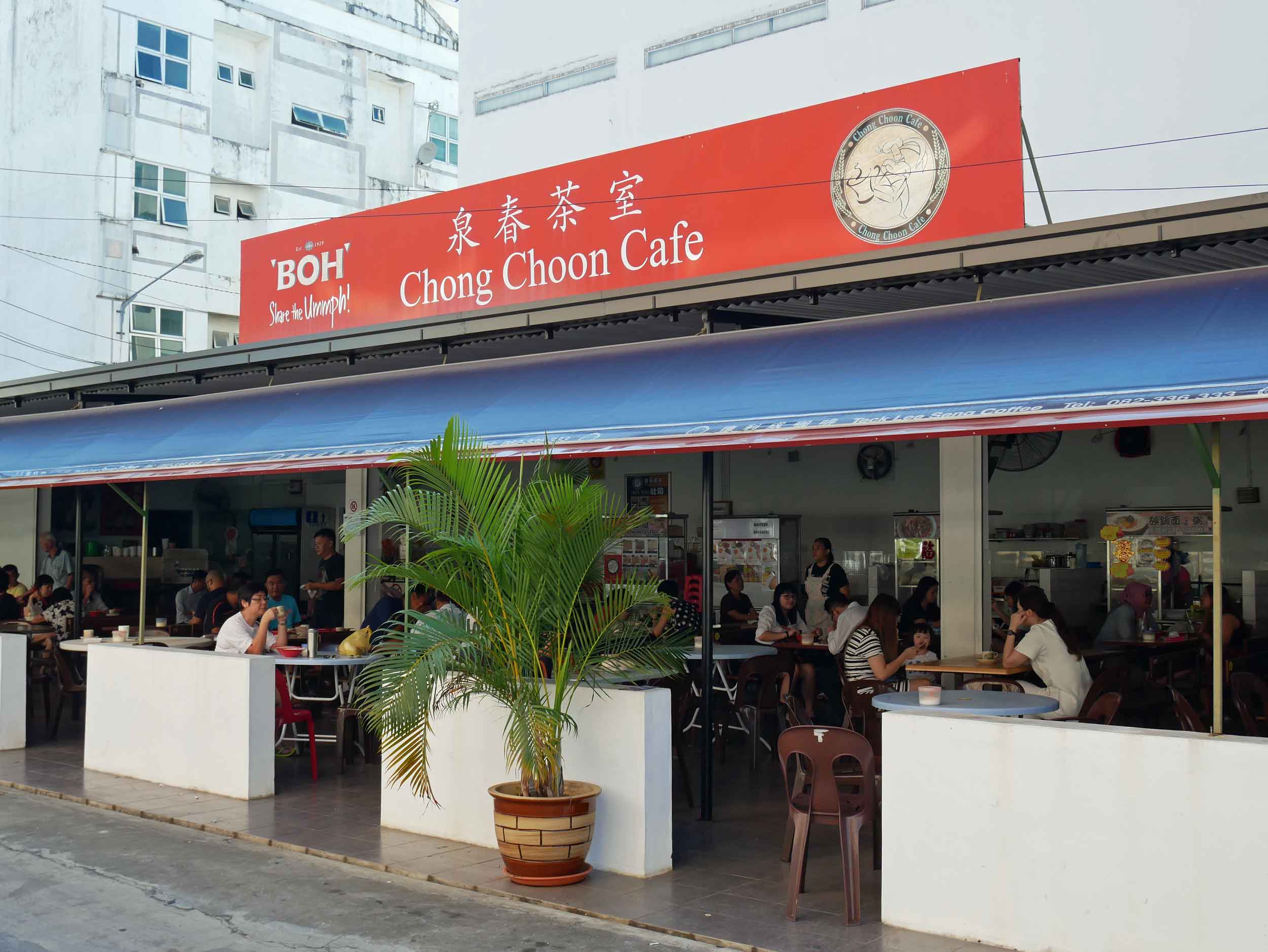
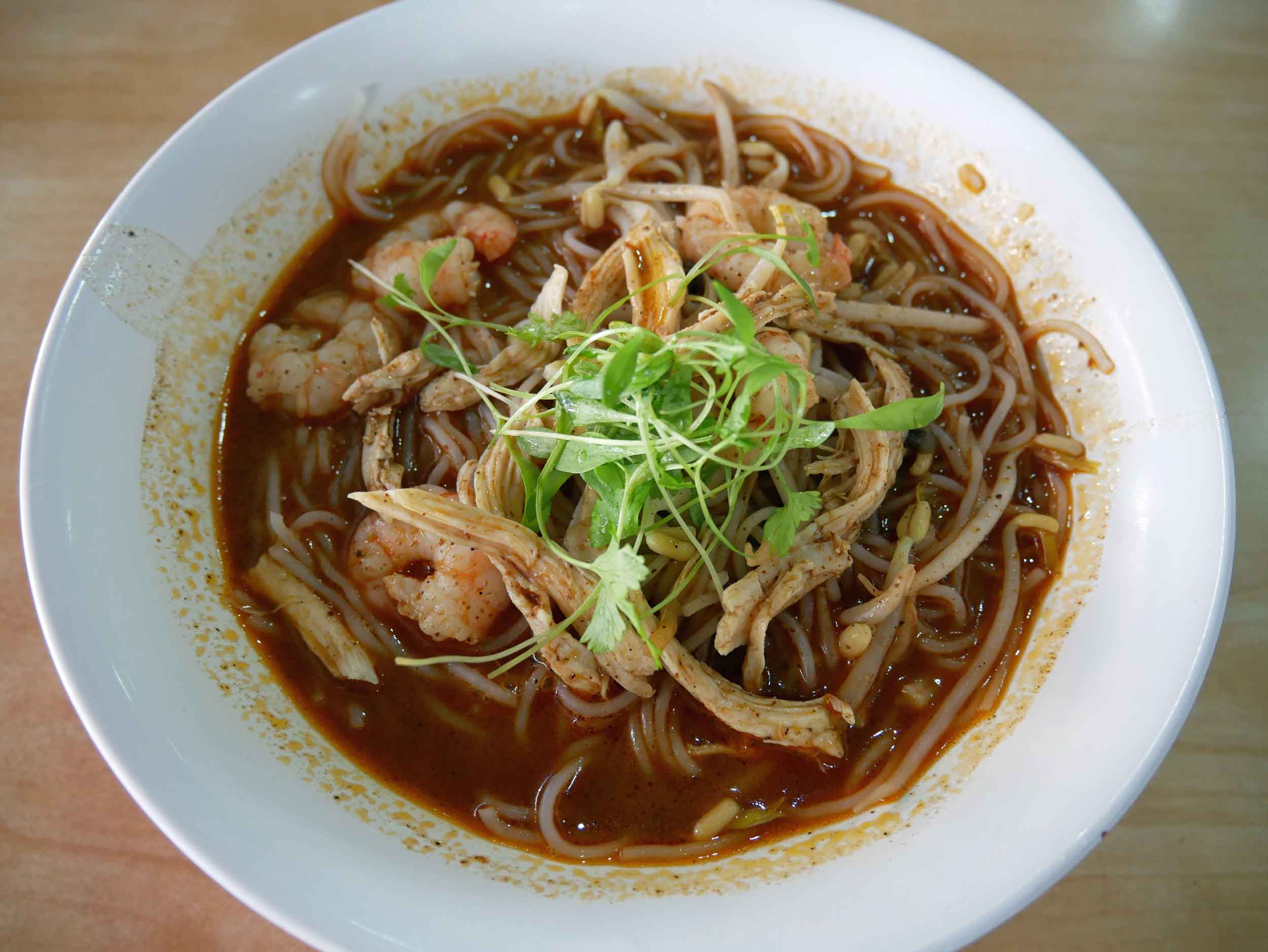
Once again, Martin jumped behind the wheel of our rental to reach our trek through the Kubah National Park rainforest, the orangutan feedings at Semenggoh Nature Reserve, and the indigenous animals in rehabilitation at Matang Wildlife Center (where we were stalked and teased by a young orangutan out for her daily swing through the canopy). We also took a scenic 20-minute boat ride around the rugged coastline to Bako National Park, which offers many hiking trails as well as overnight accommodations, but truthfully, given the island’s extreme heat and humidity, we opted for a three-hour return, still managing to spot the island’s famed proboscis monkeys.
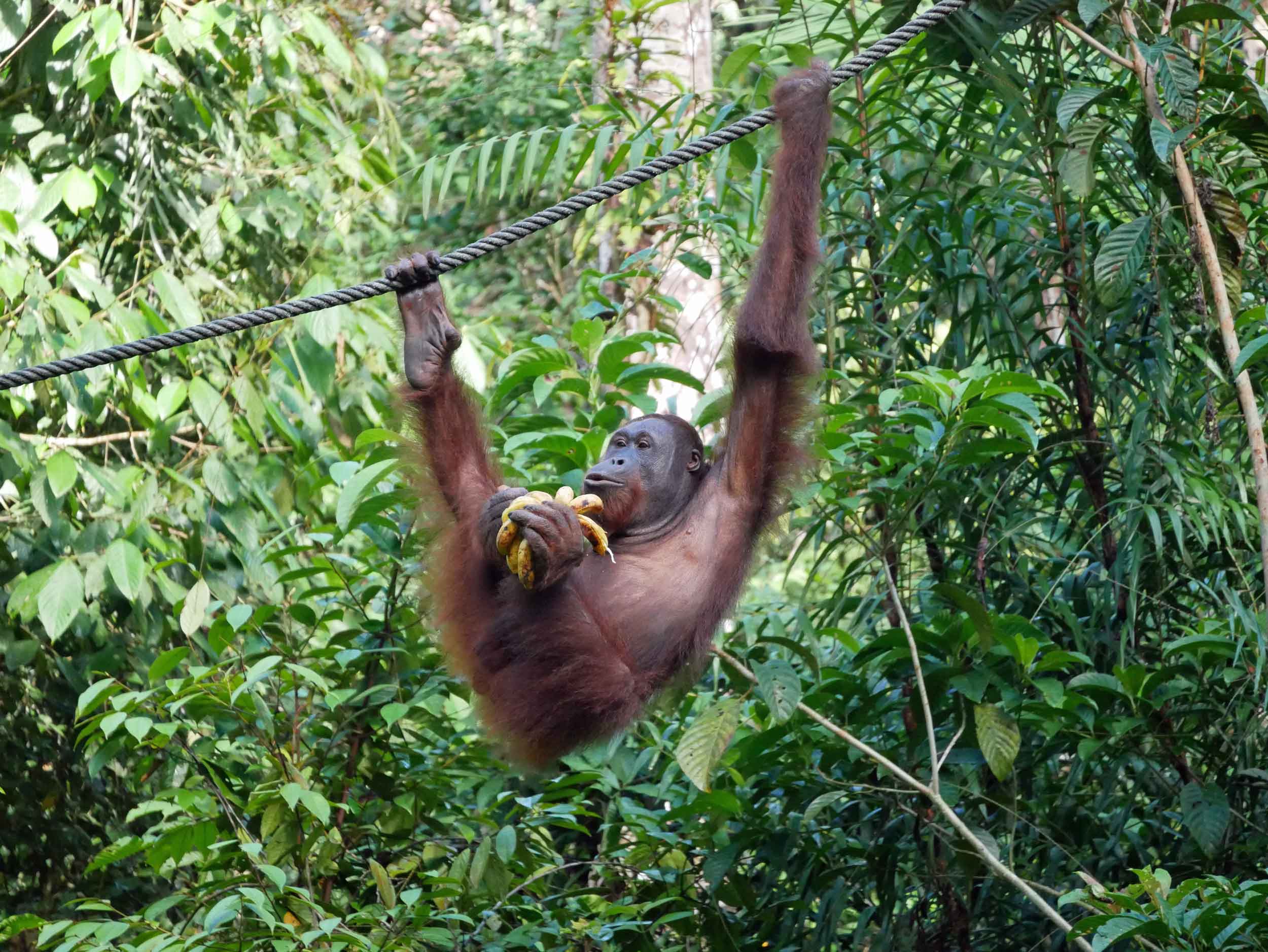
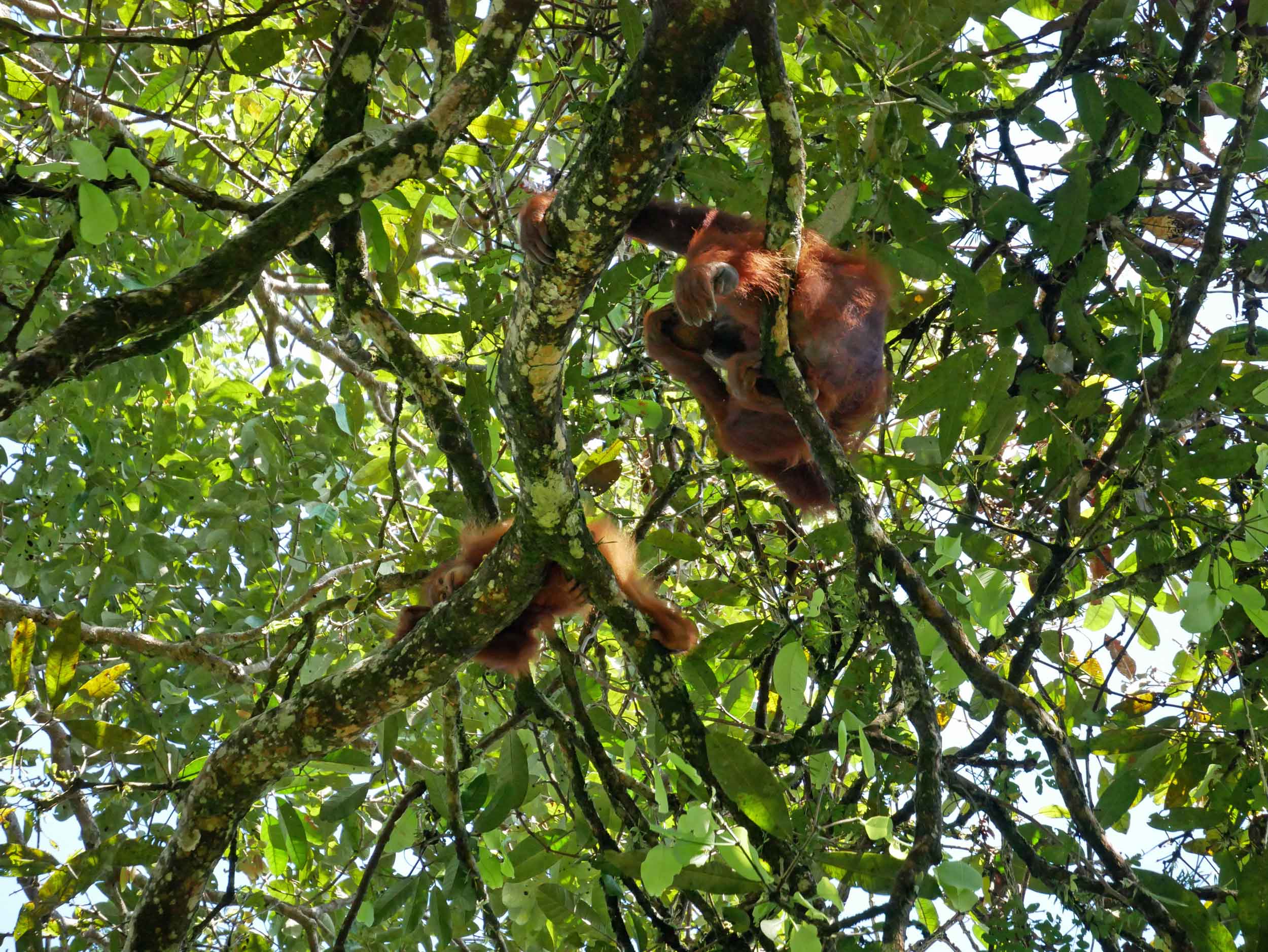
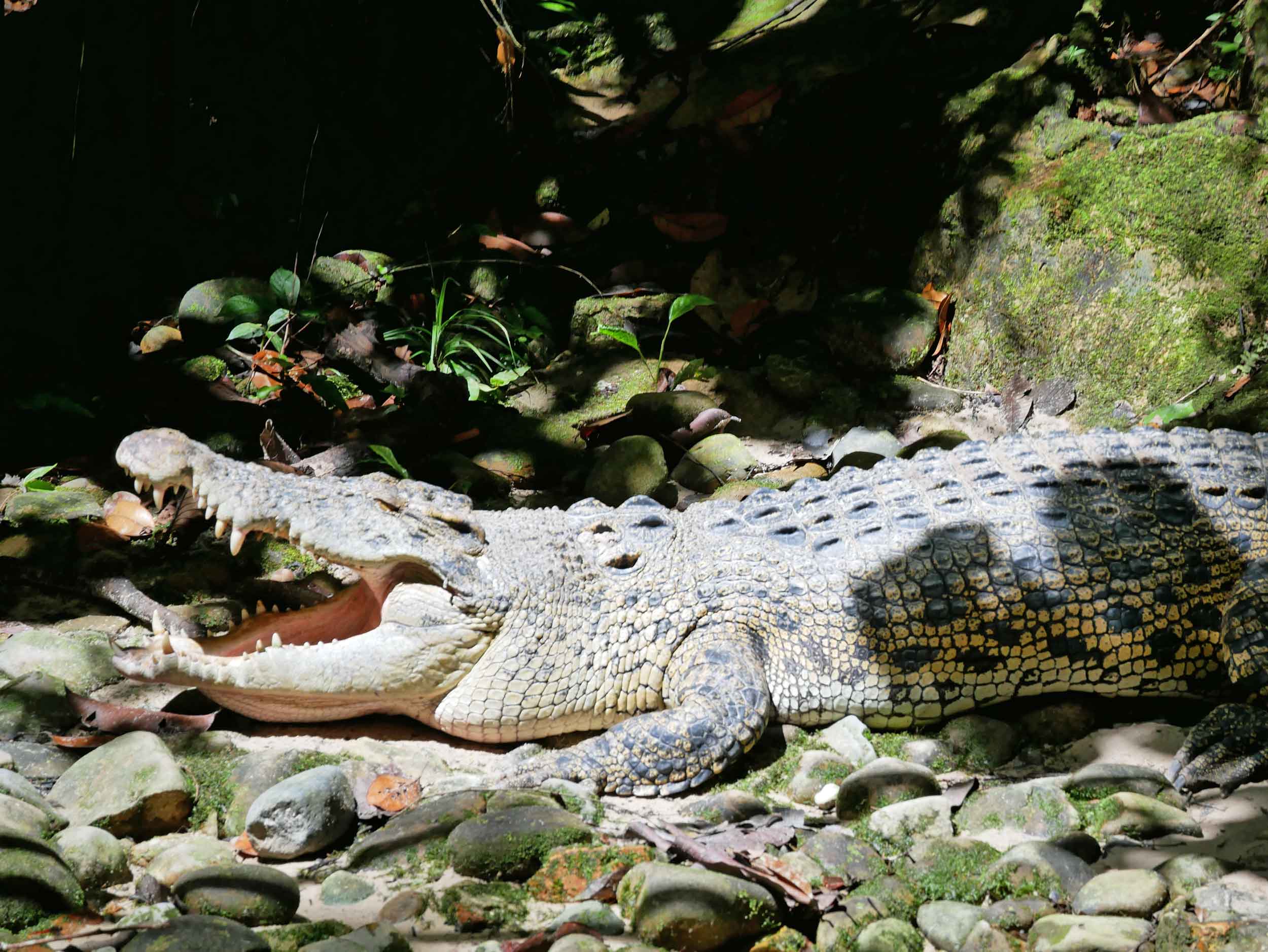
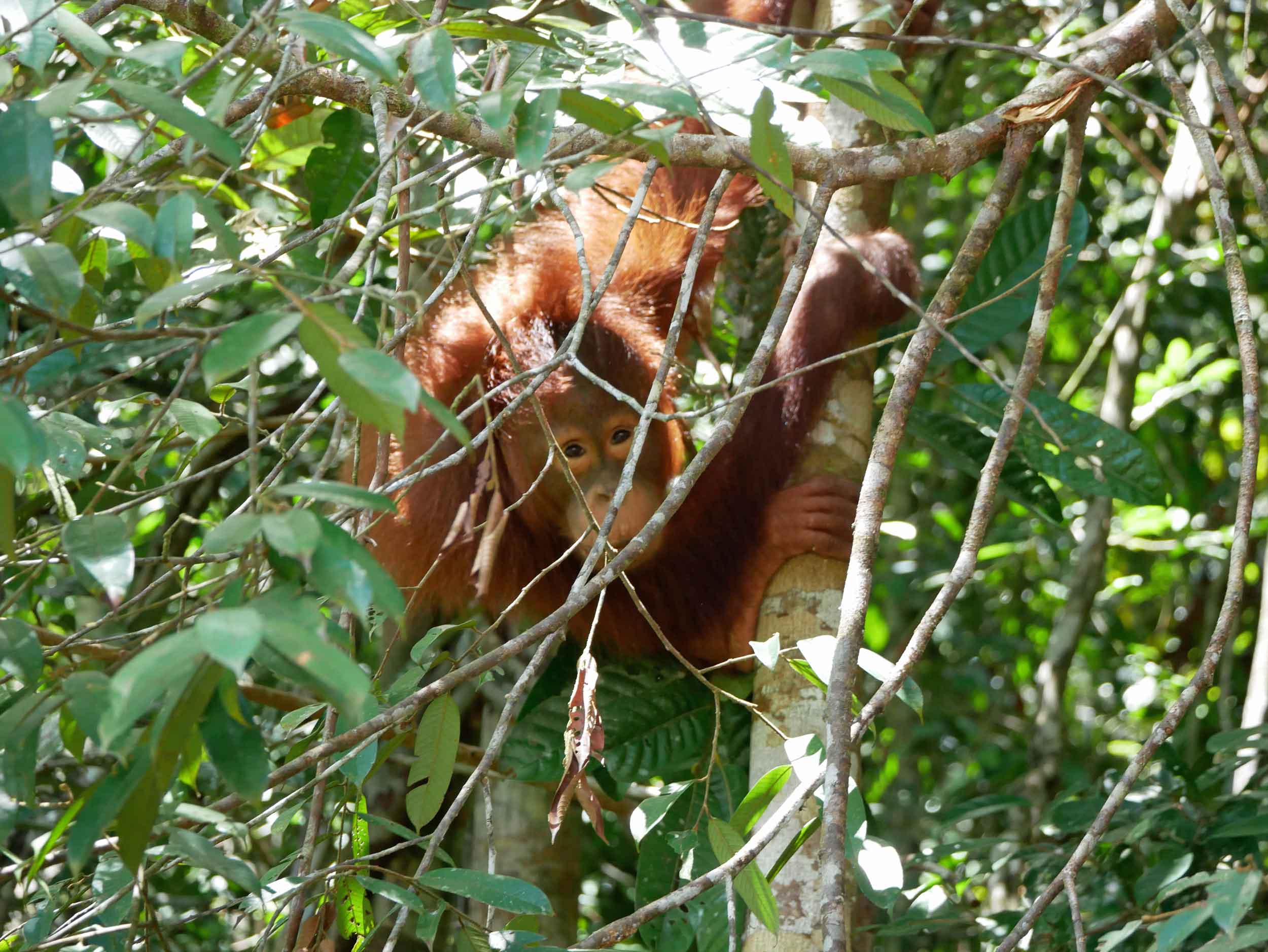
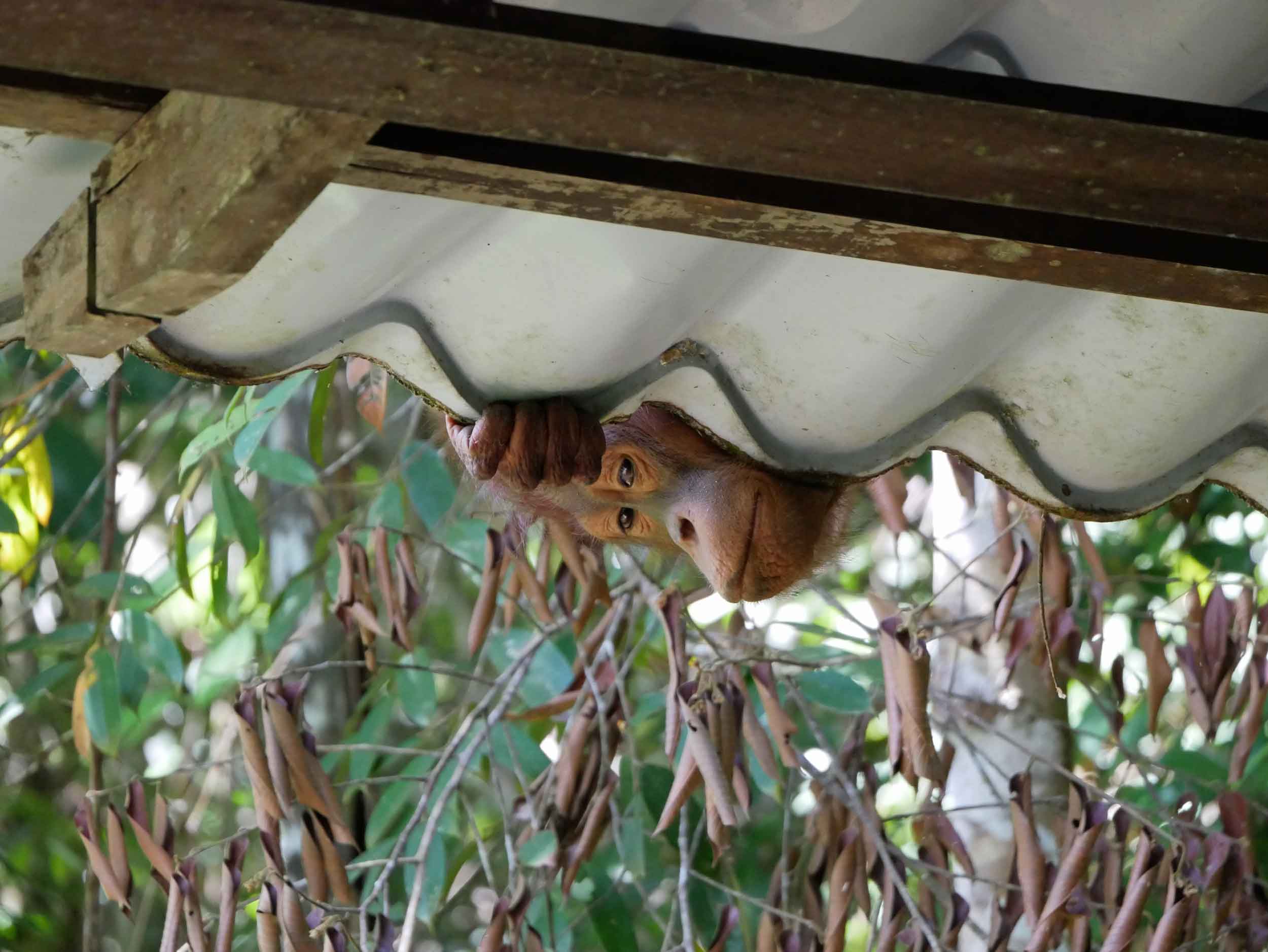
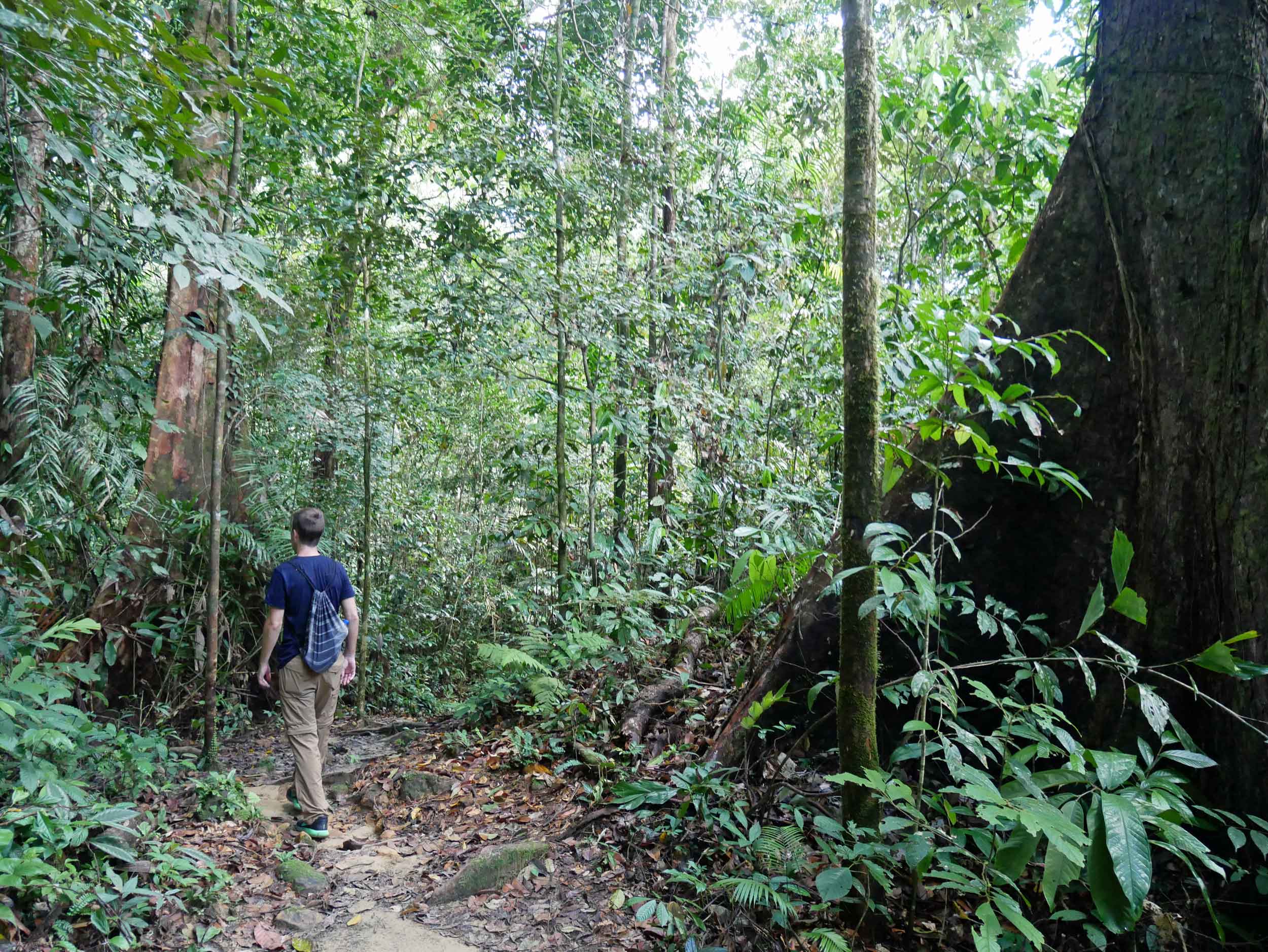
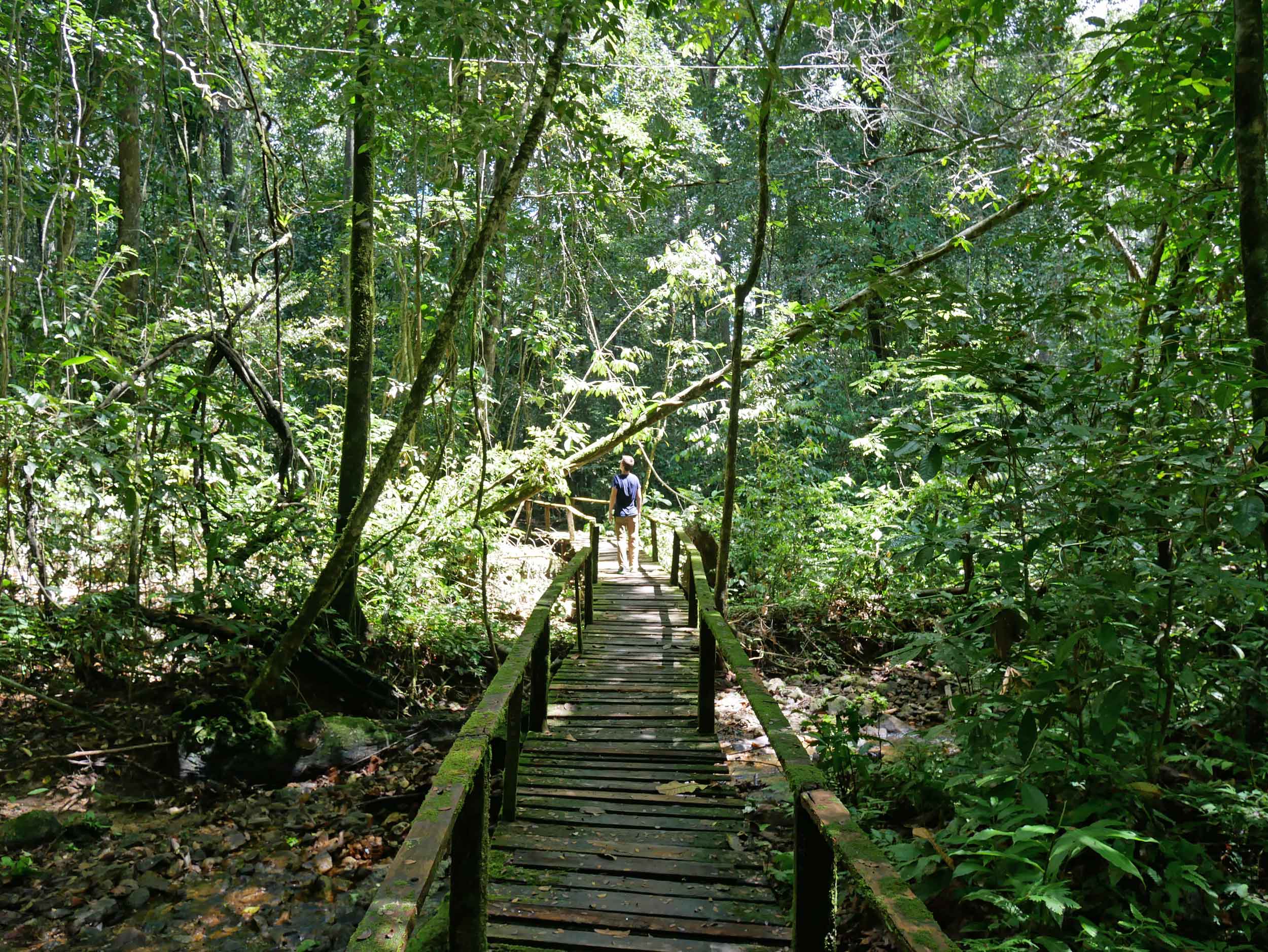
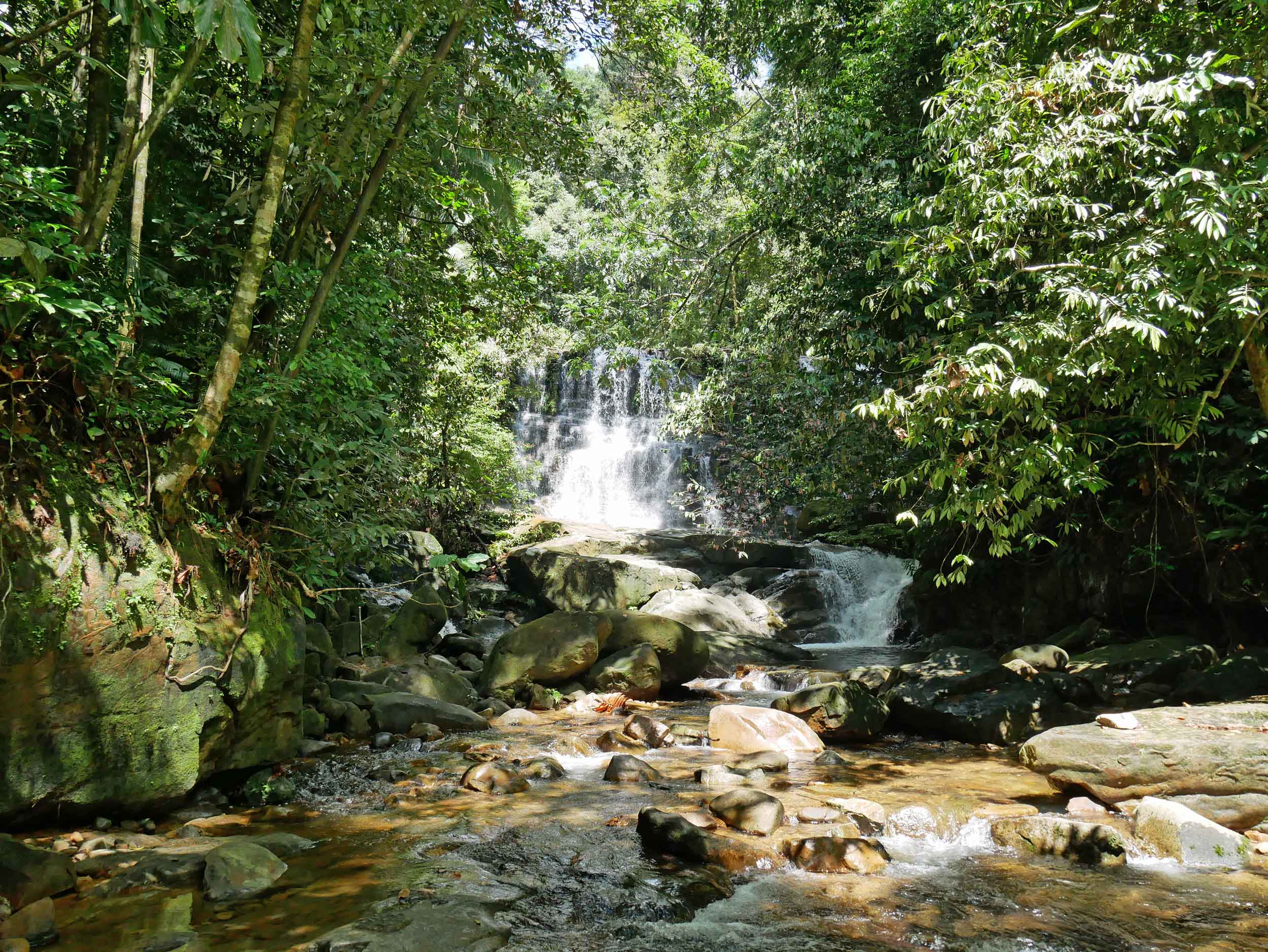

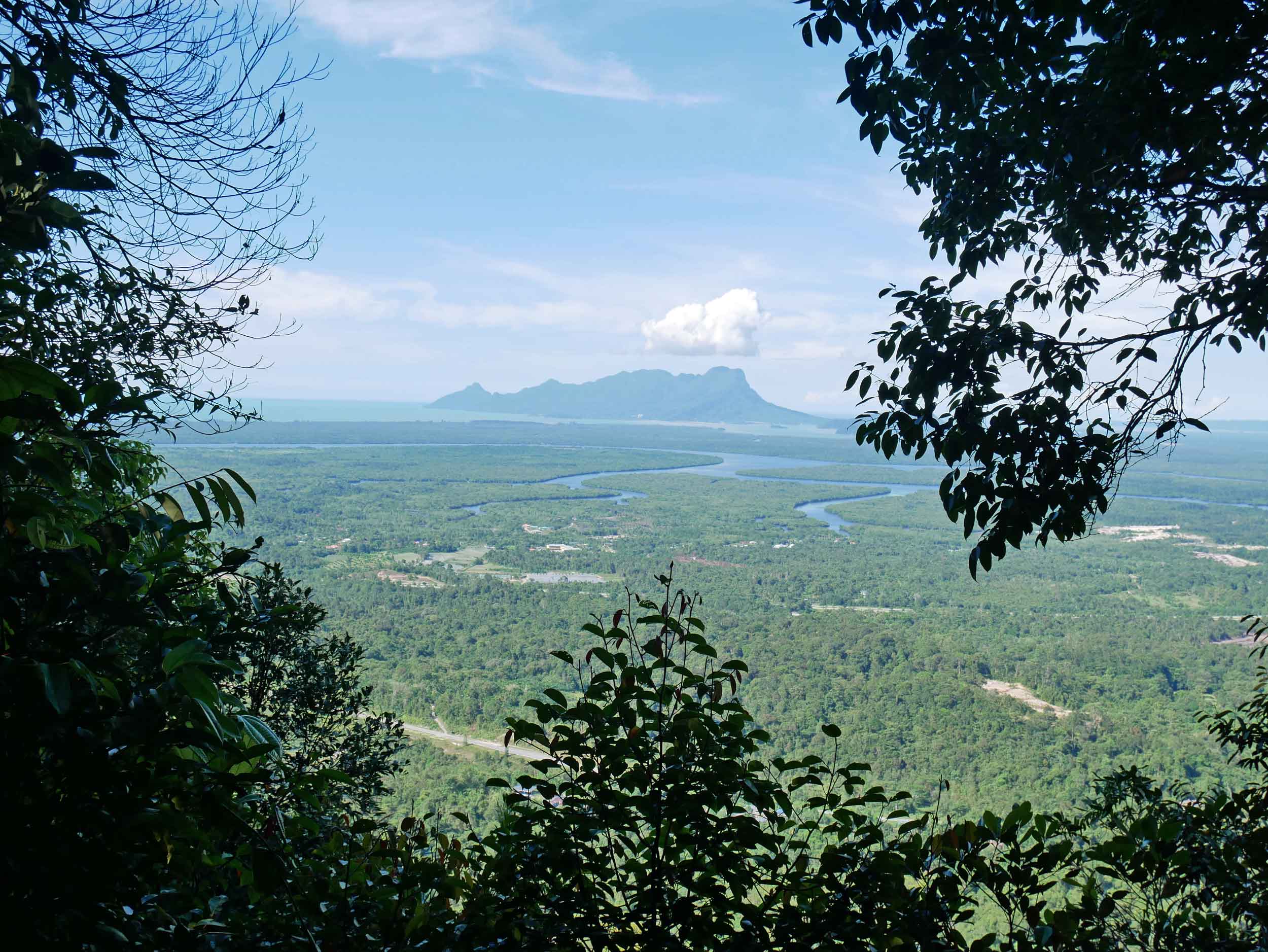
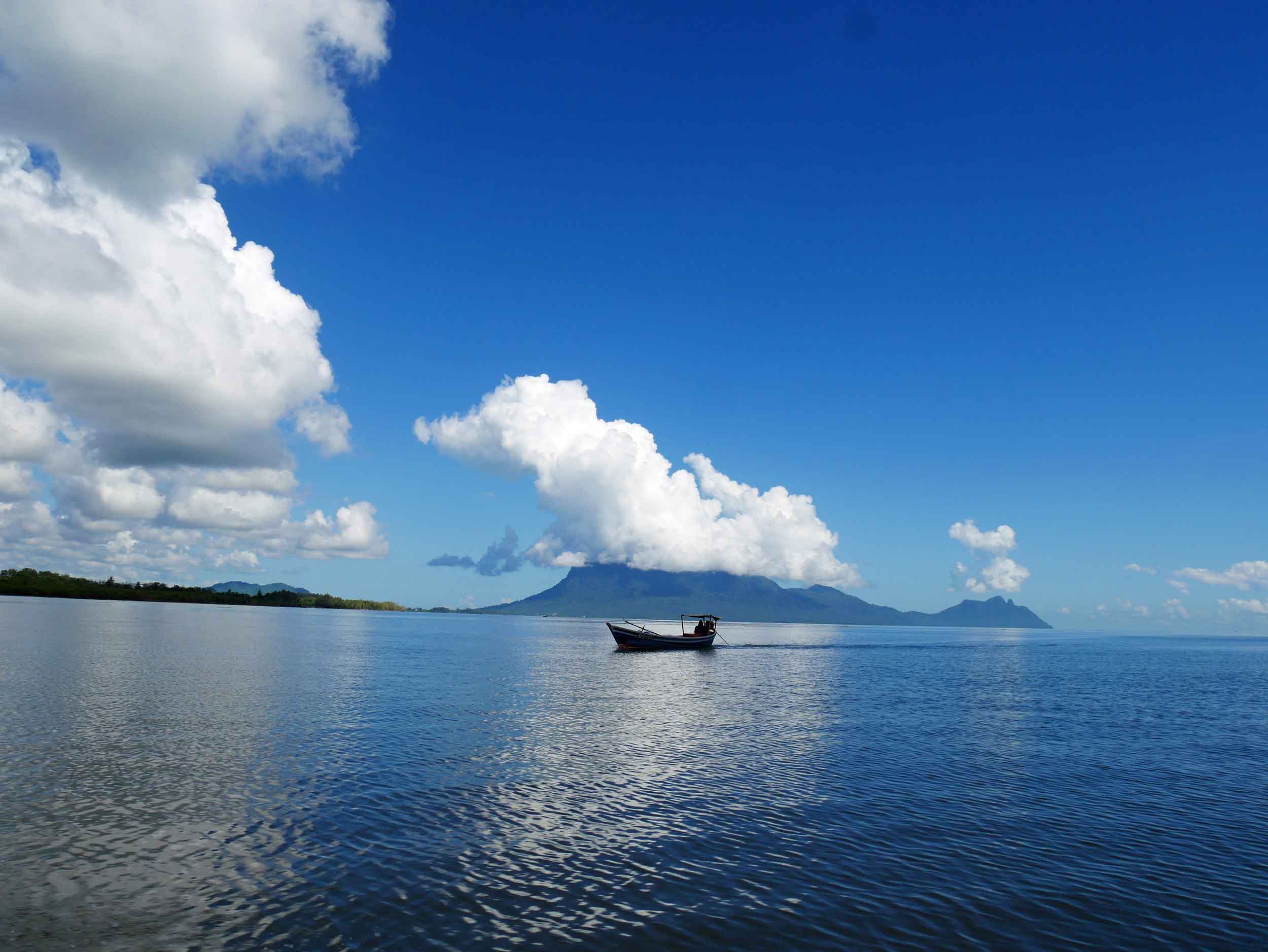
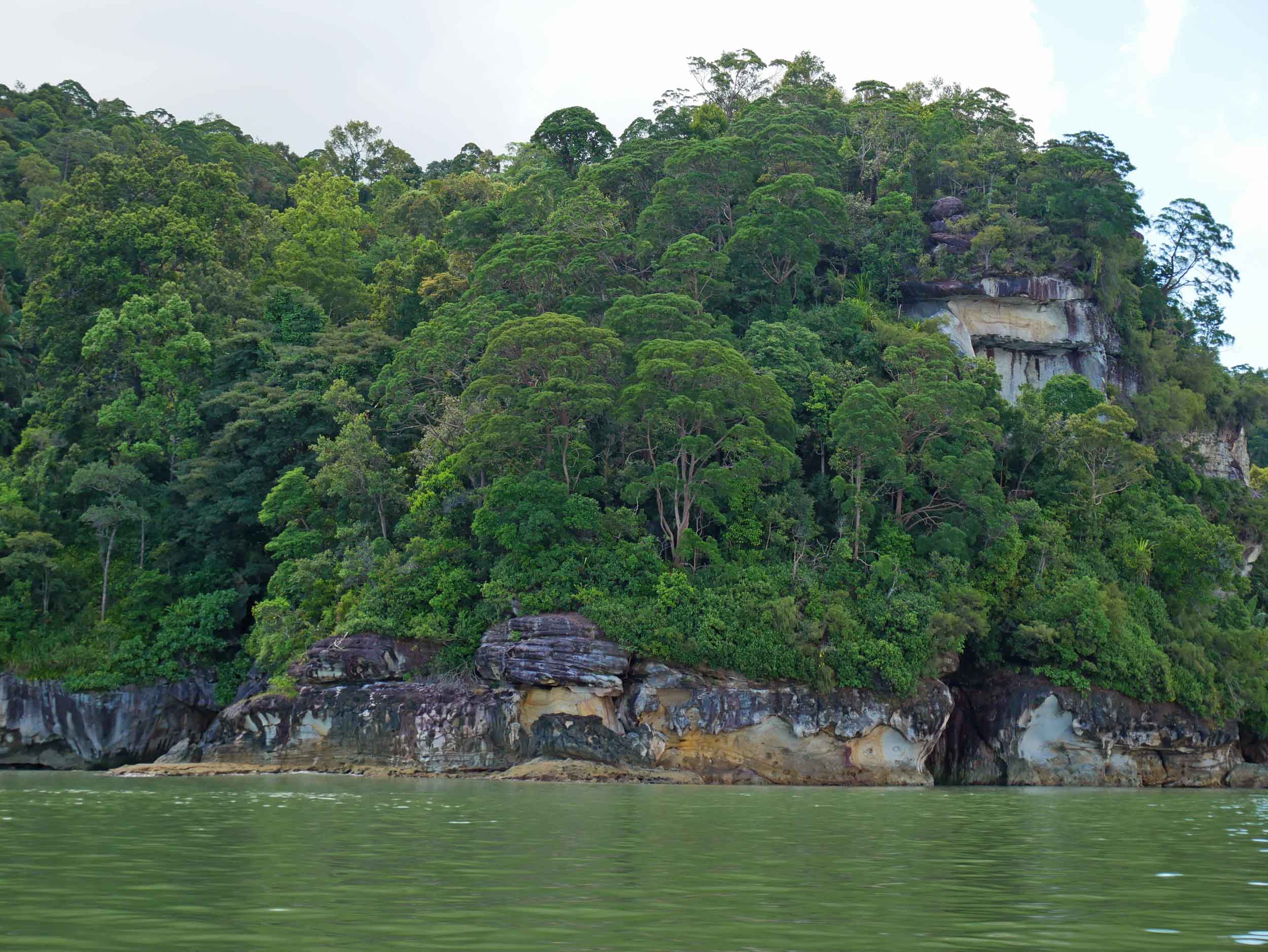
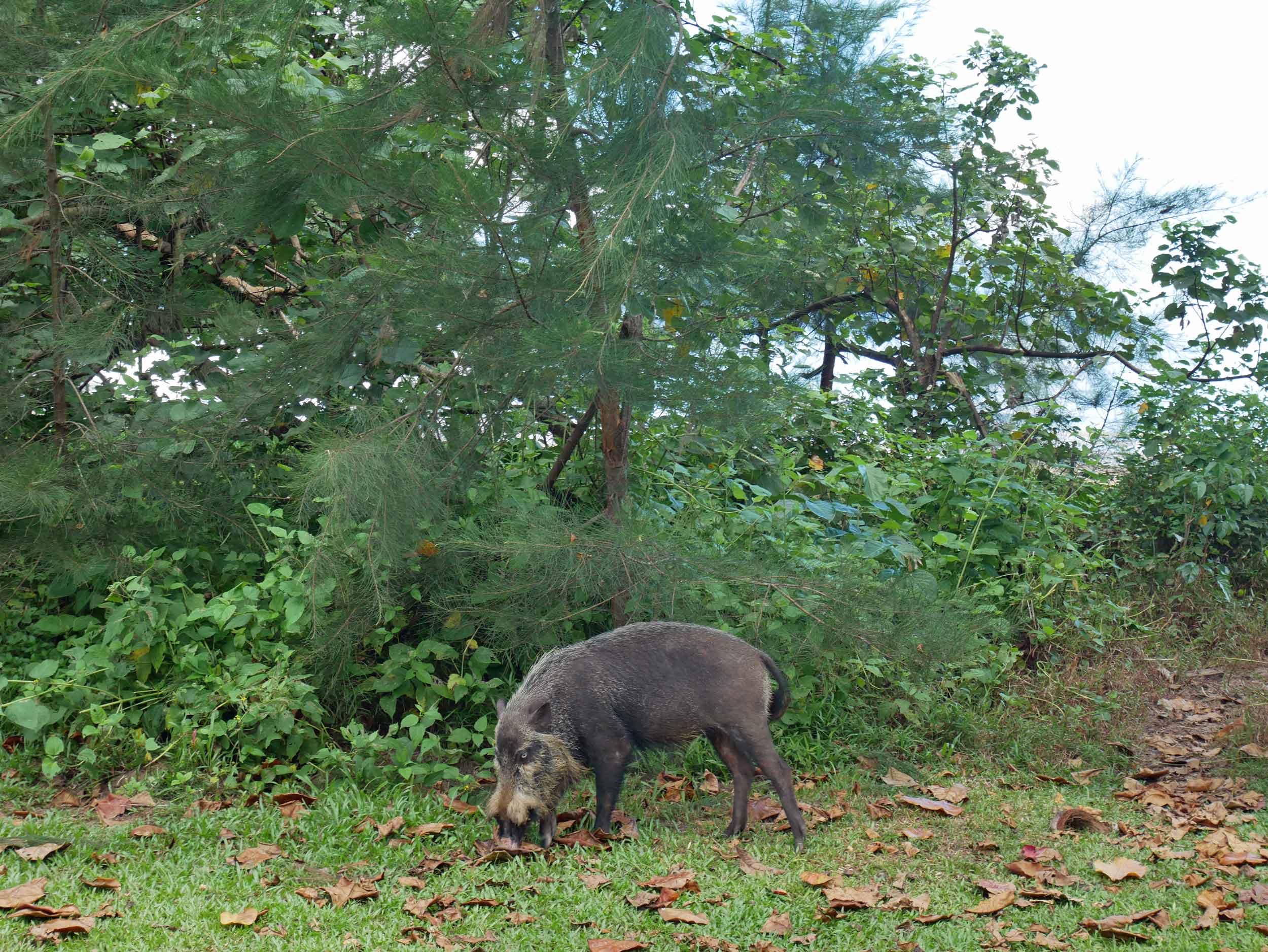
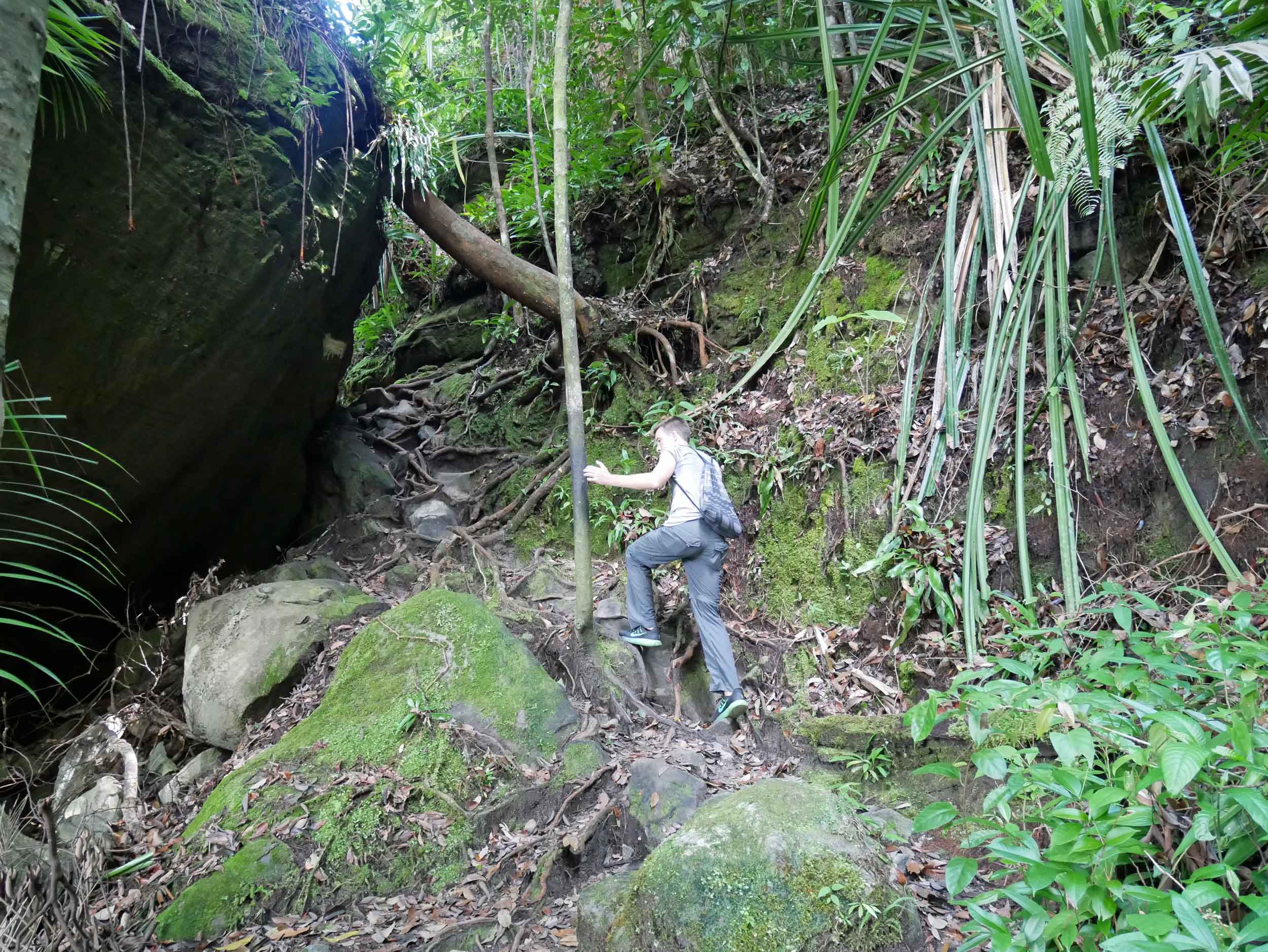
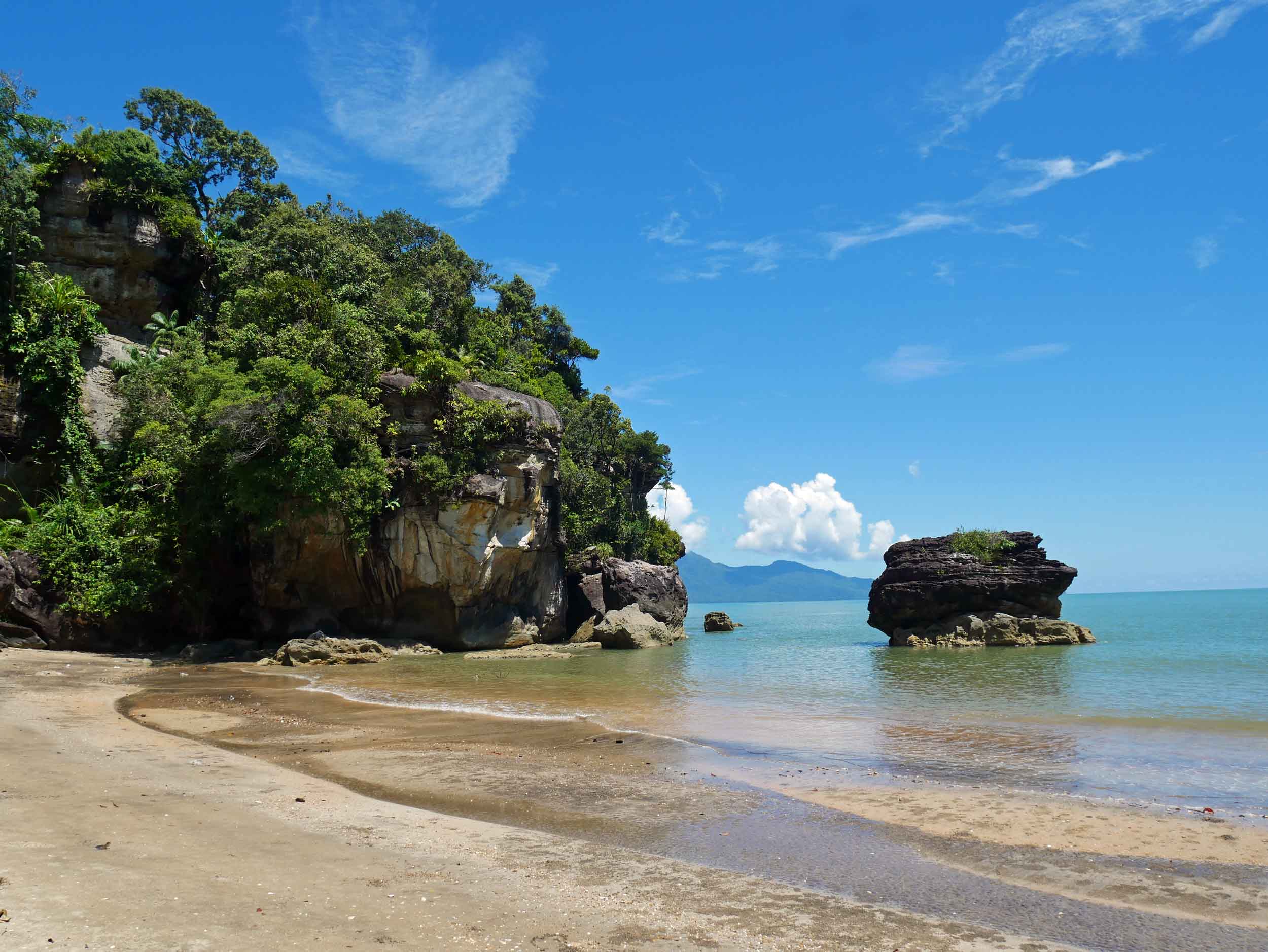
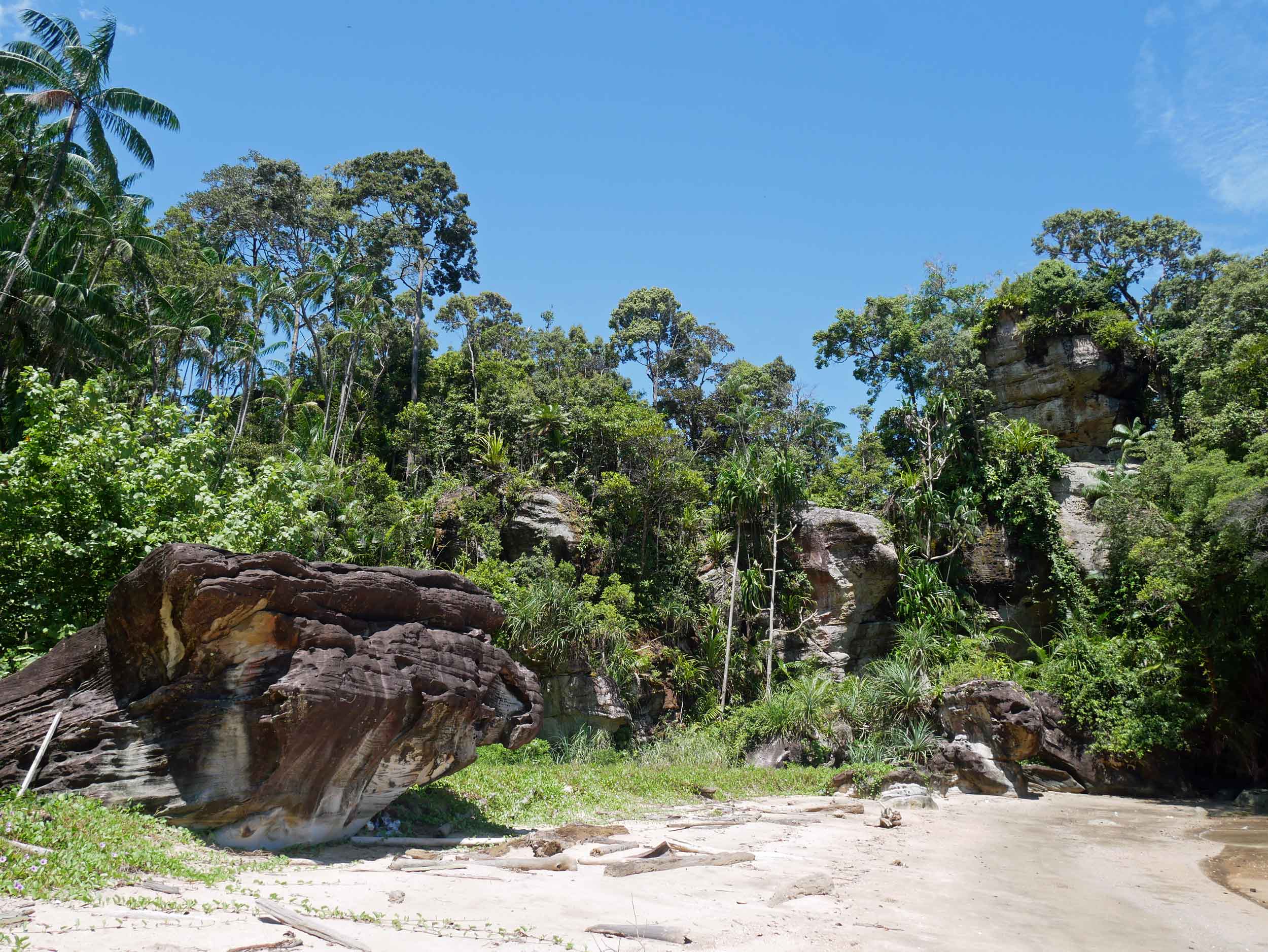
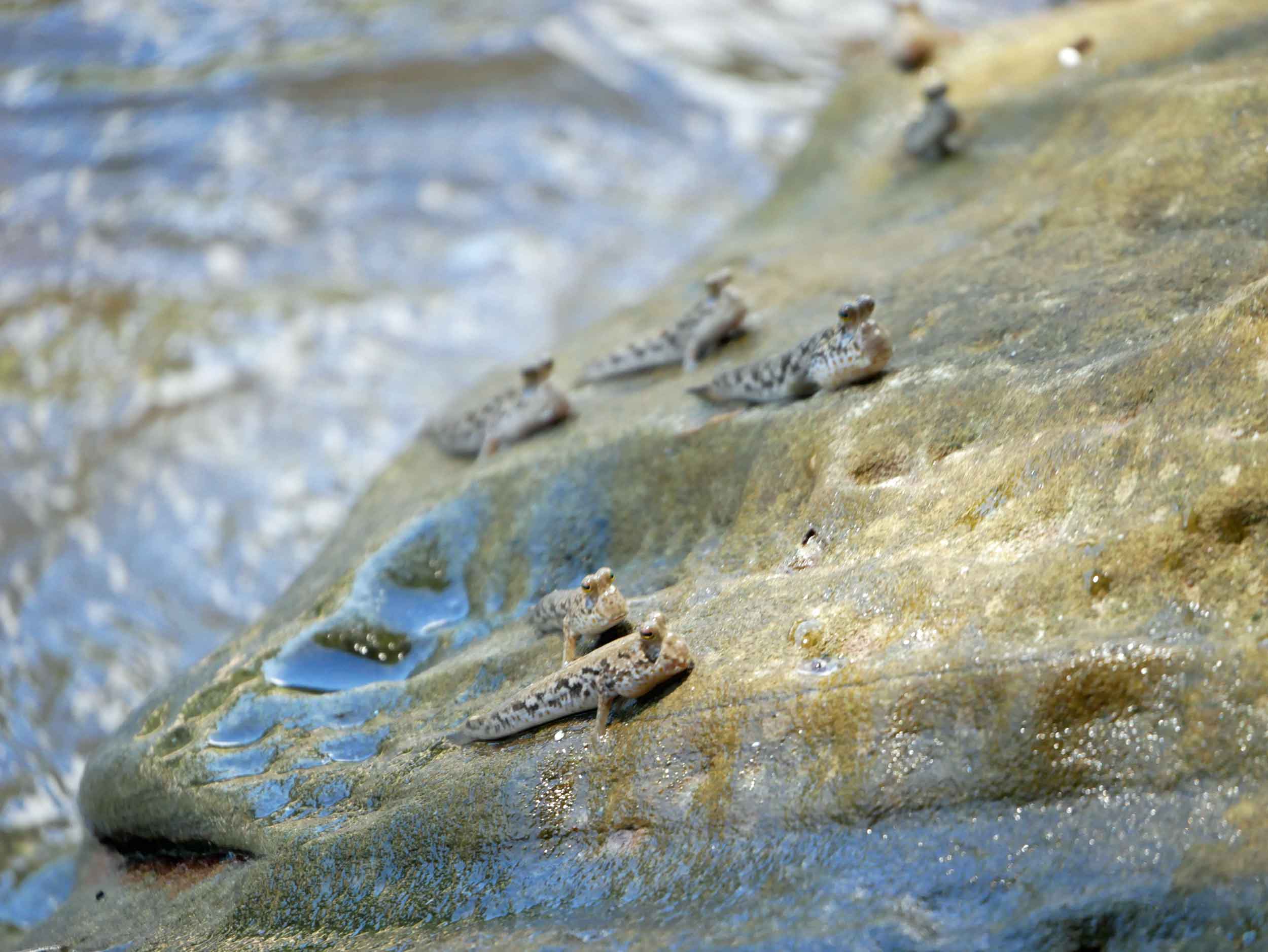
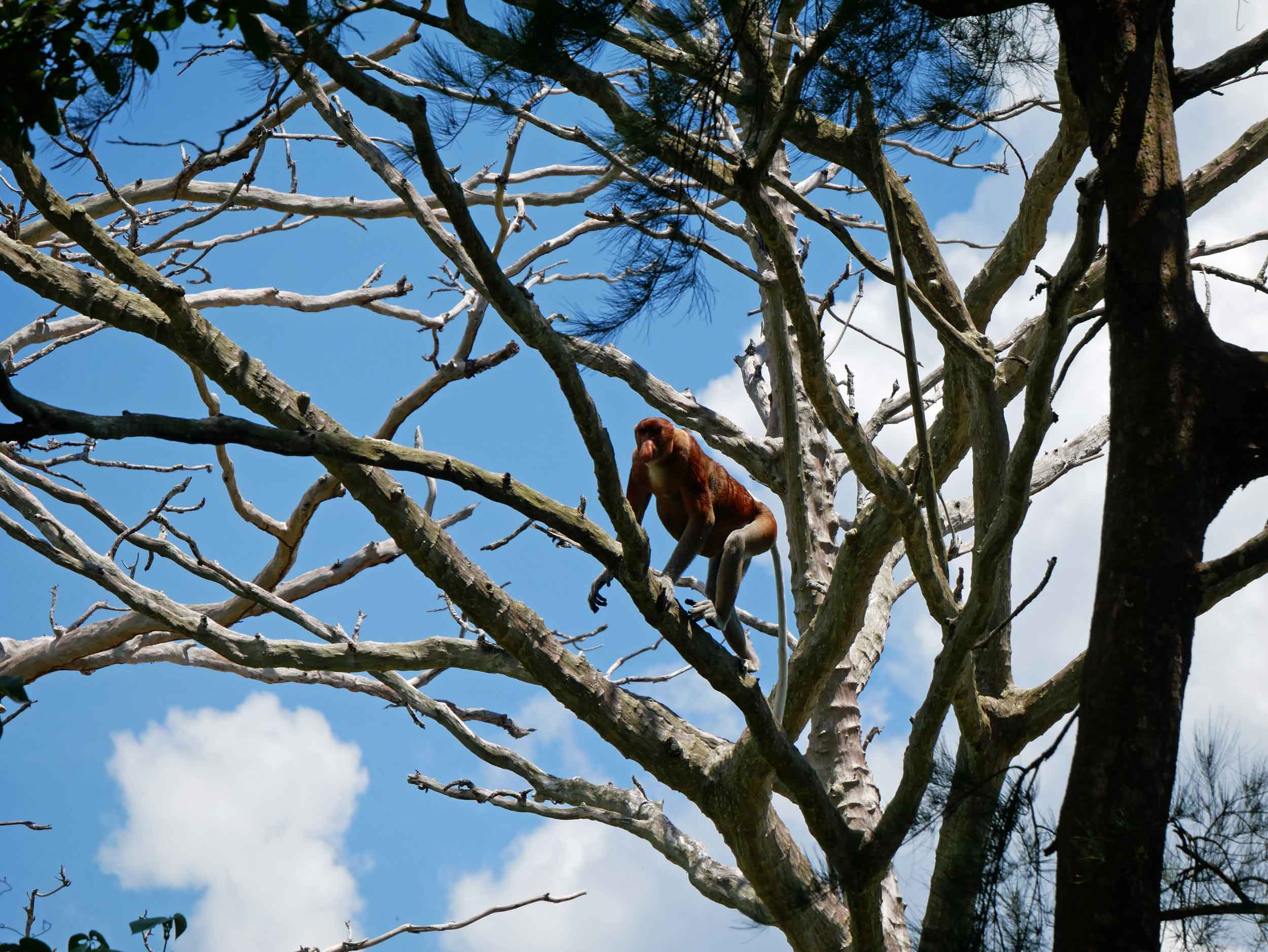
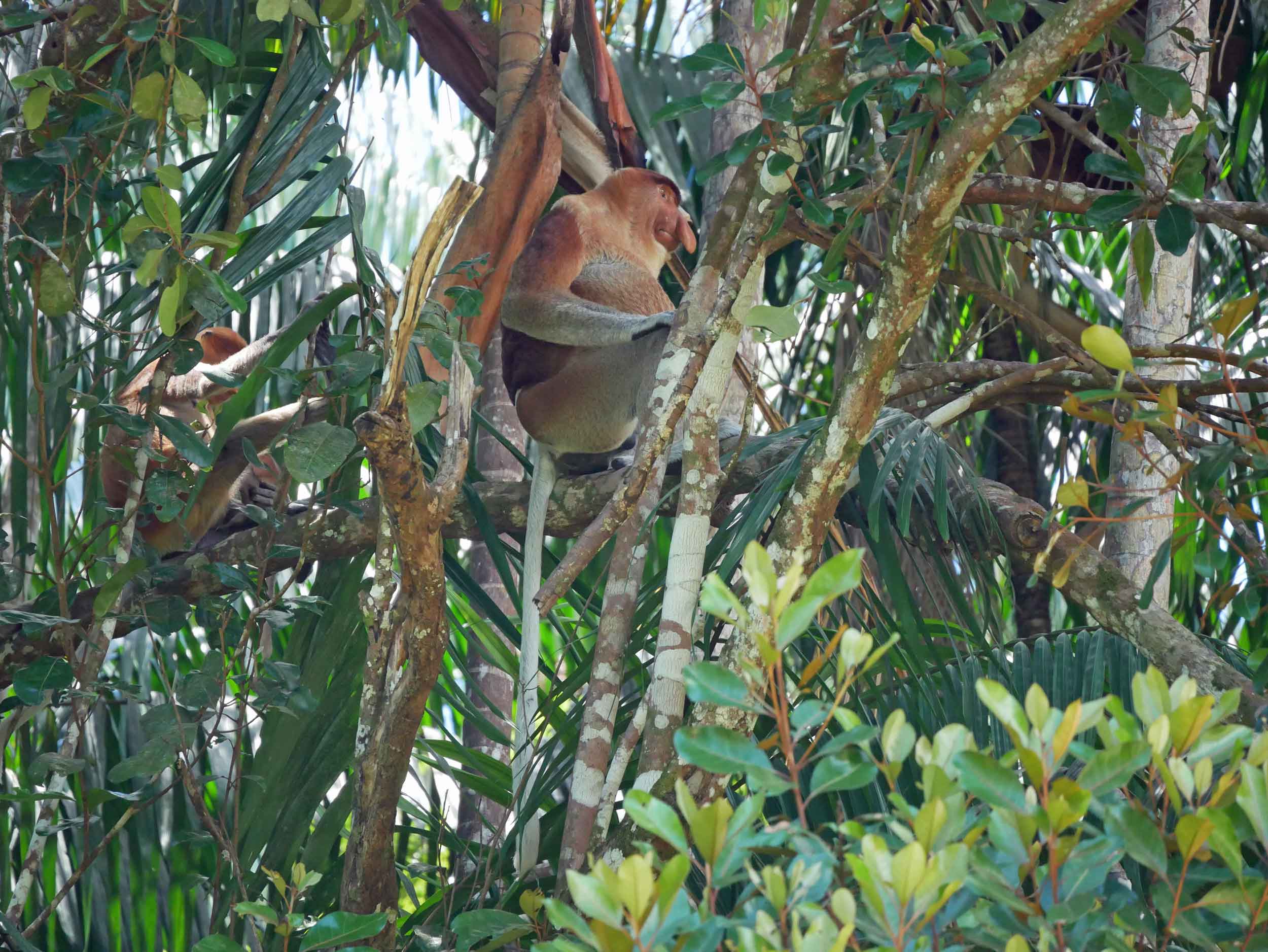
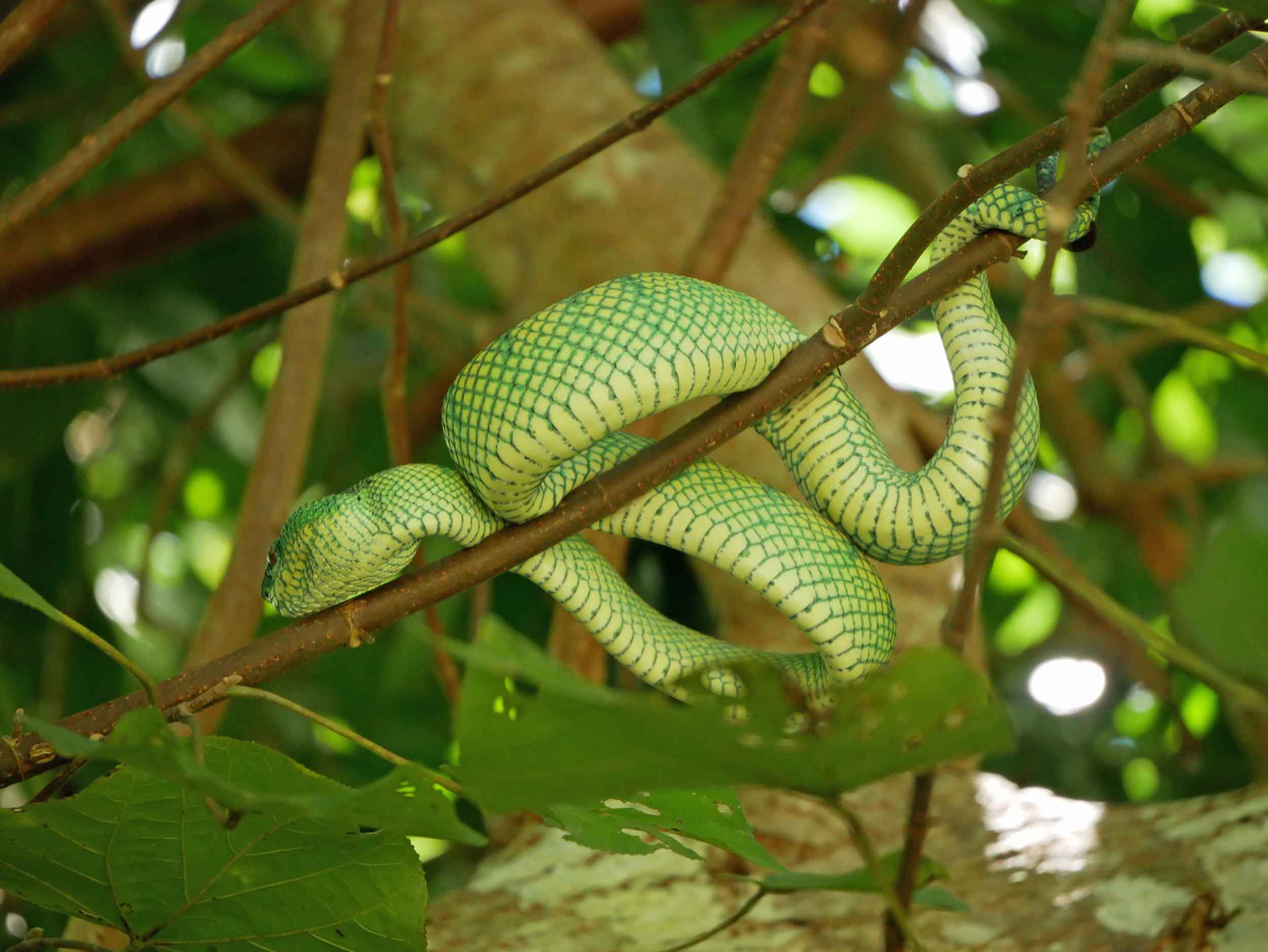
From Kuching, we looped back around to the Peninsular--or actually just off its east coast--where we spent a few brilliant days in the Perhentian Islands, a diver’s paradise in the South China Sea. With uber-clear water, healthy coral reef and loads of sea life, it was easy to spend most of our trip exploring the wide bays surrounding these twin islands. This is a simple, underdeveloped destination where visitors spend most days submerged in the tranquil waters taking in all the underwater activity, only coming to shore as the sun begins to set to feast upon a heaping plate of fried kway teow and a mango shake. We were fortunate to observe many varieties of tropical fish, a large and hungry sea turtle and three sleek reef sharks, who circled us as they gracefully moved through the water. We still dream of the vibrant and colorful life flourishing around these isolated islands.
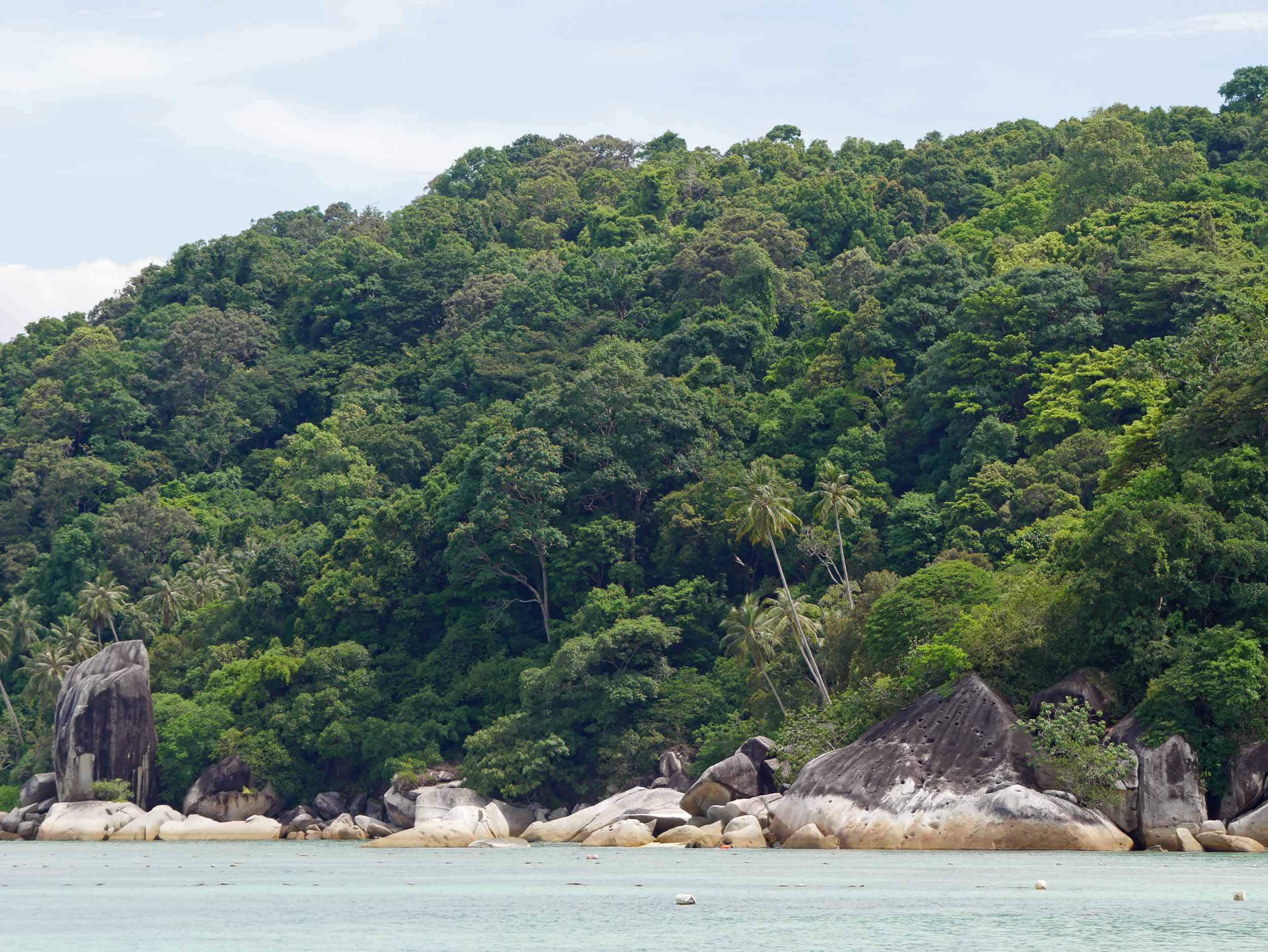
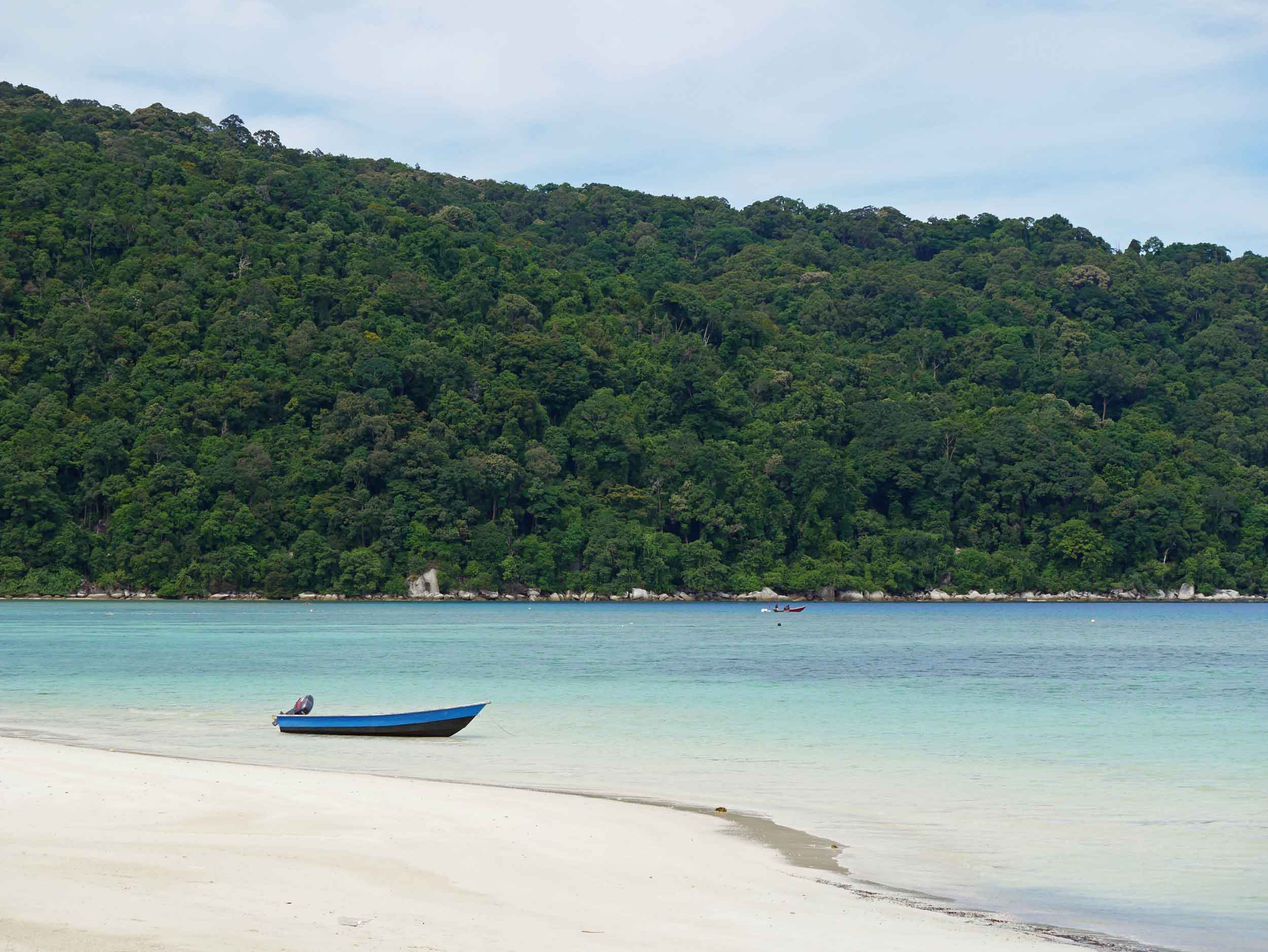
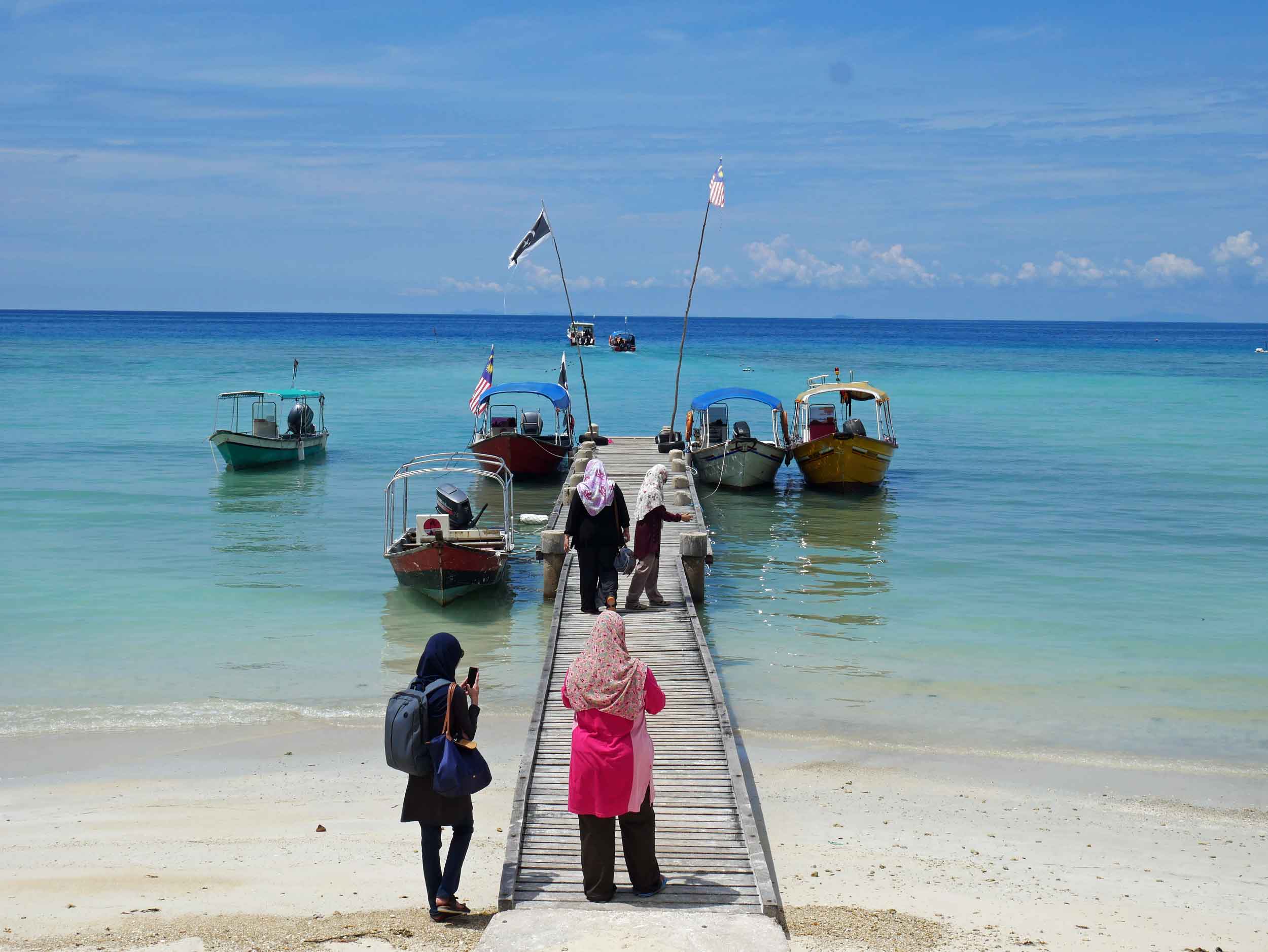
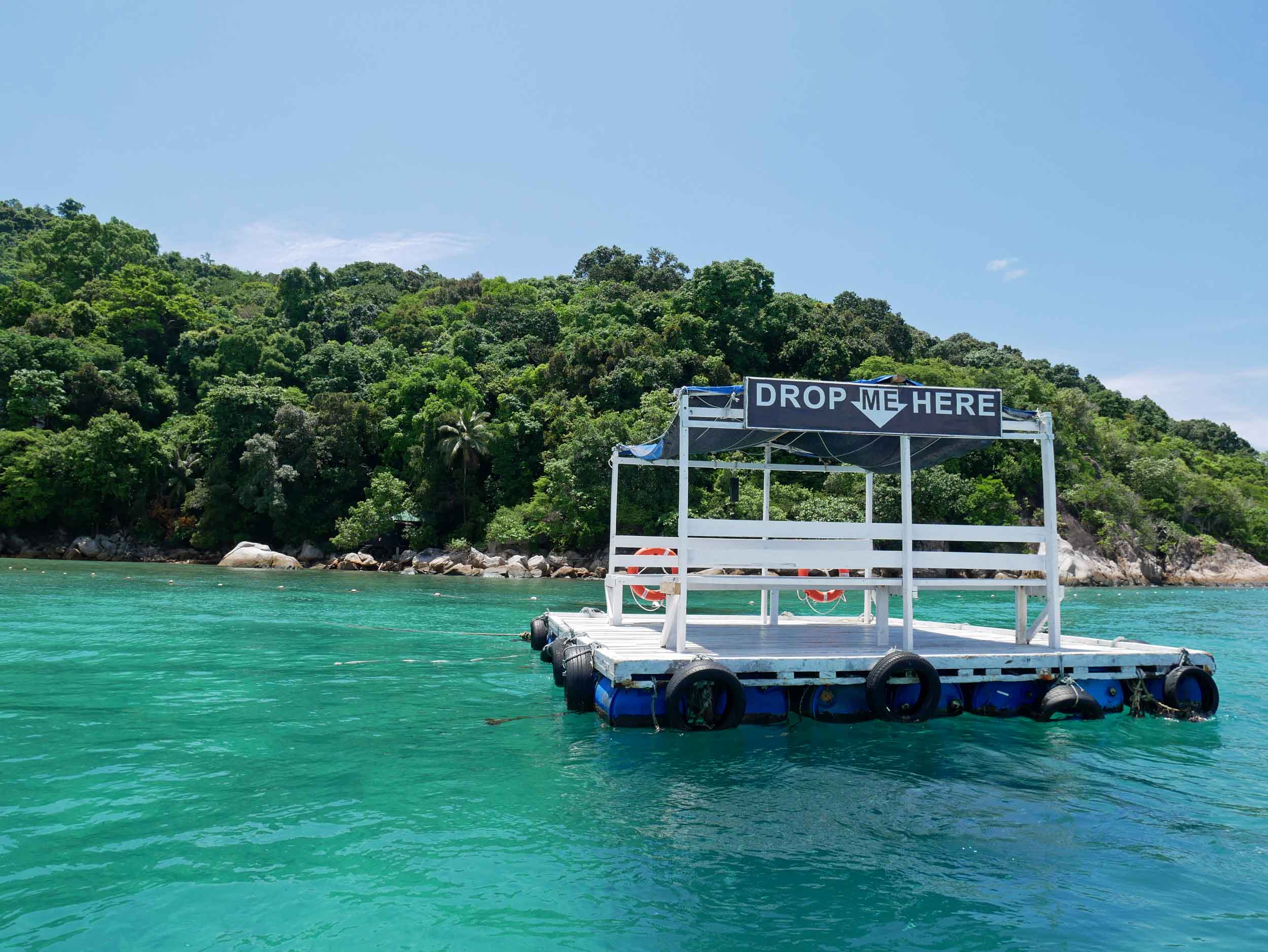
Back on the Malaysian mainland, we were off to Kuala Lumper, the cosmopolitan capital city of more than seven million. A mix of high and low, sophistication and grit, KL--as it is fondly called--felt to us as if Singapore and Bangkok had a baby, which does make some sense given its location between the two. For example, we ate savory Indian food on the street, only to get our hair cut by immigrant Afghan barbers the next day at British import Truefitt and Hill (still a bargain compared to our New York City trims). We also fell for cool and trendy VCR Café, where we spent hot afternoons re-caffeinating and writing alongside locals, while the mornings were dedicated to exploring KL's old town, full of colonial architecture, houses of worship, and the city’s historic cricket green. And we ate at fashionable Merchant’s Lane in Chinatown, while later that day we bumped our way through the busy and overcrowded Abdul Rahman Night Market, which sets up on Saturday nights with hawkers selling everything from traditional dress to smelly durian fruit.
Besides all the shopping and eating, and of course, craning our necks to spot the city's soaring Petronas Twin Towers—the tallest in the world—, we also checked out a few of KL’s quirky points of interest, like the Bird Park and the Eco Forest canopy walk, which takes visitors high above the Malaysian capital's central rainforest. At the Bird Park, all types and varieties of native birds are (mostly) free to roam wherever they like without letting humans get in the way. There are a few sections that are more zoo-like than bird free-for-all, which is a pity to see, but if you find birds strange and intriguing, this was an excellent way to spend a morning in KL. The canopy walk, at the base of the city's iconic Menara communications tower, was a free and unique way to explore local flora and fauna with the impressive KL skyline serving as backdrop.
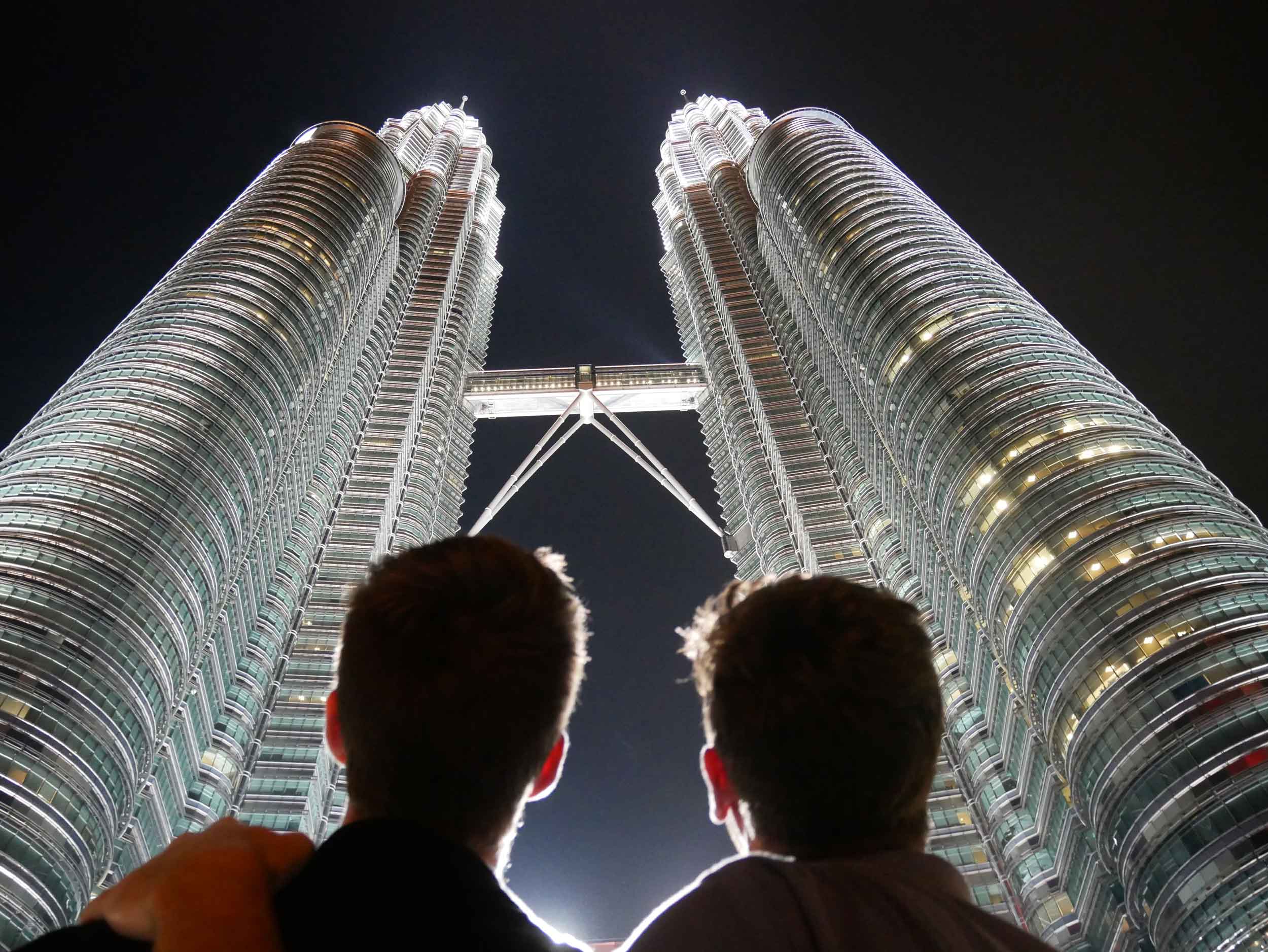
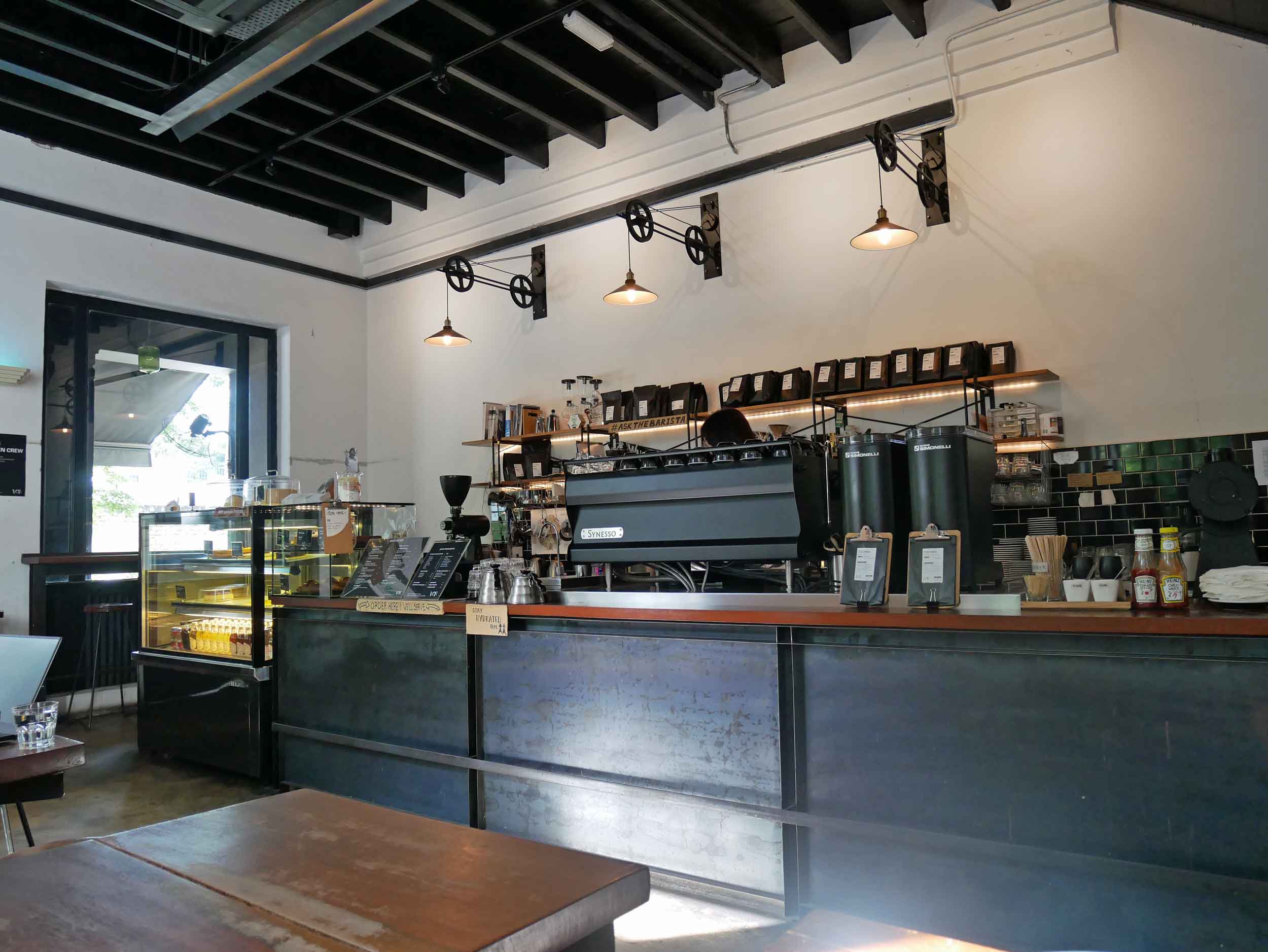
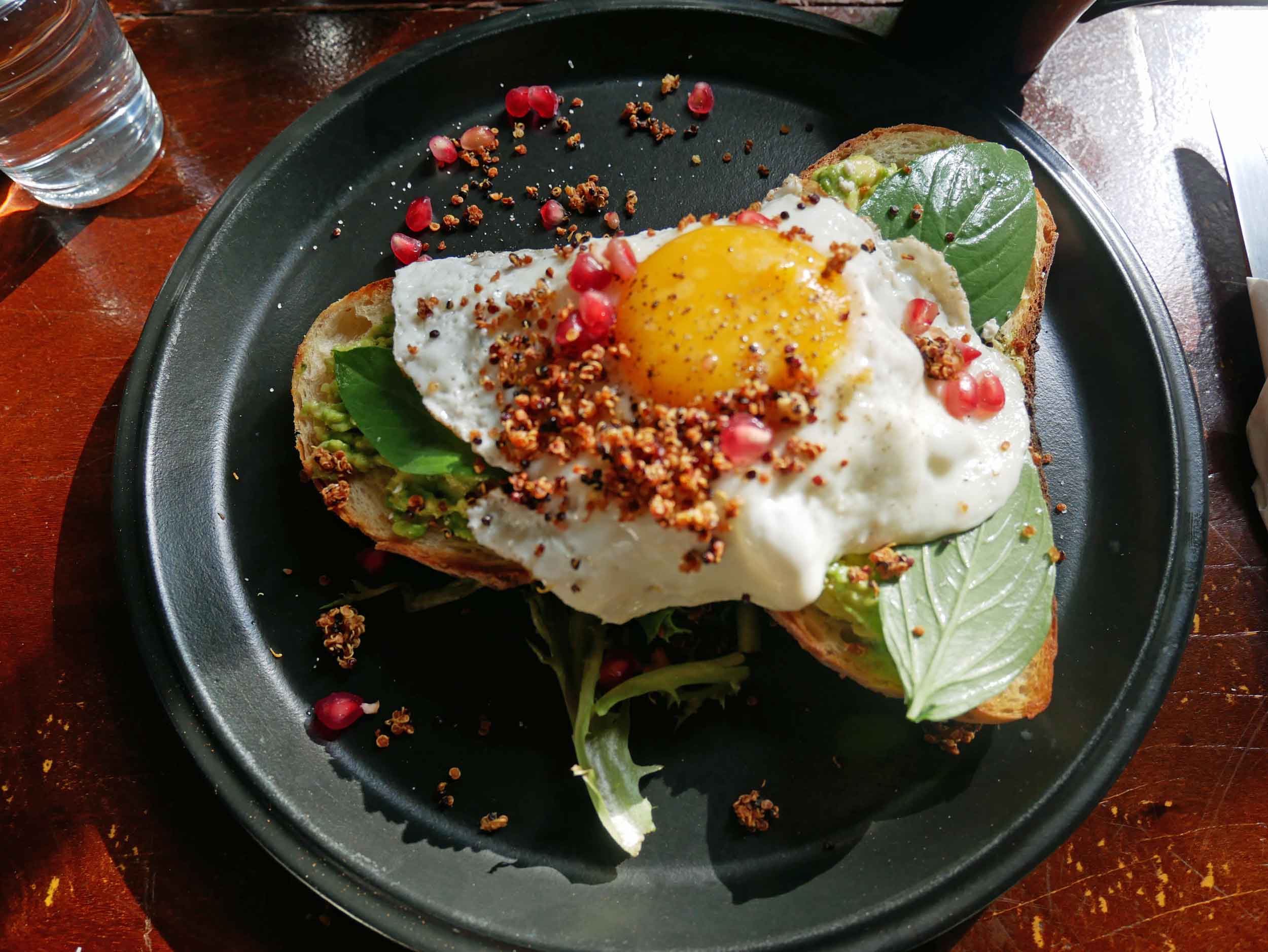
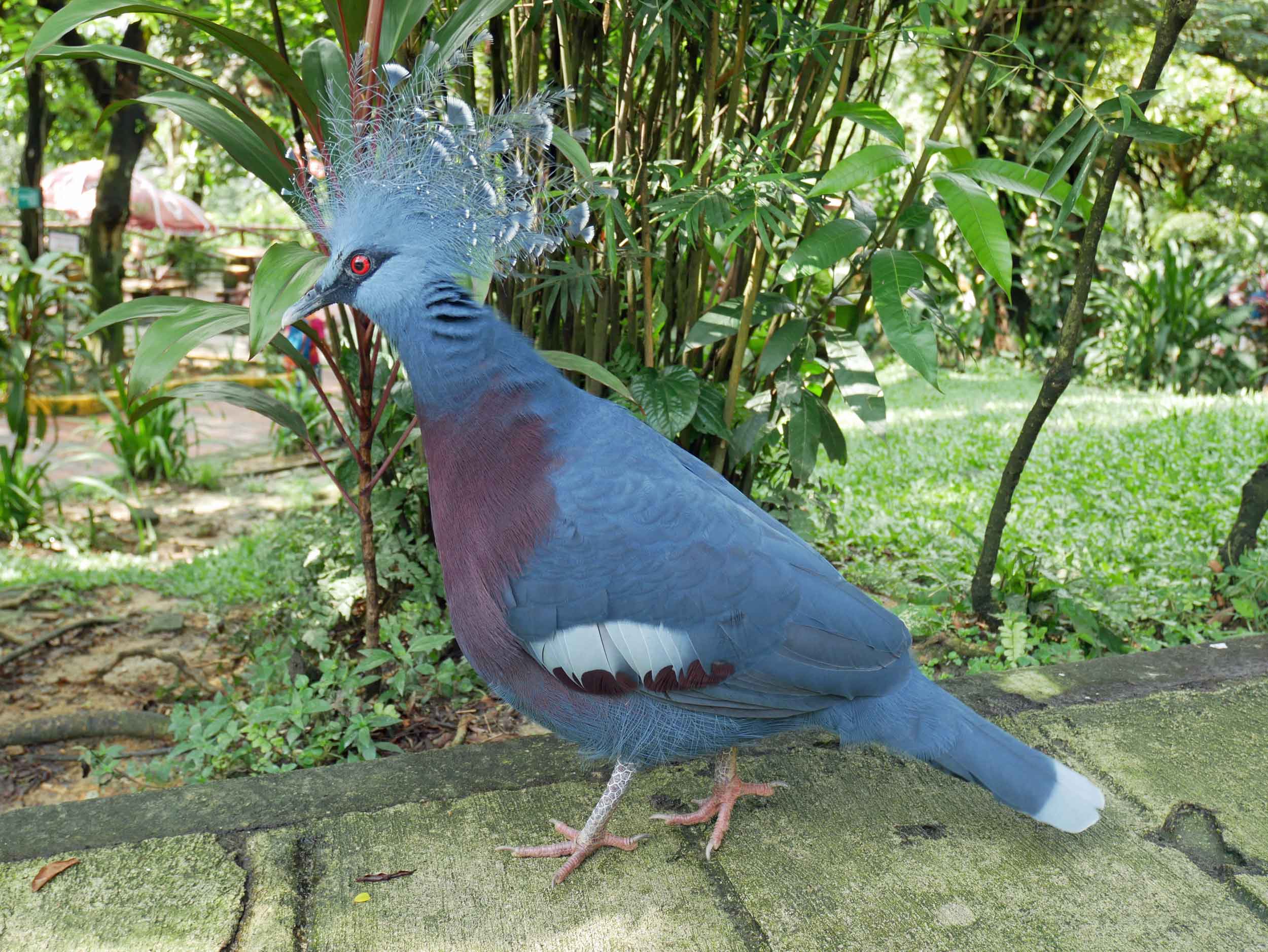
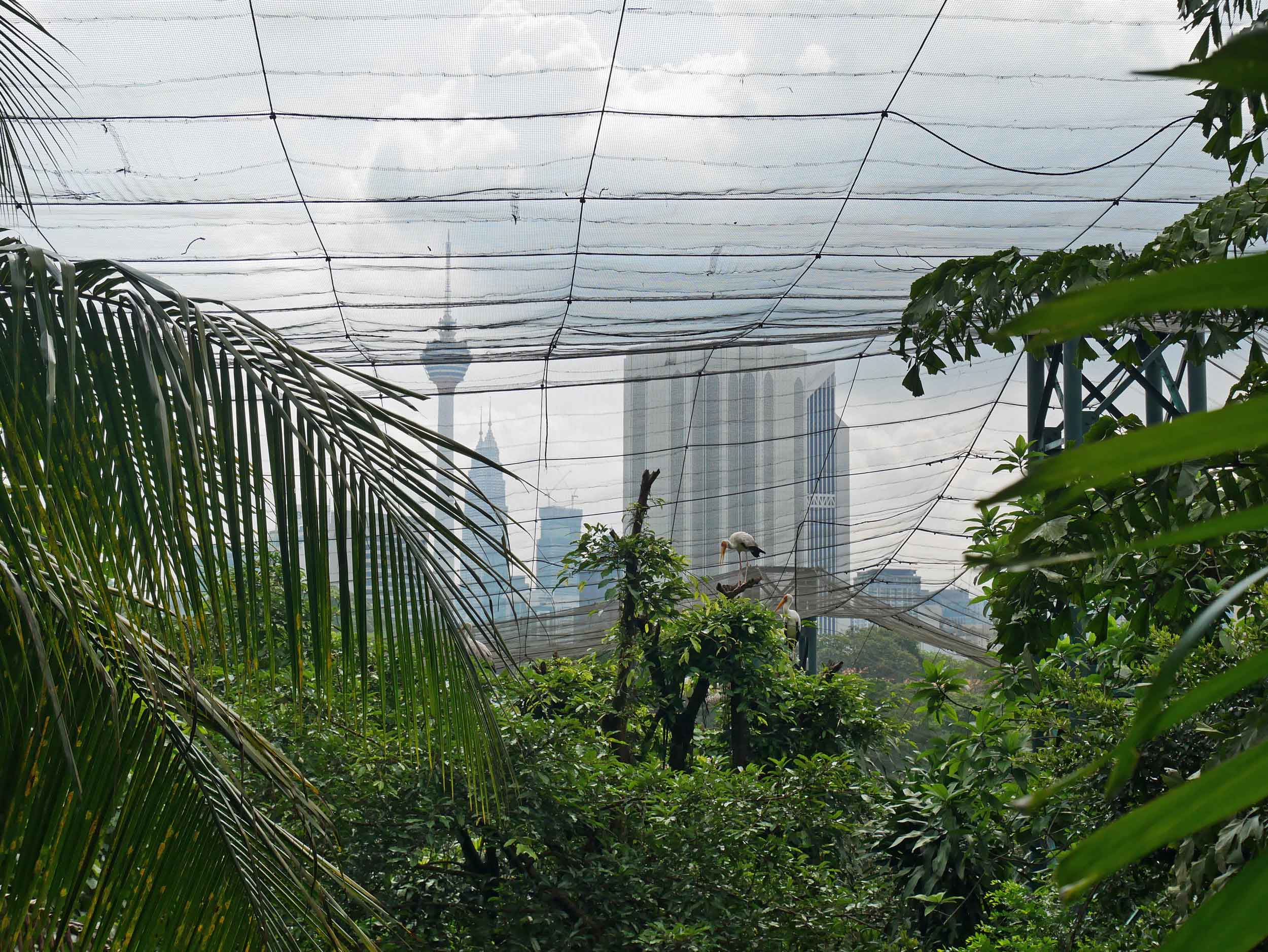
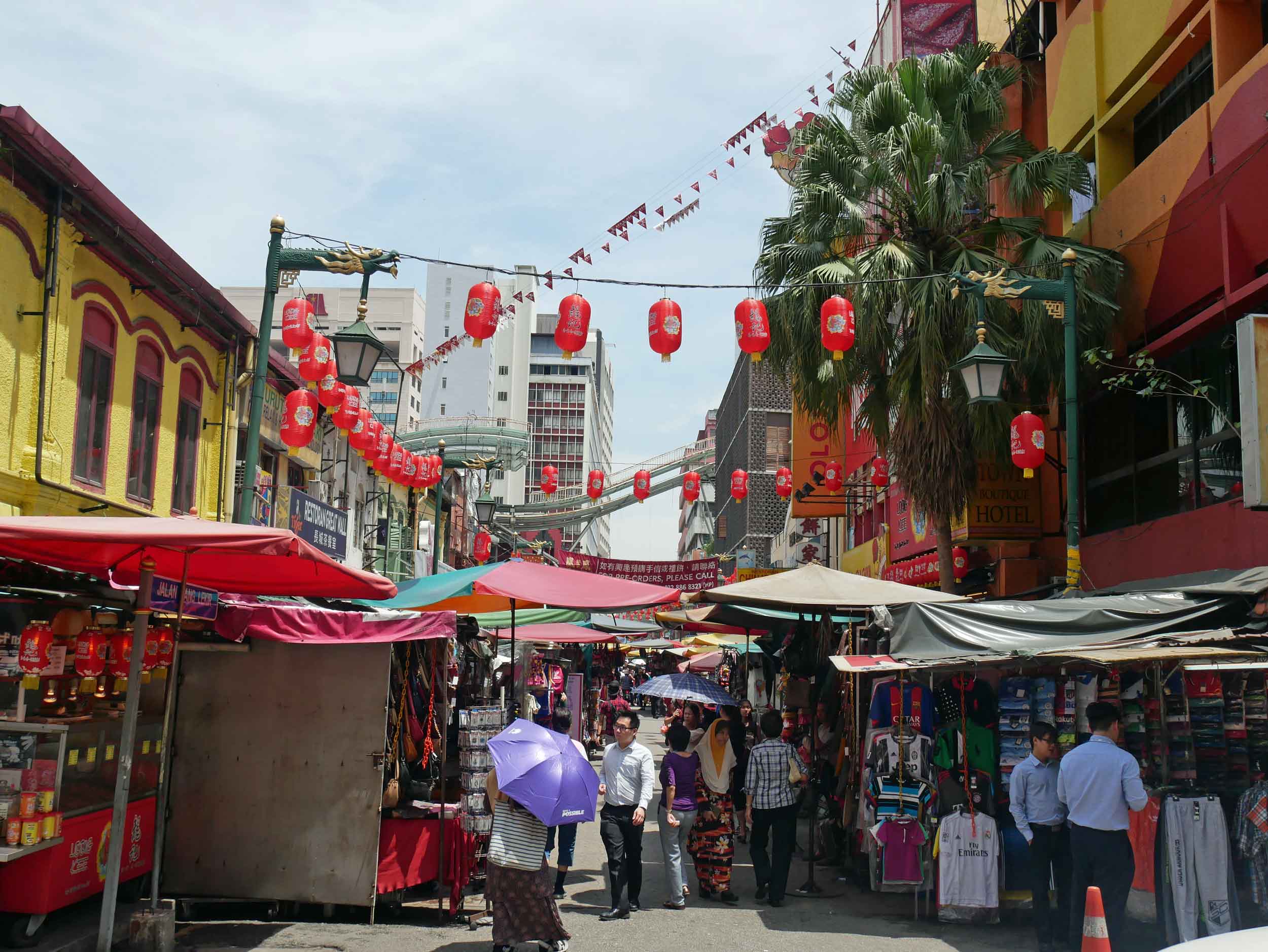
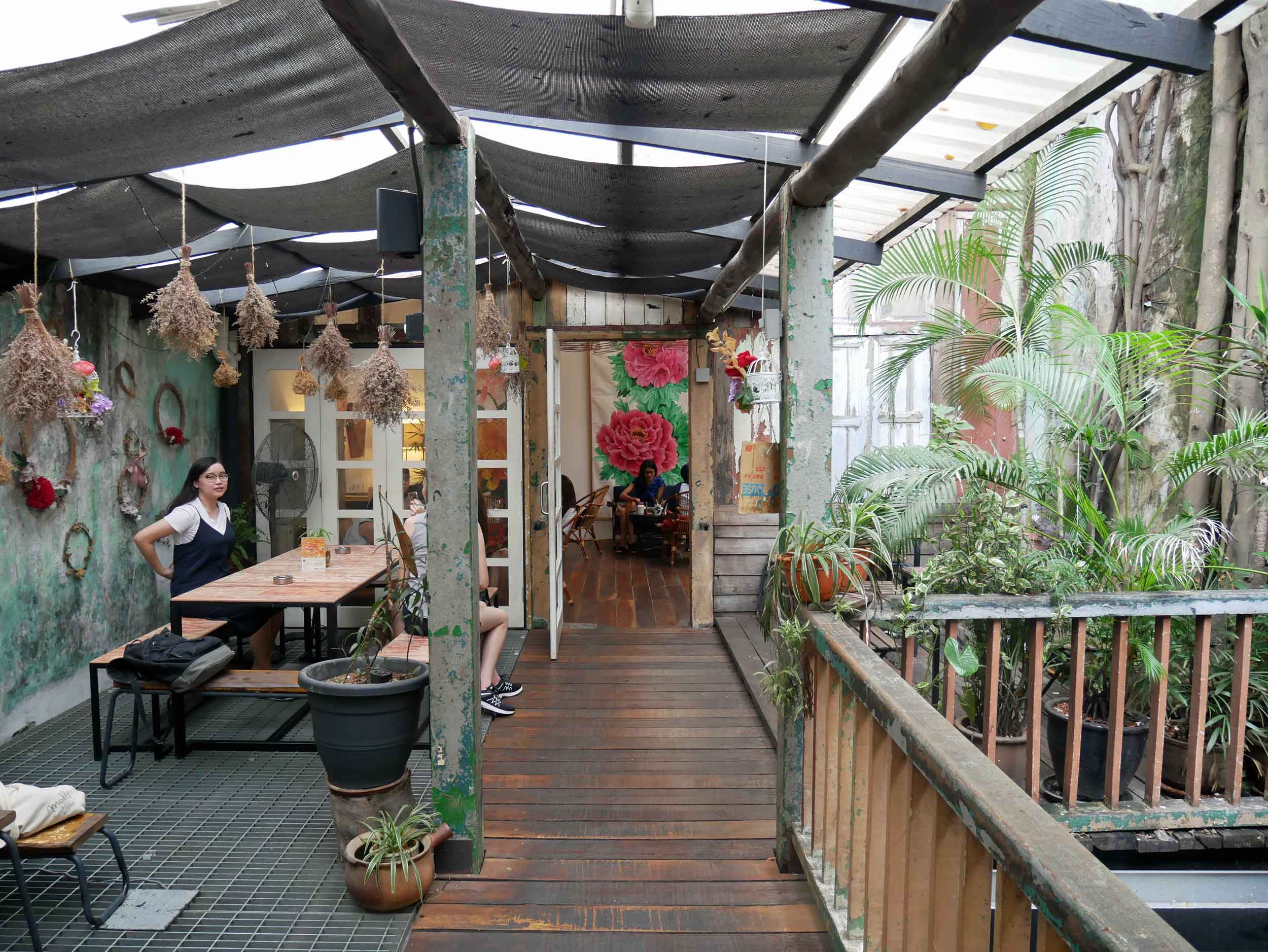
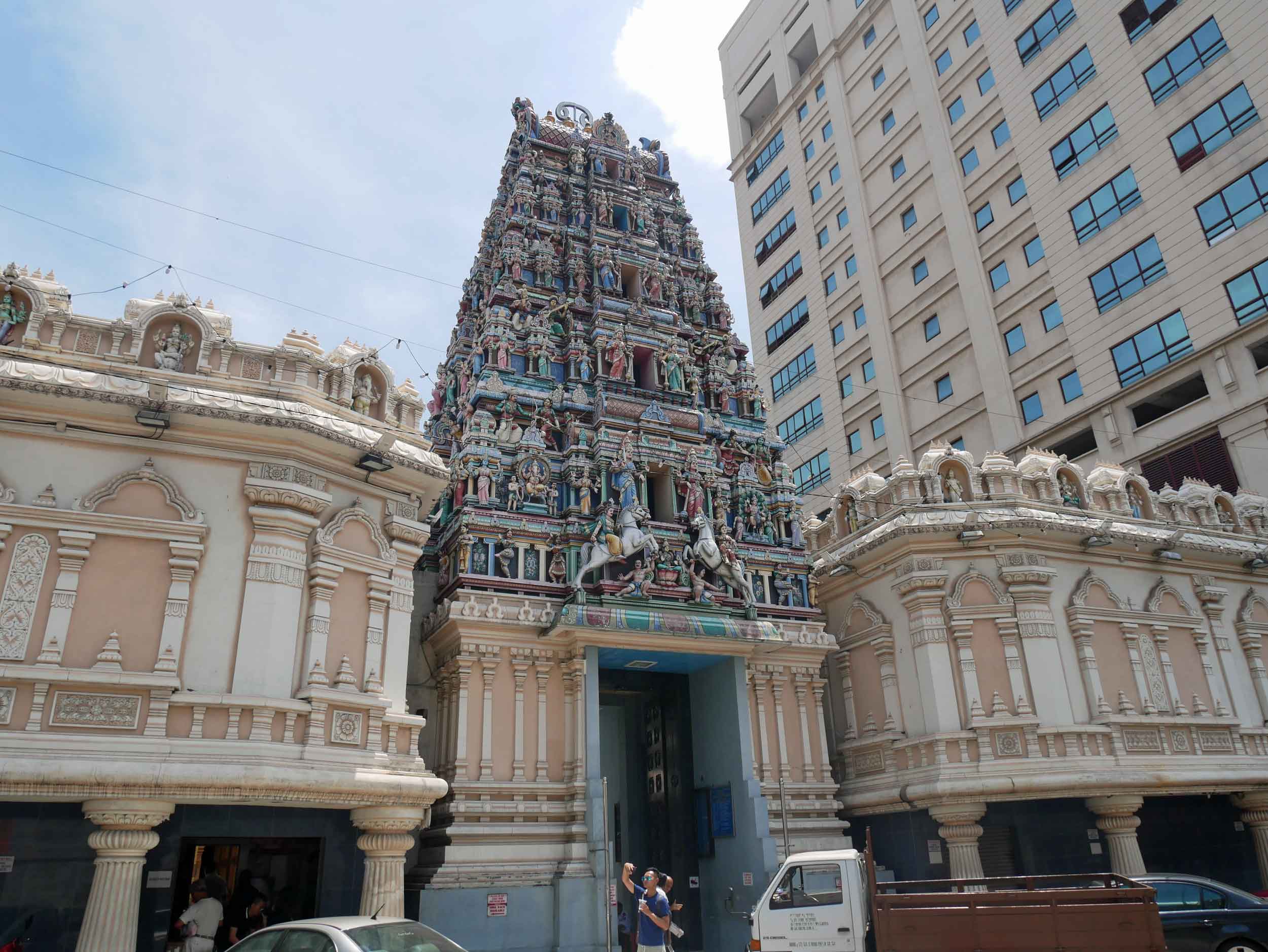
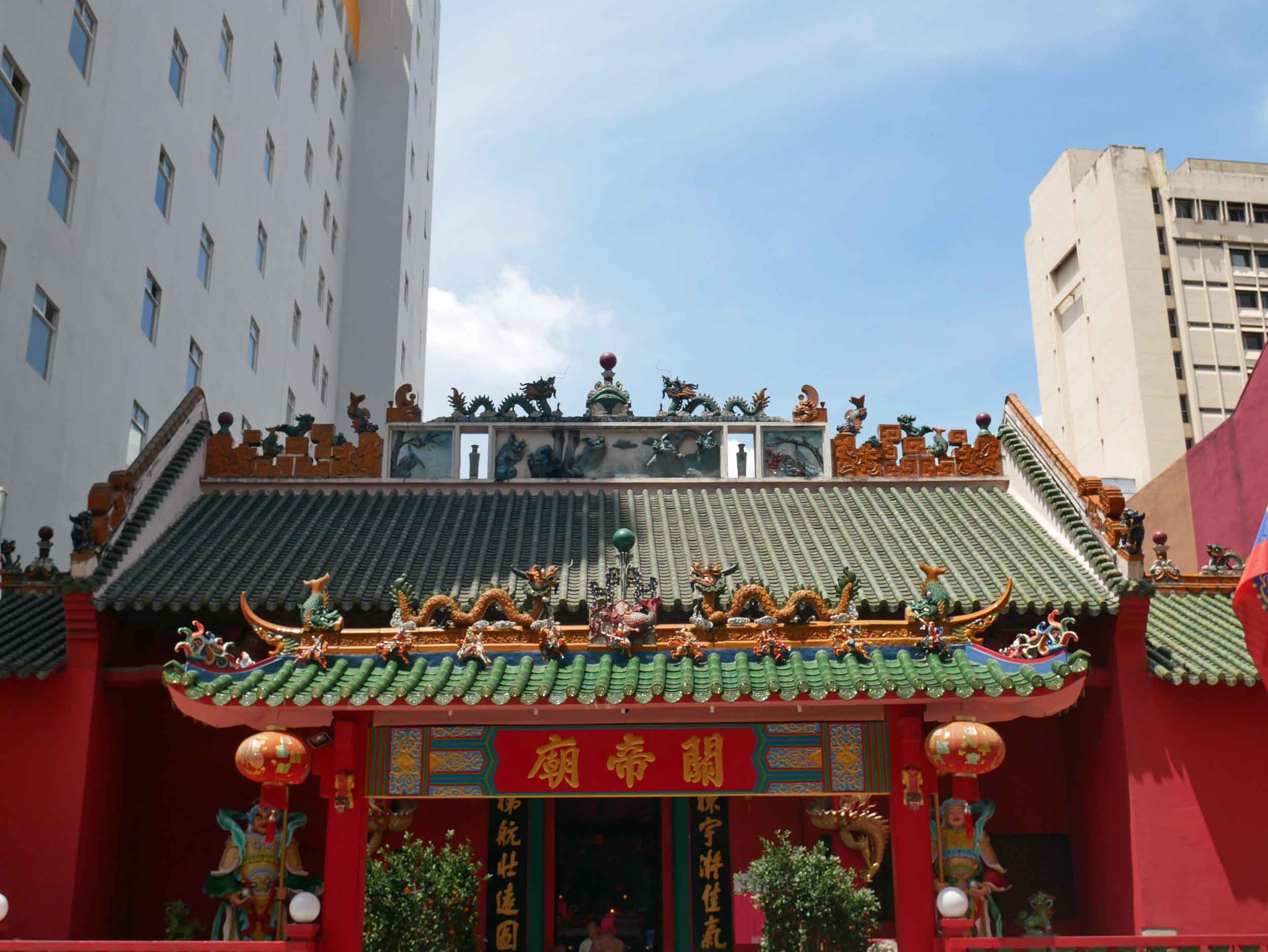

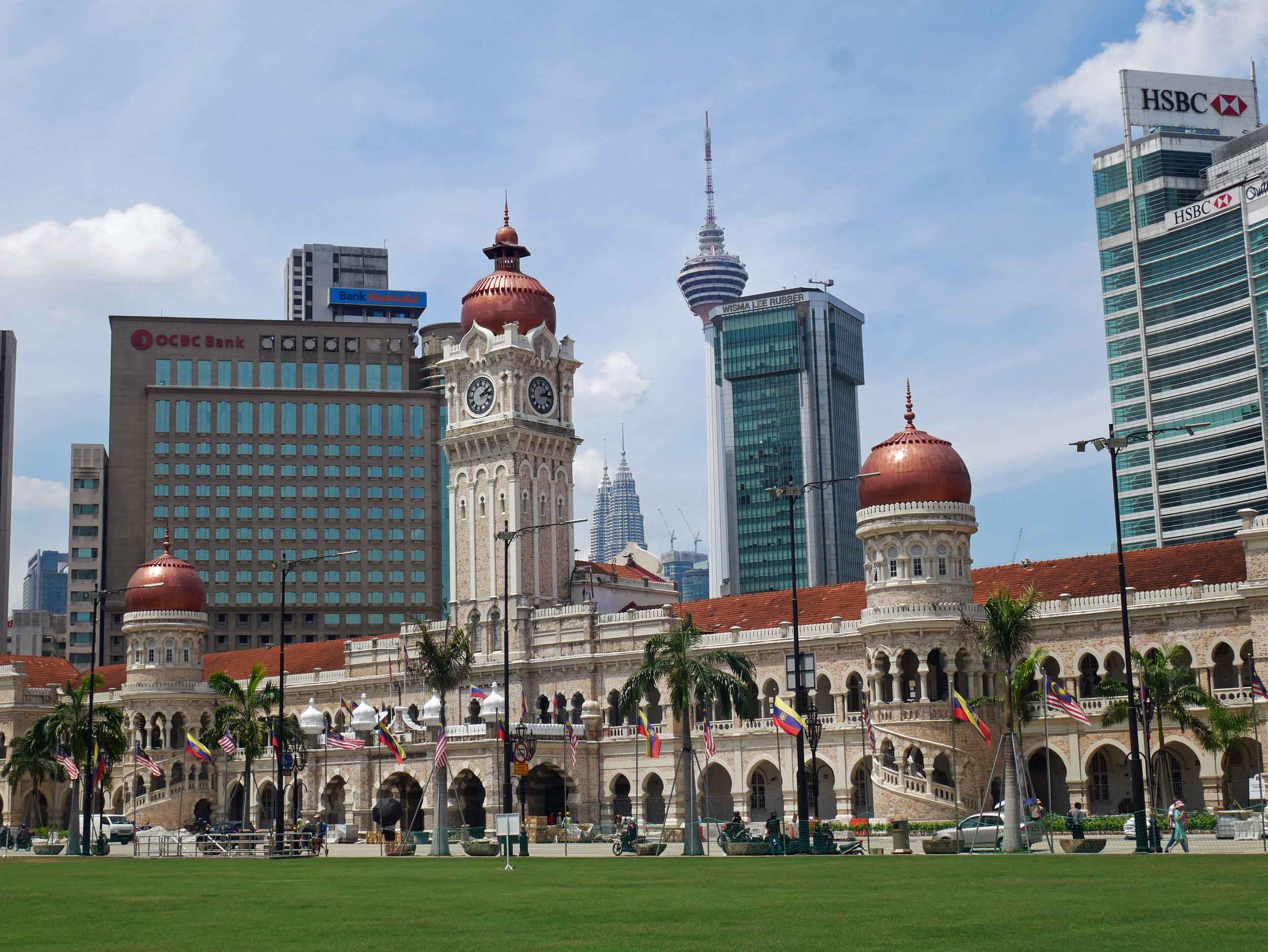
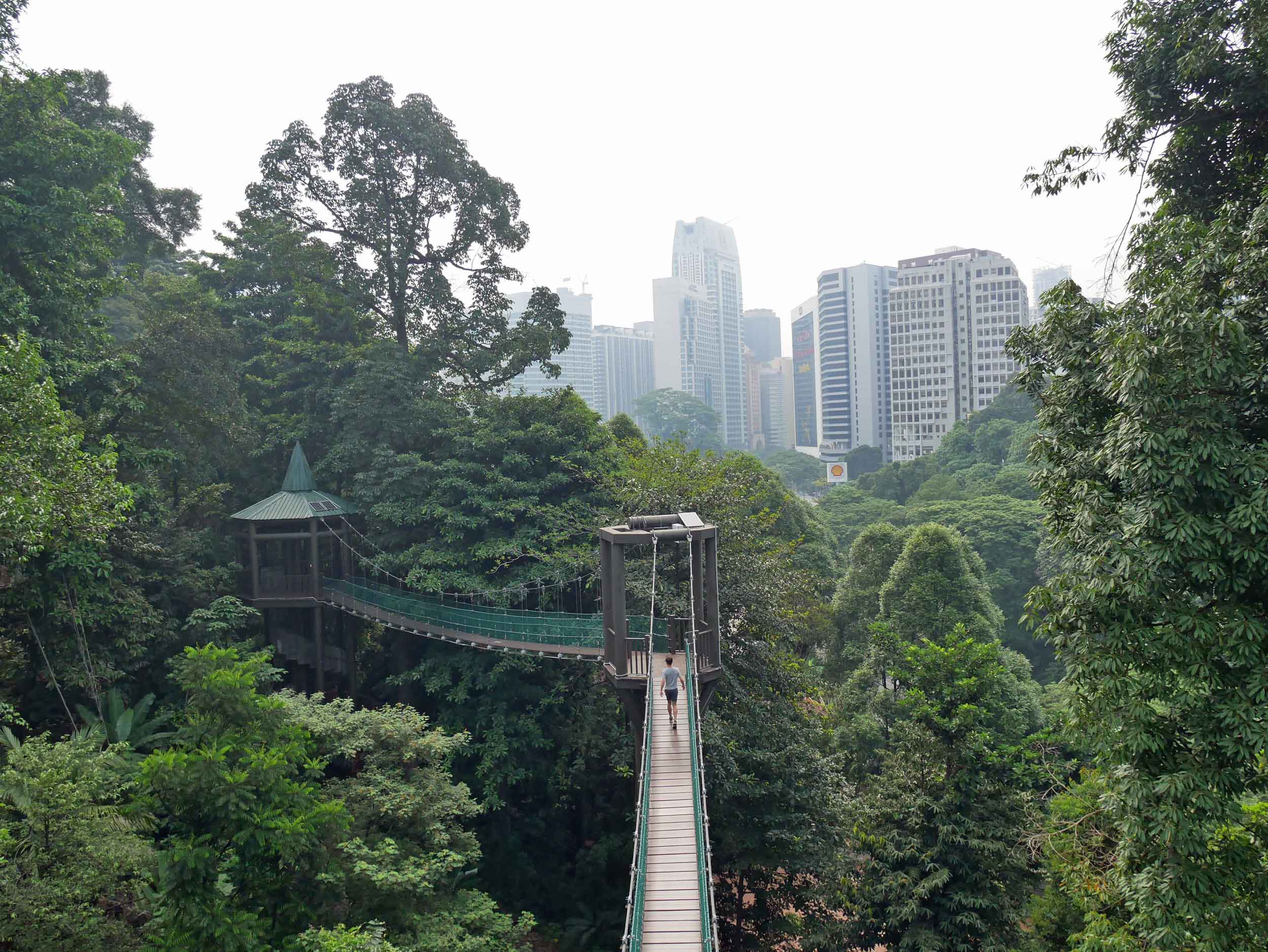
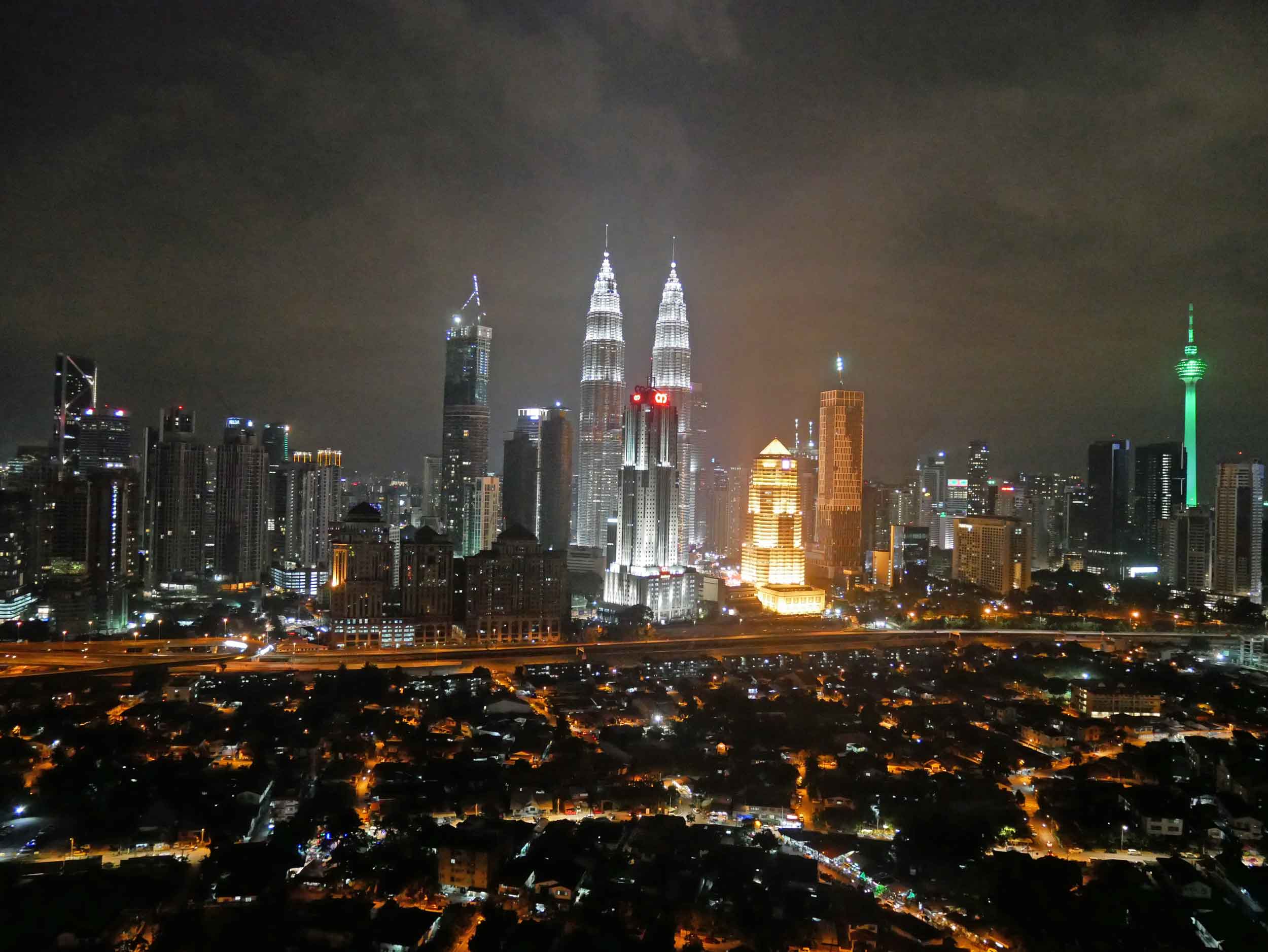
As we rounded out our tour through Malaysia, we were welcomed once again by my former colleague Chris, who we were fortunate to have seen a few weeks earlier in Singapore, as well as another former colleague, Cindy, who I’d previously only known via email and conference call. We had a fun Friday night together taking selfies in front of the Petronas Towers and eating chili crab and chicken chop, and then we found ourselves back at Chris’s lovely apartment for evening tea. From his building's sky-high roof deck, we were able to take in one last jaw-dropping panorama of KL, including front row seats to the magnificently lit Petronas Towers and Menara Tower.
Our journey through Malaysia took us from beaches to jungles, bustling cities to idyllic paradises, and now allows us to enthusiastically confirm that this diverse country, which neither of us knew very well at all, truly lives up to its lofty promise to show visitors the very best of Asia.
